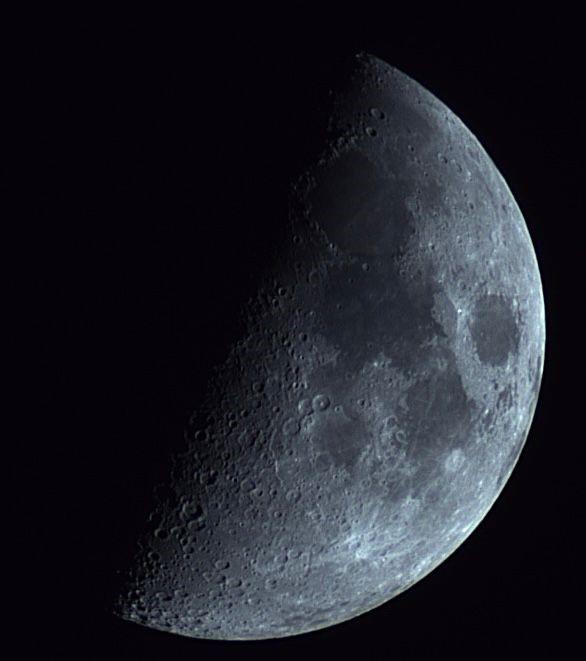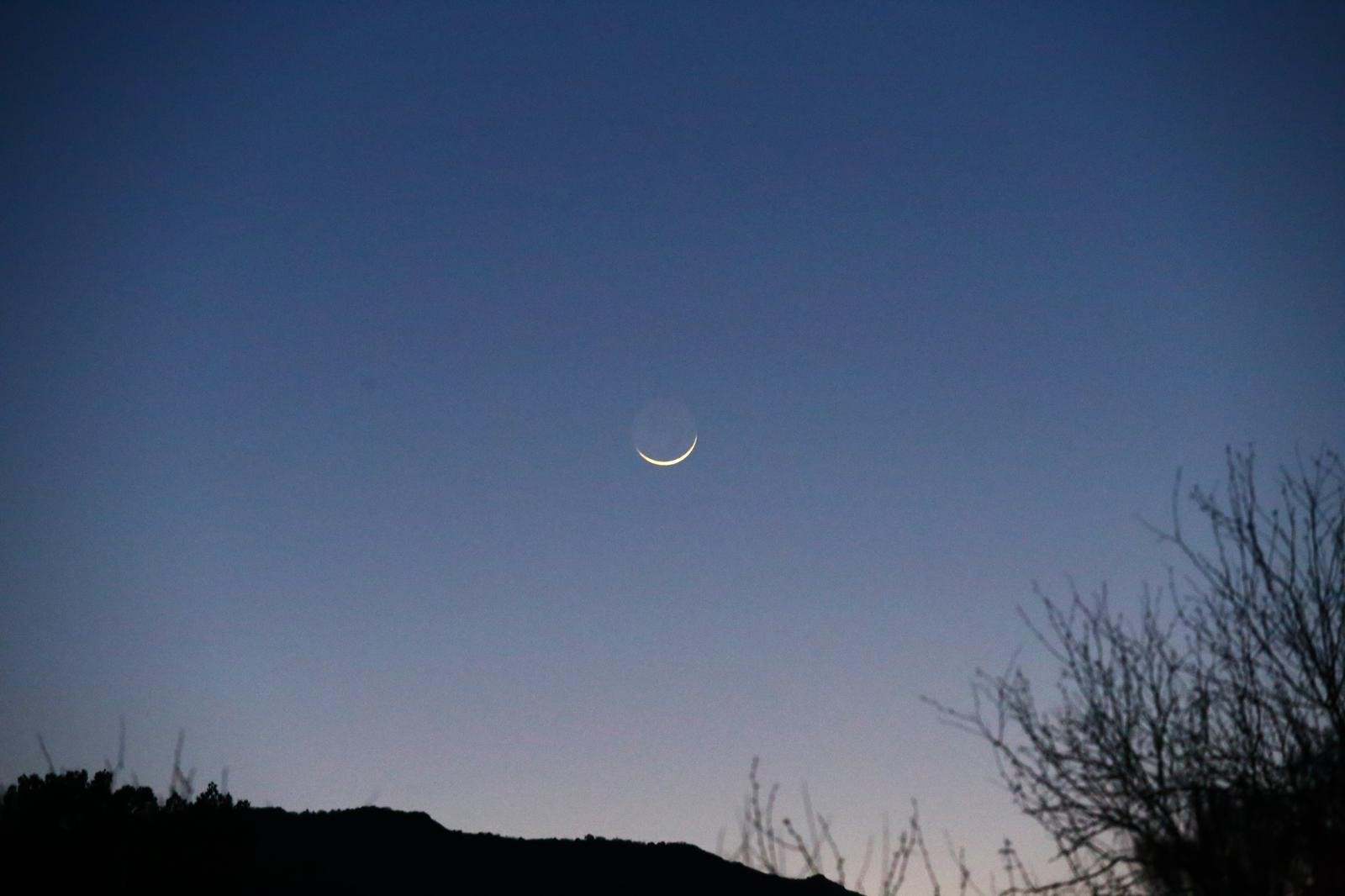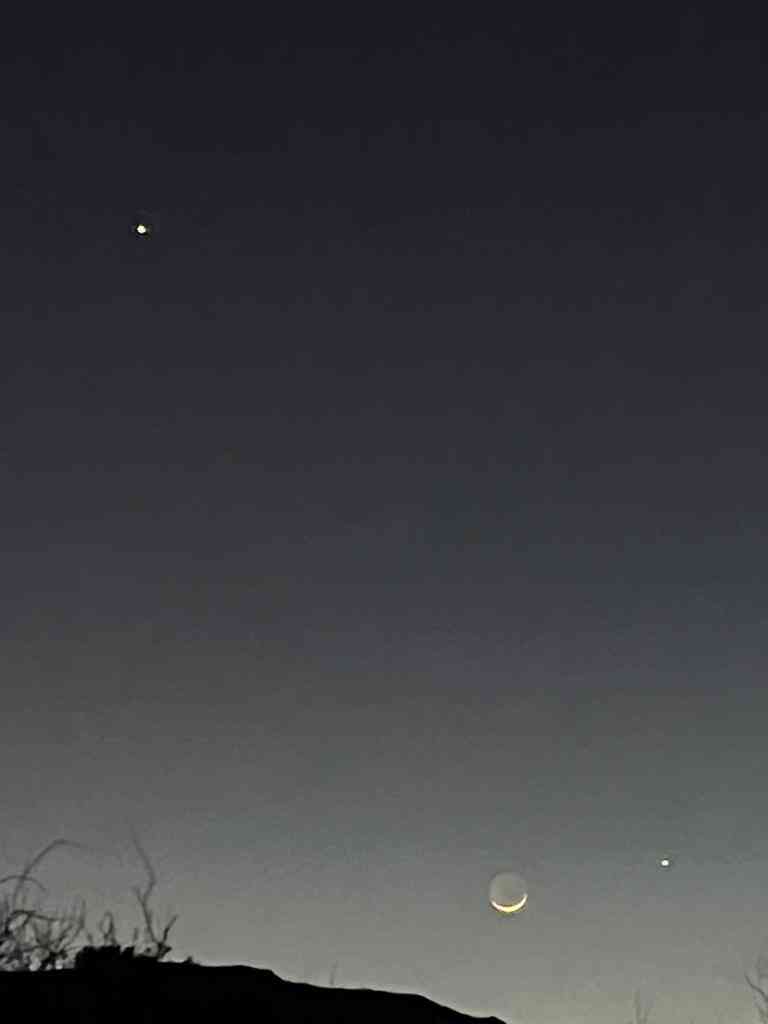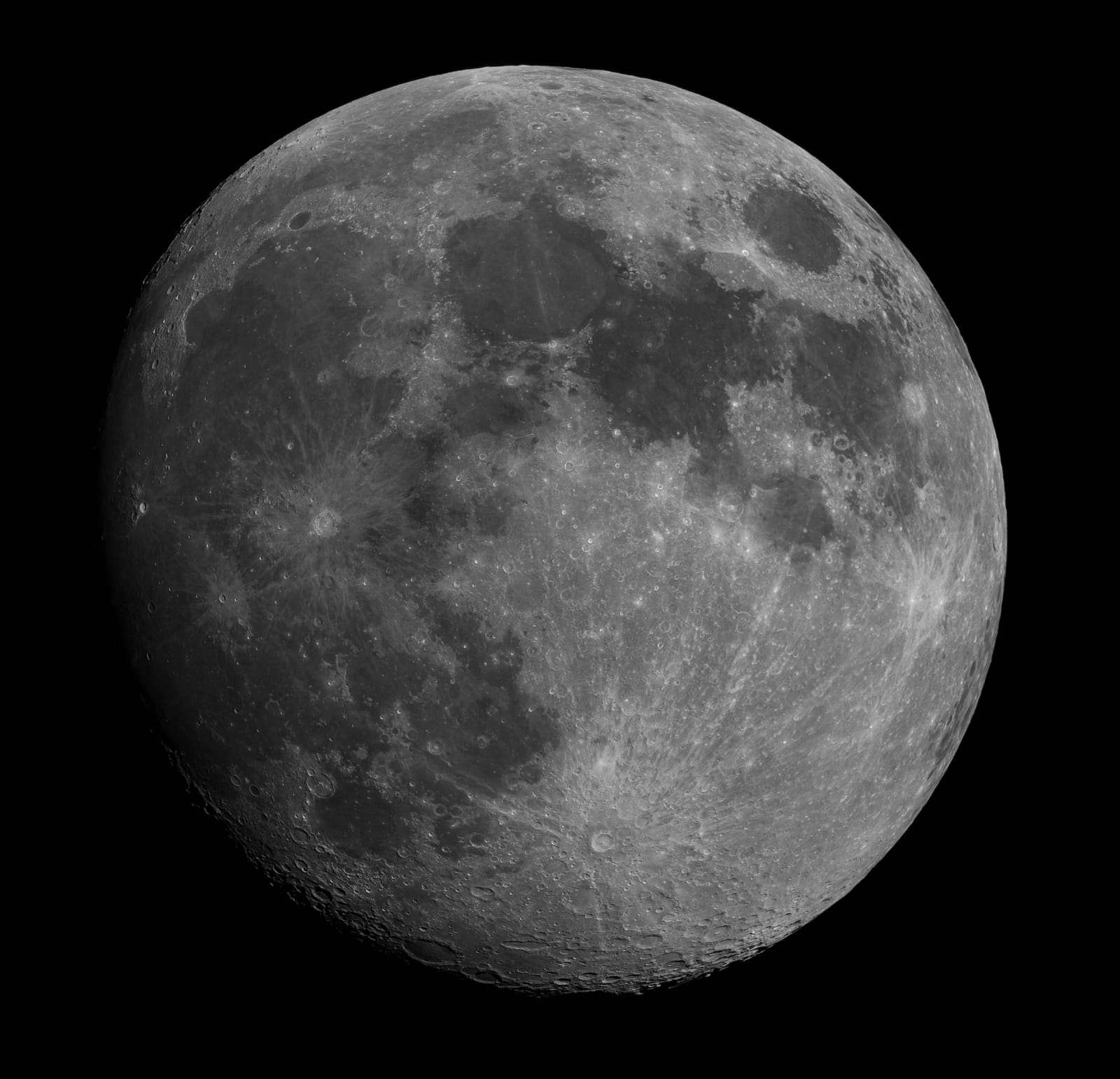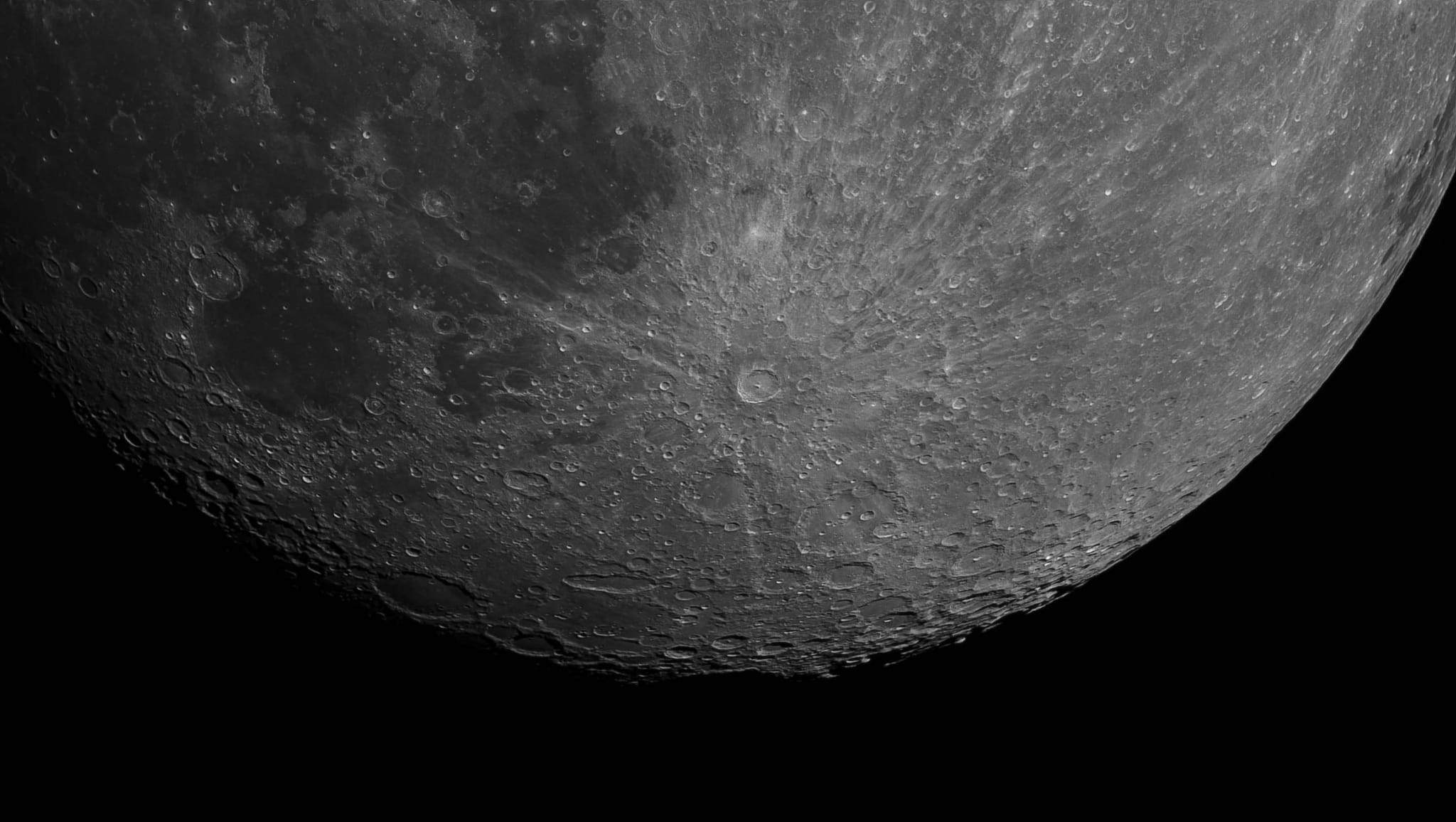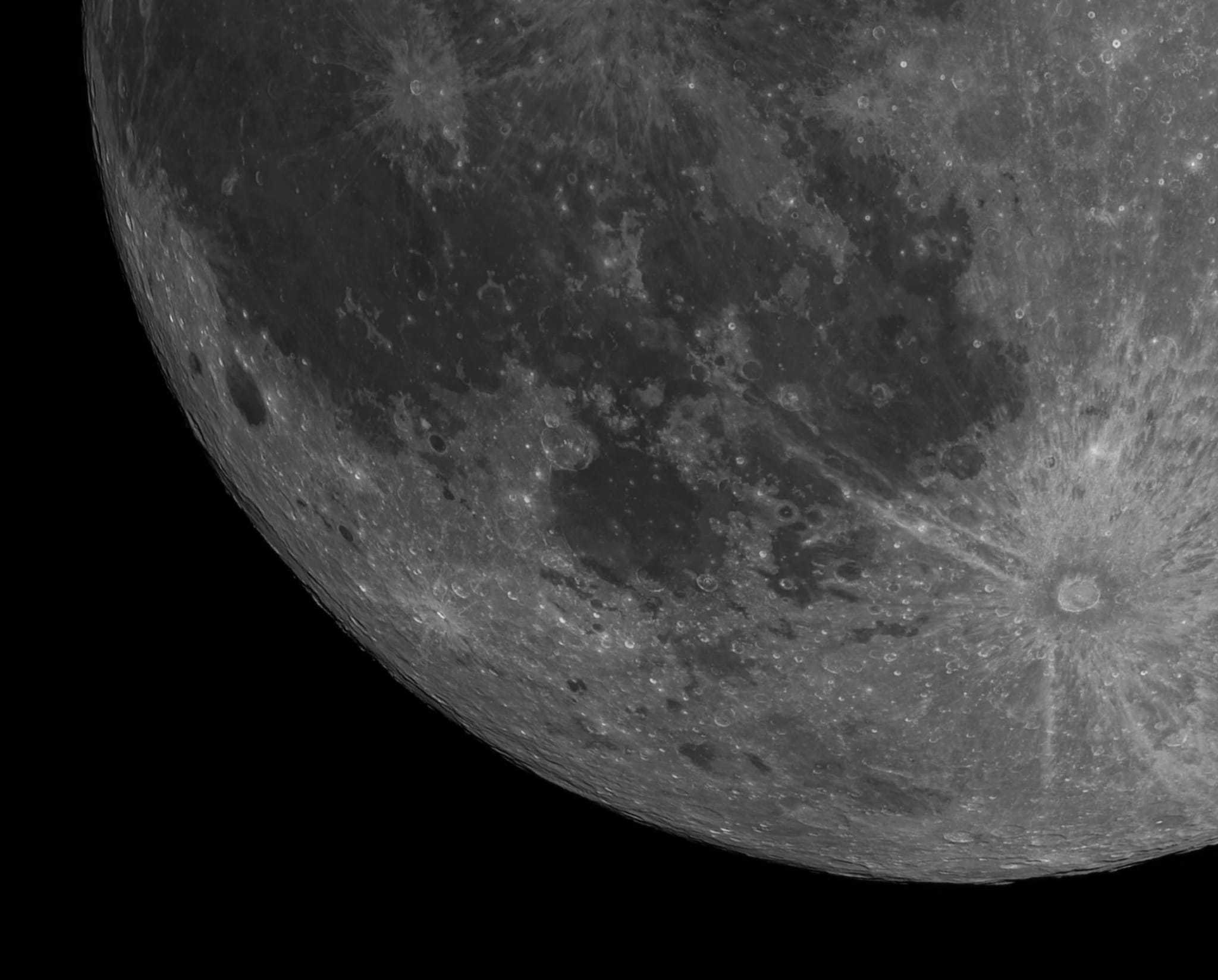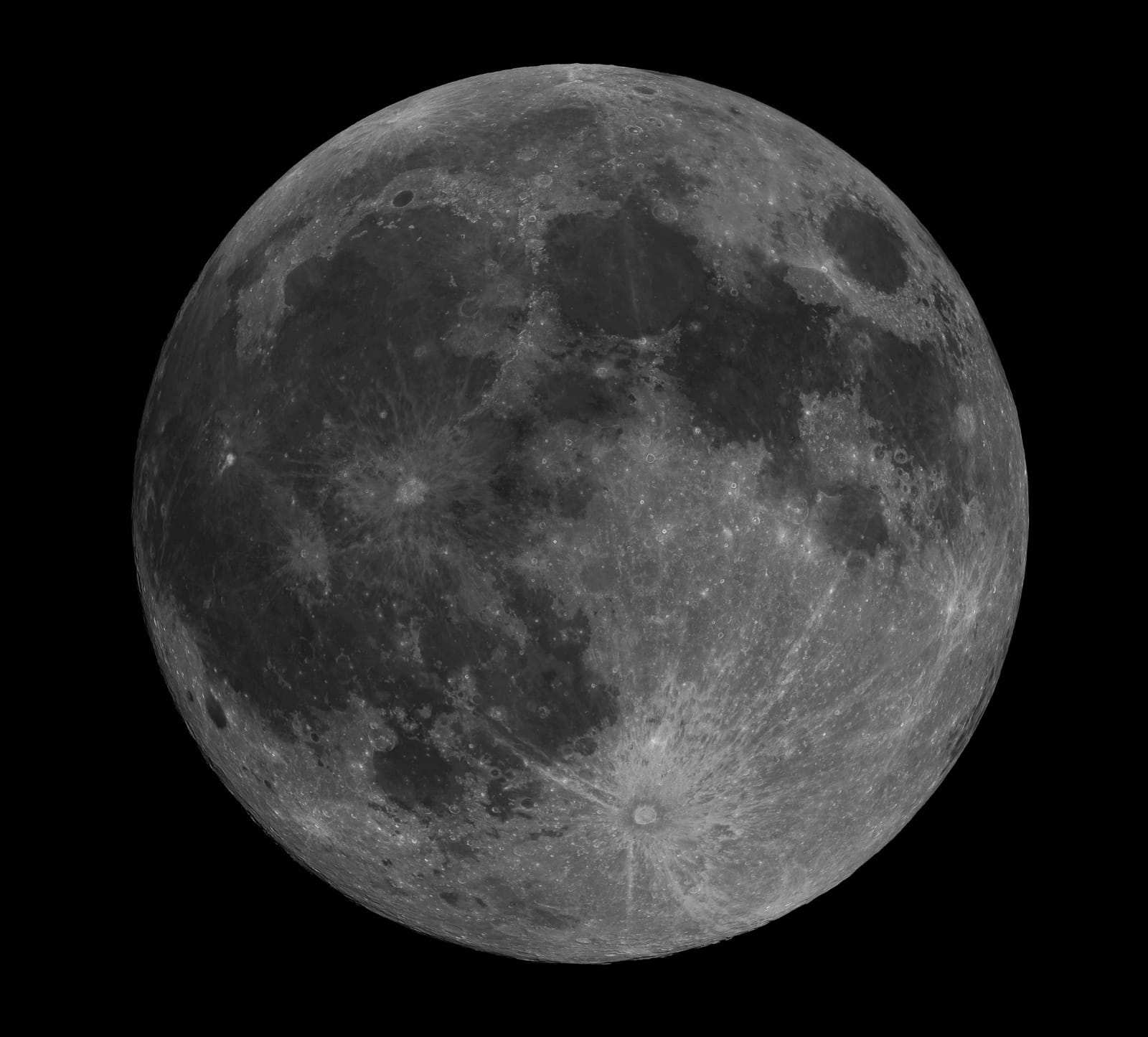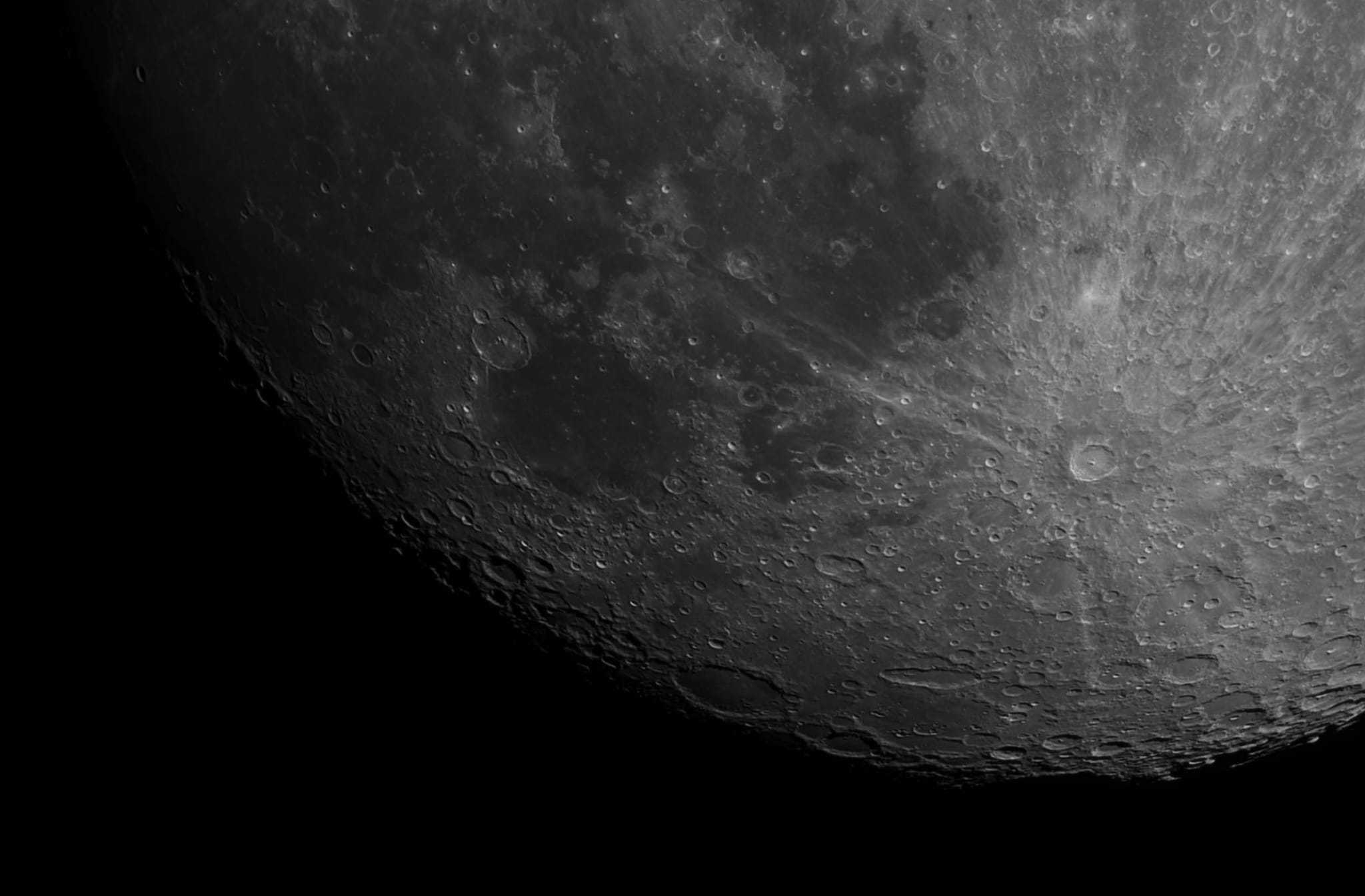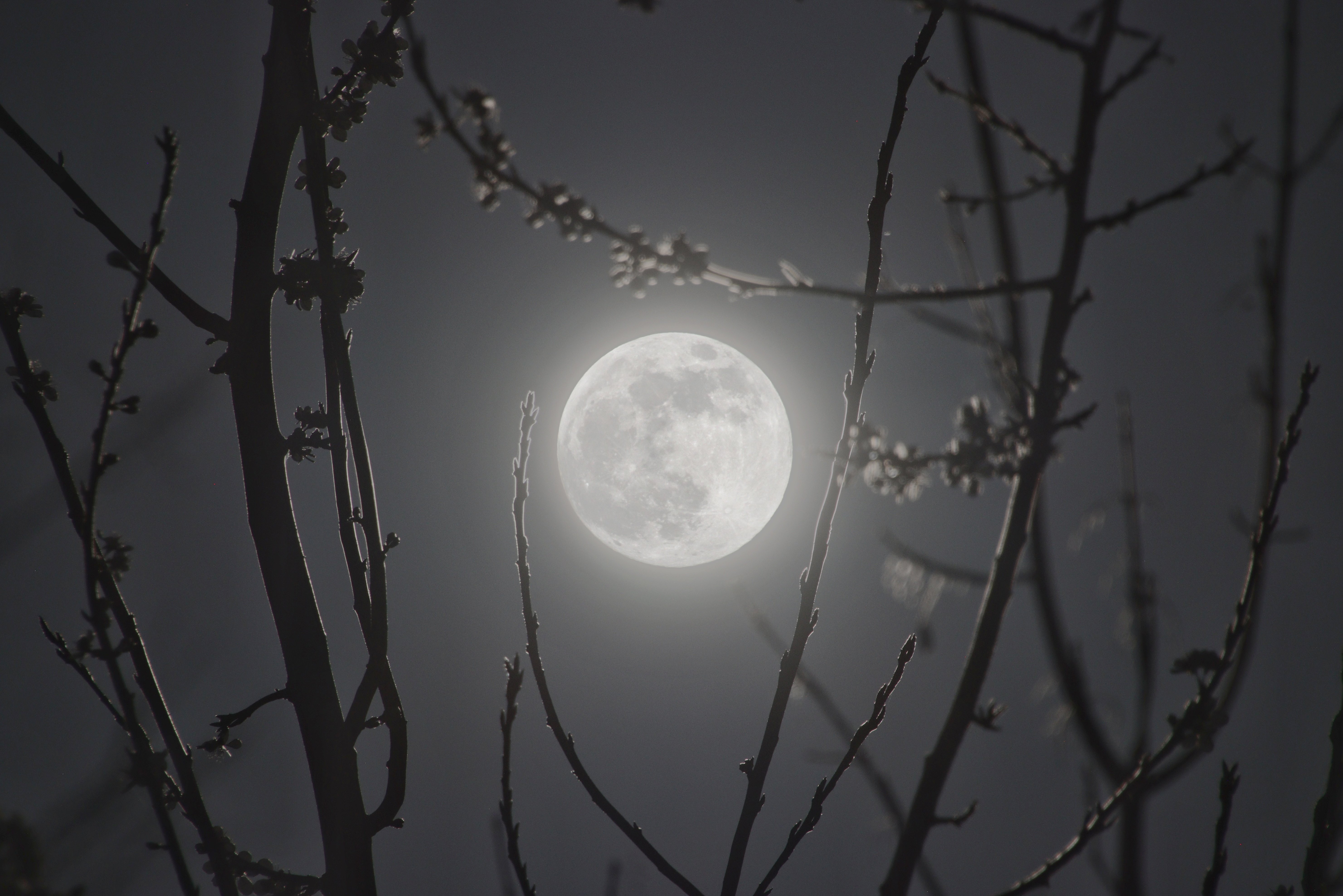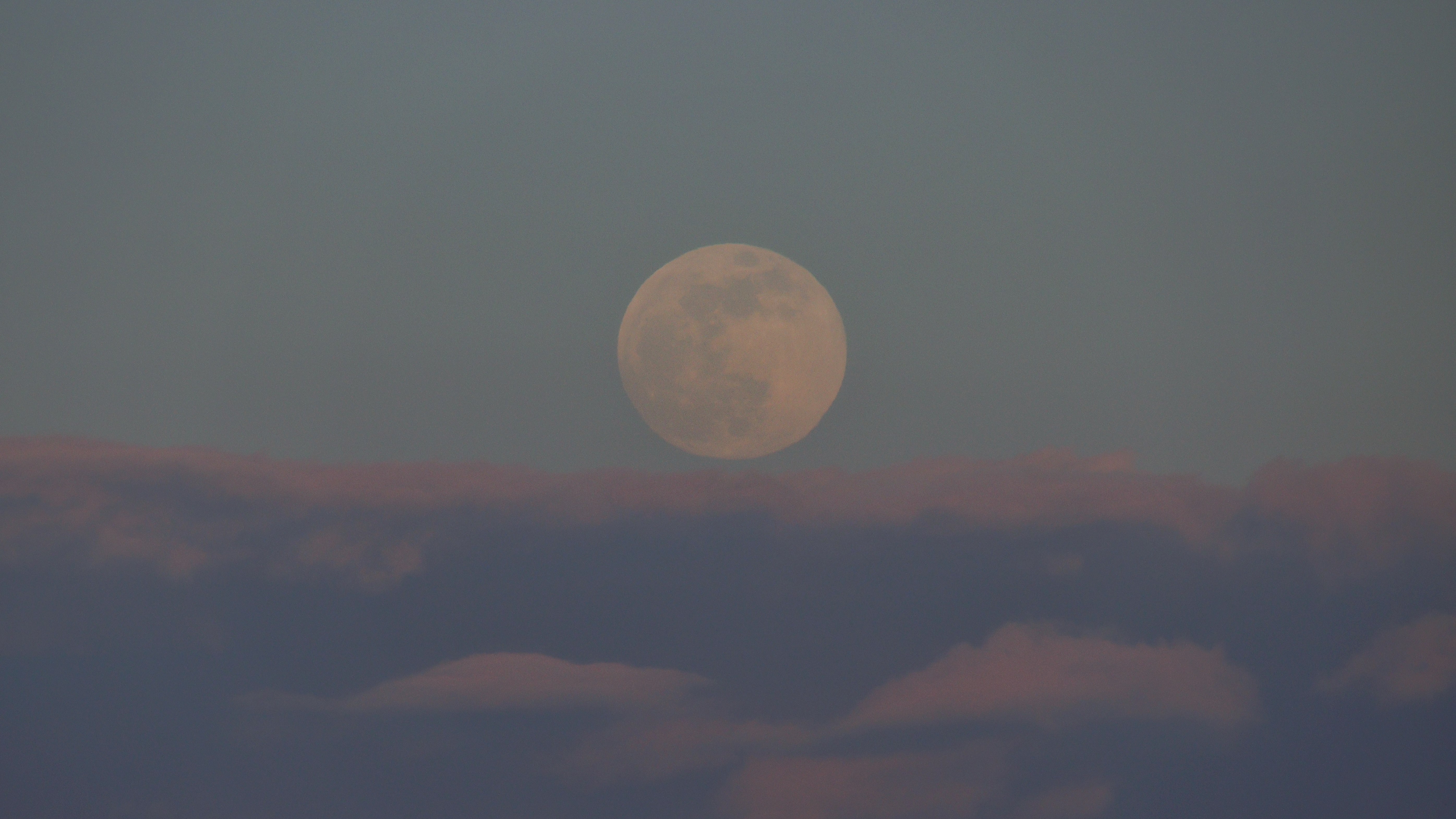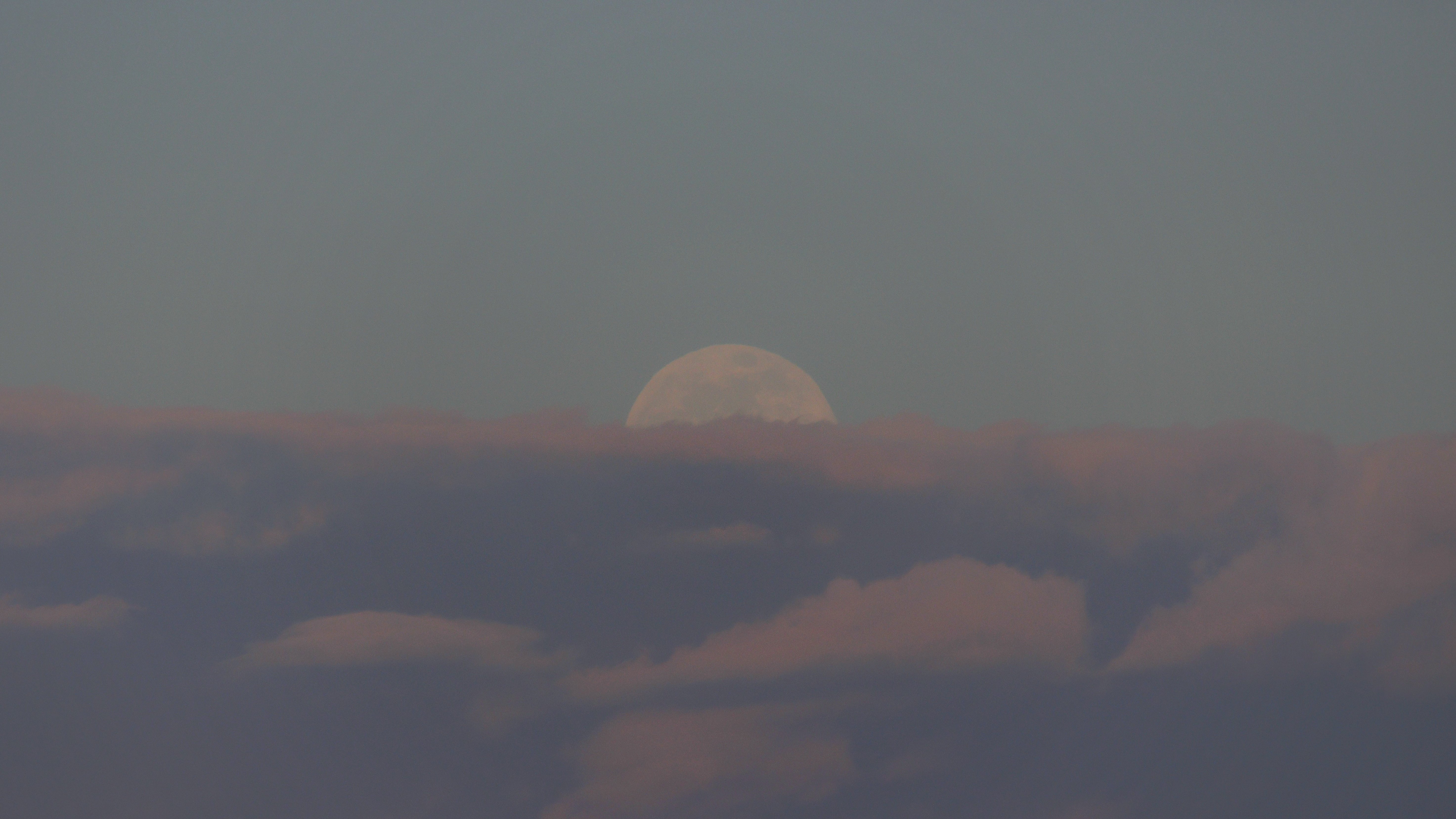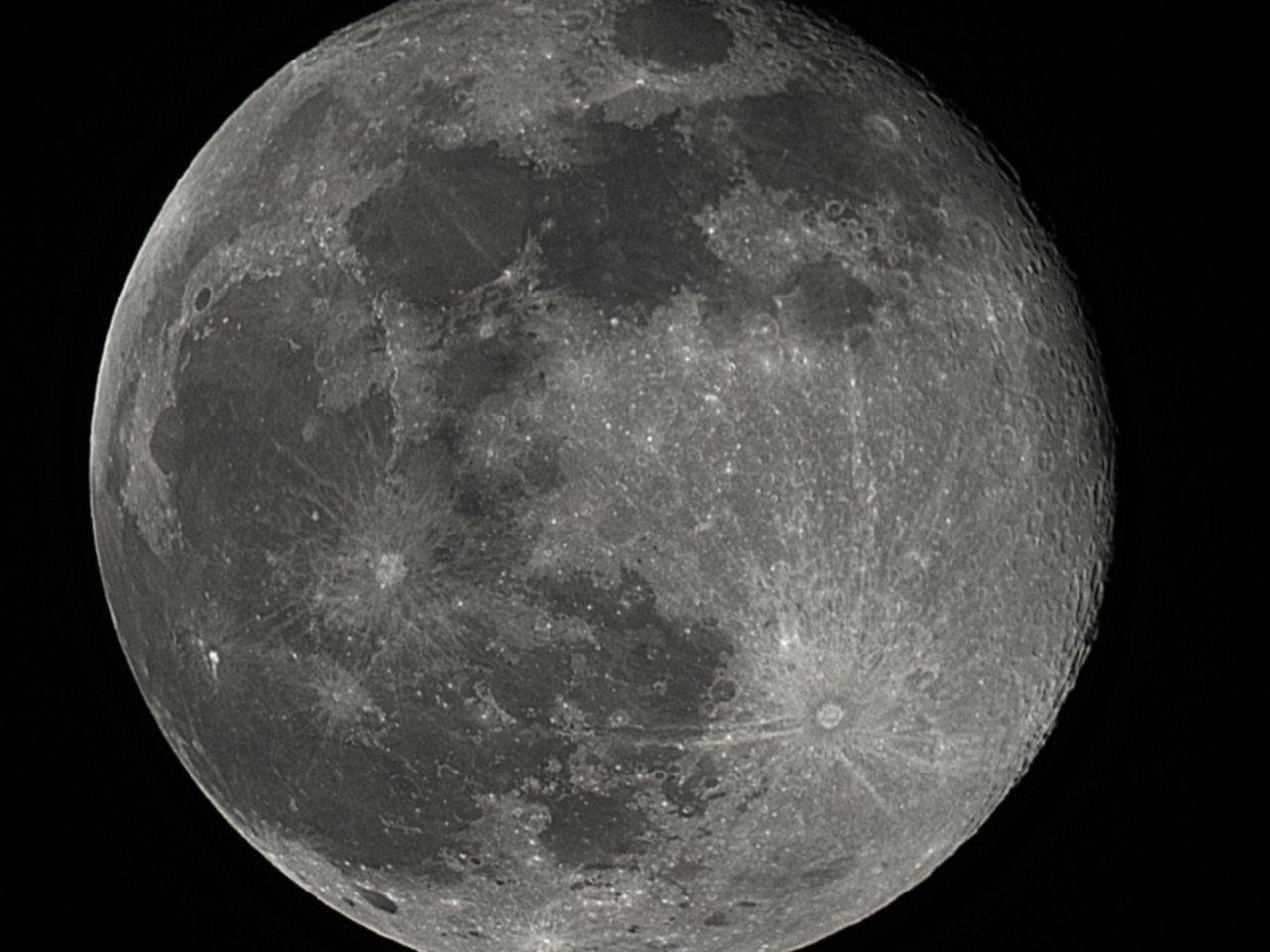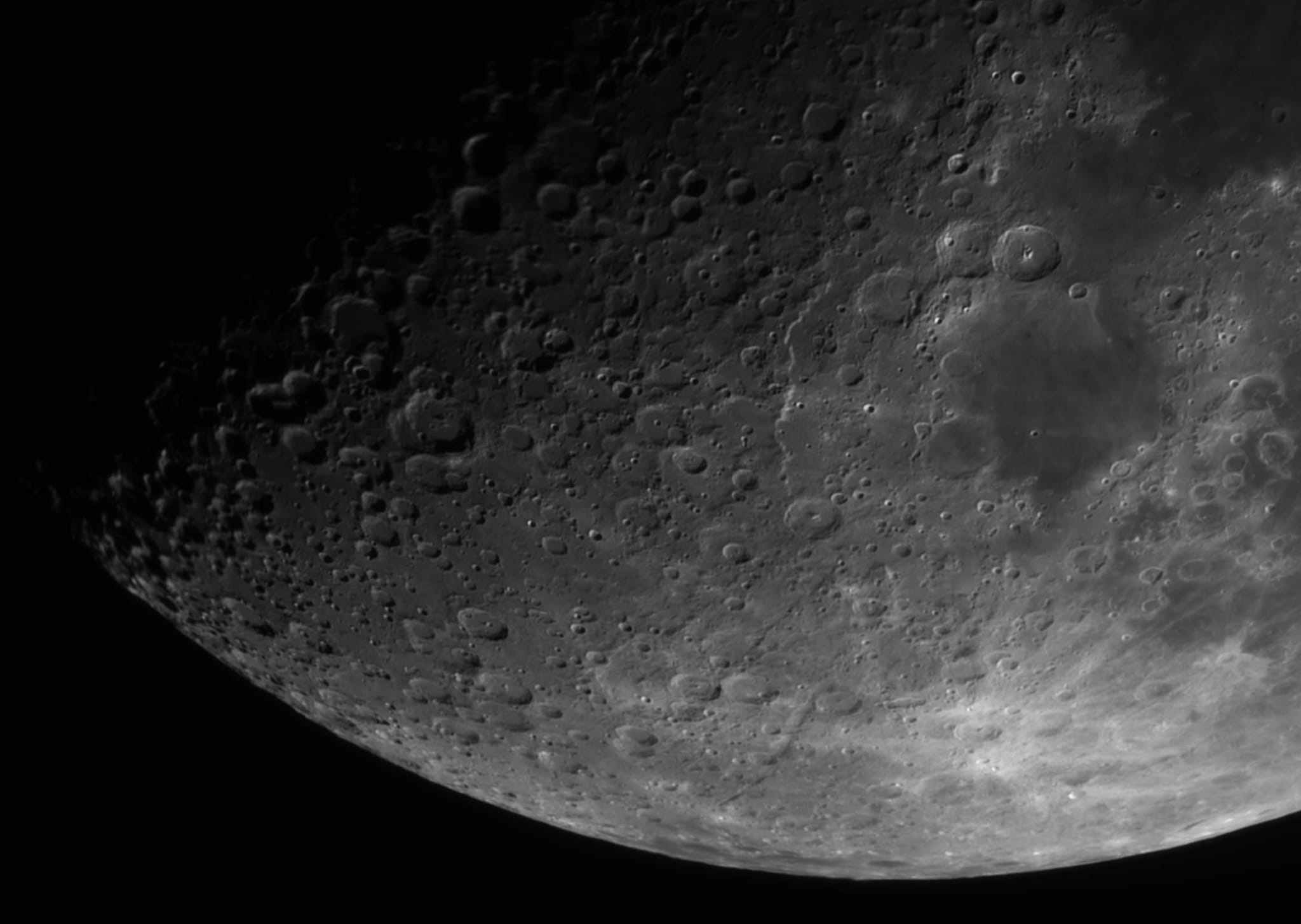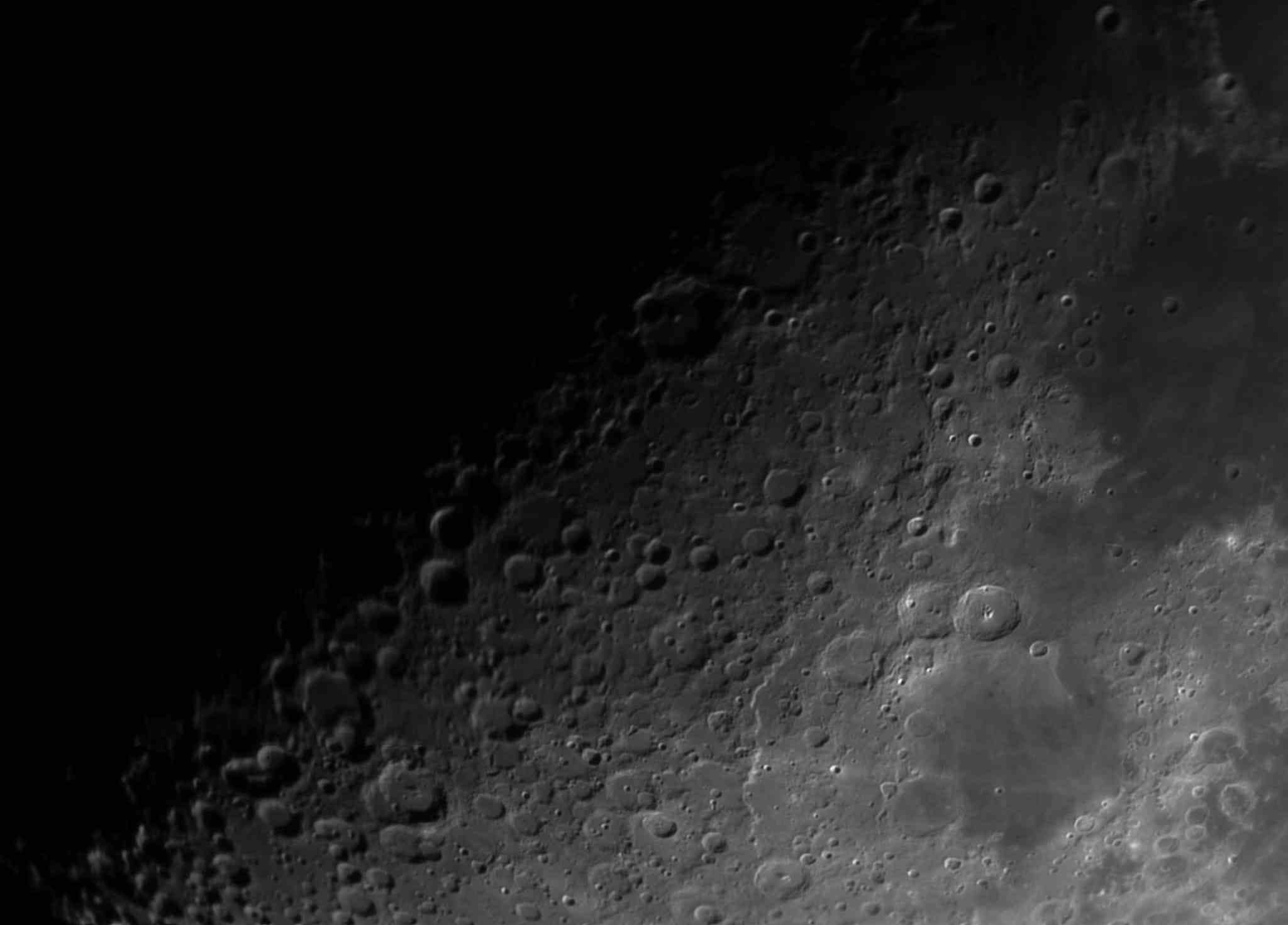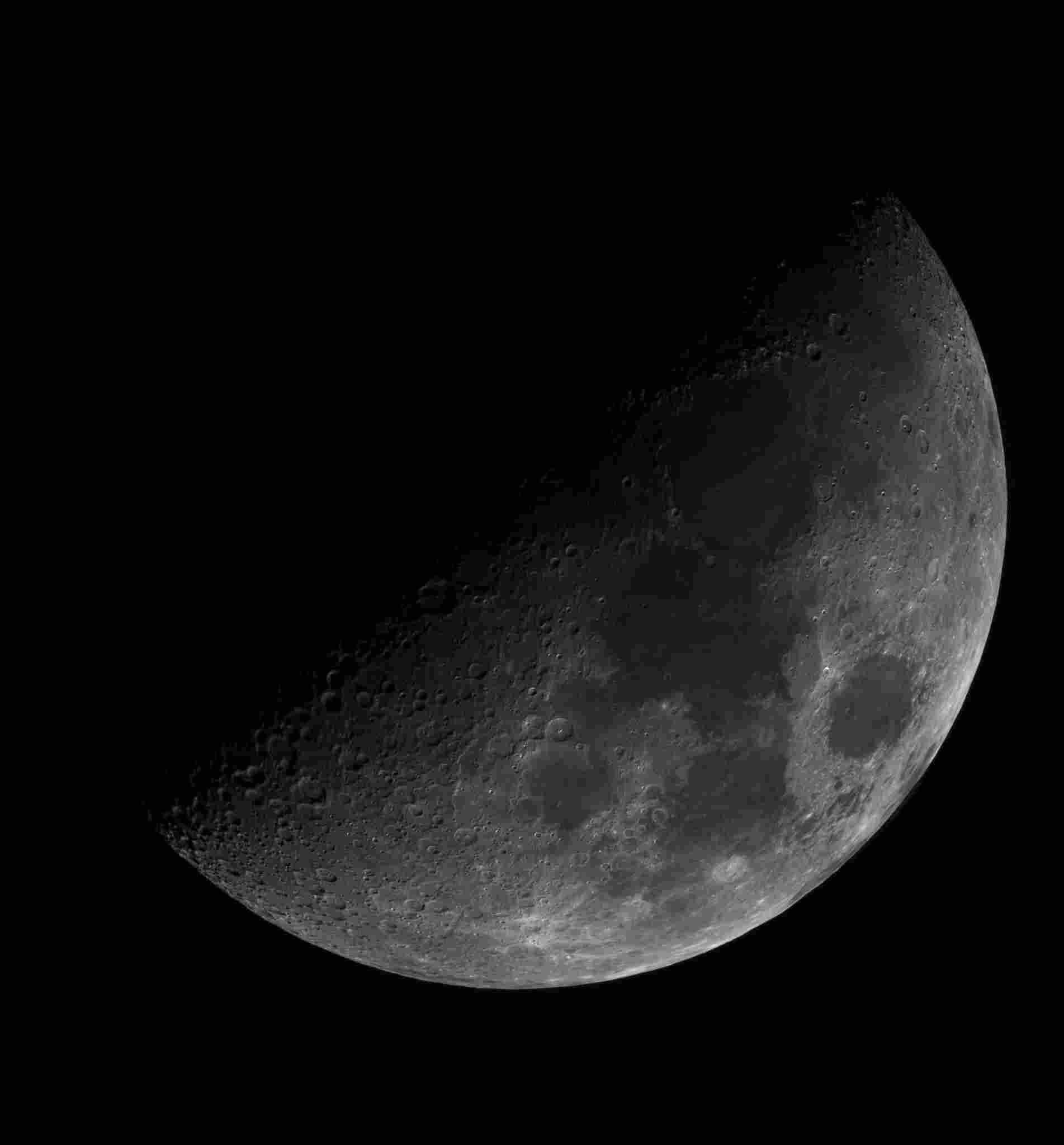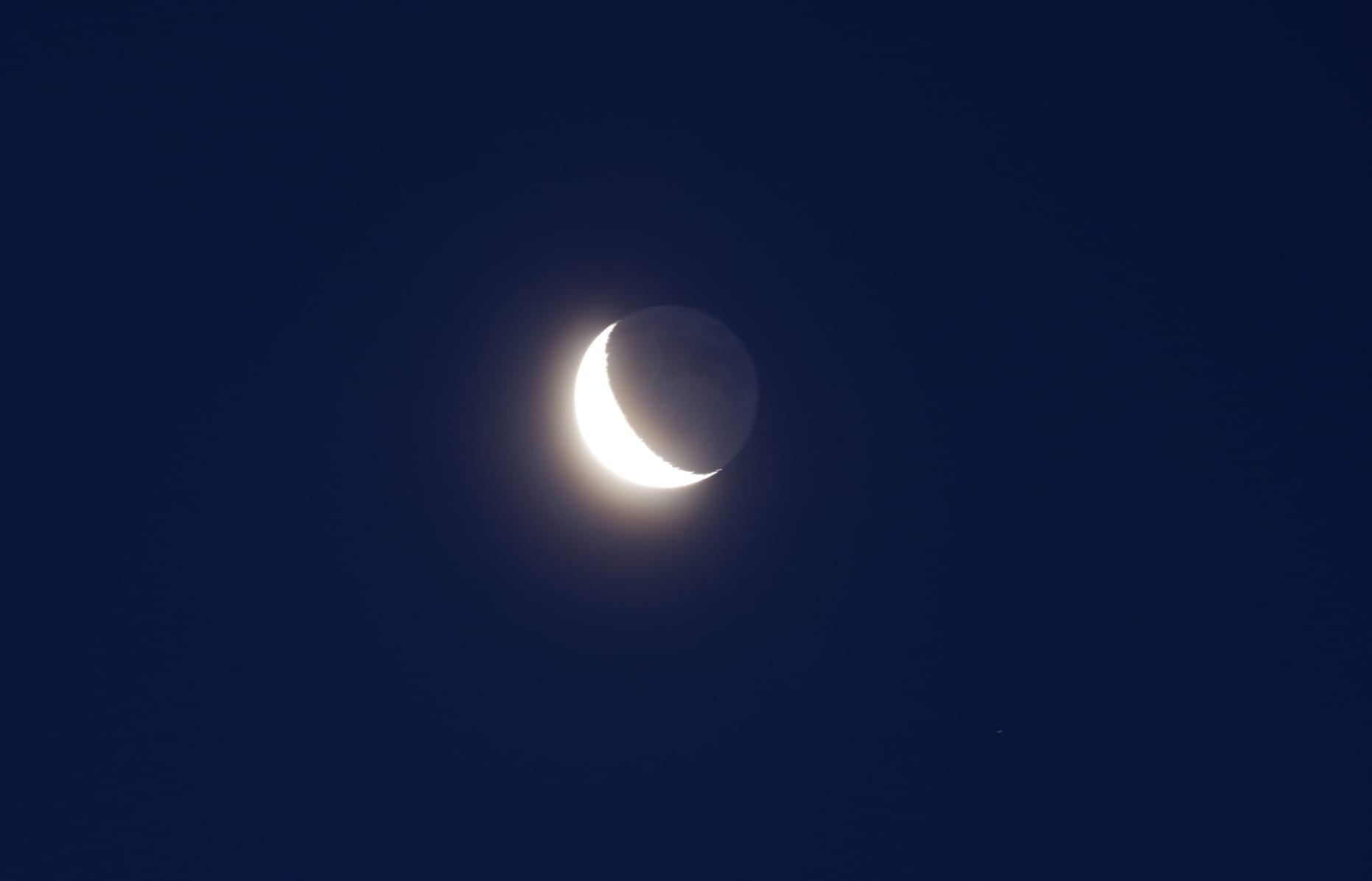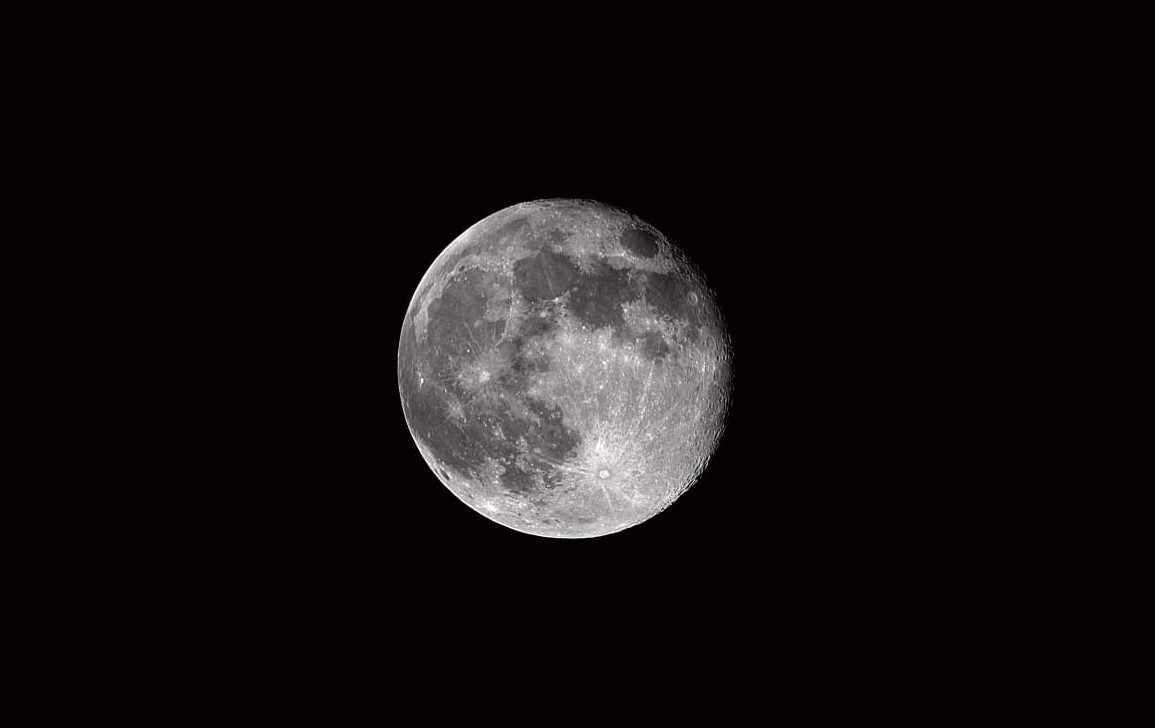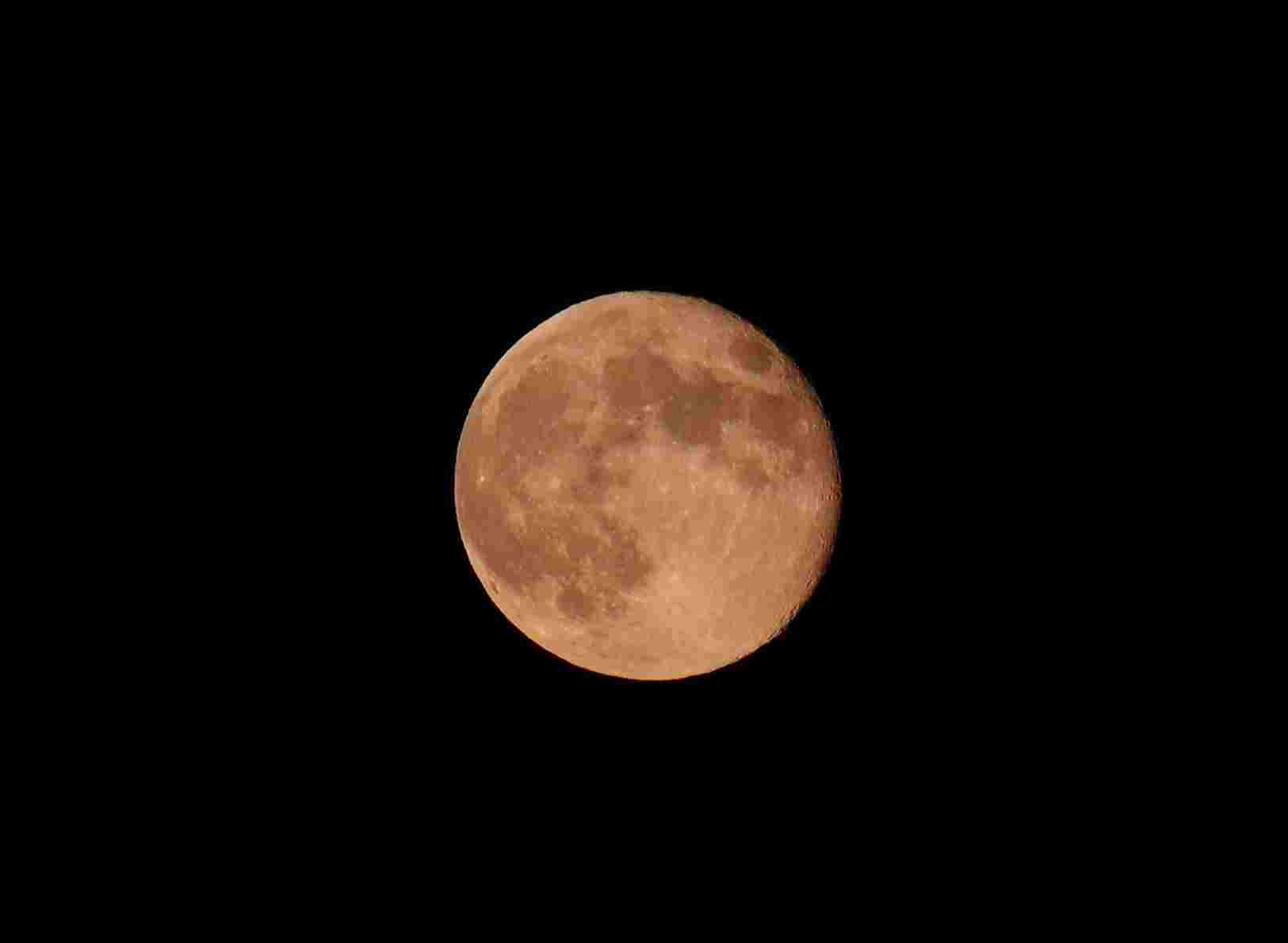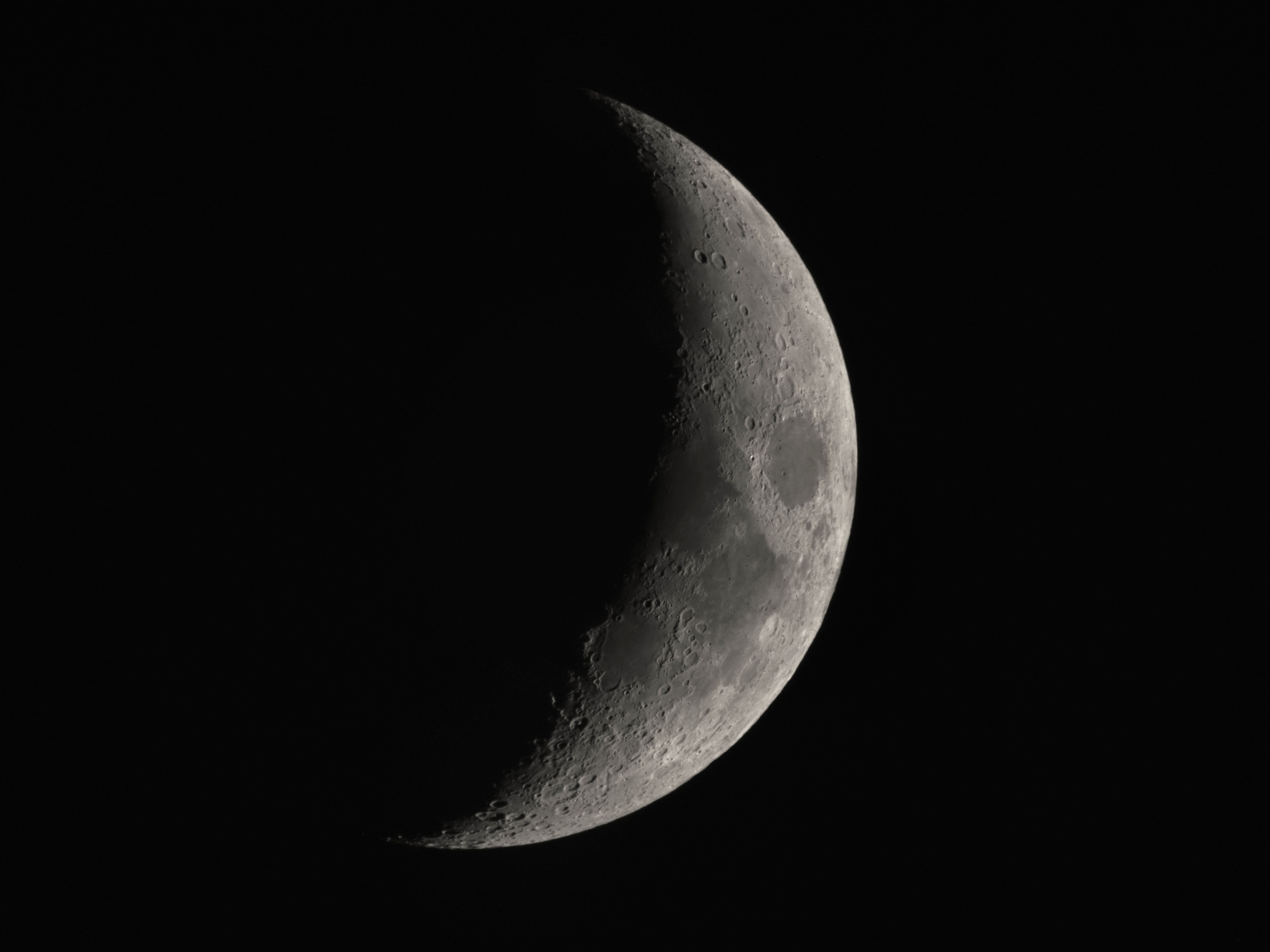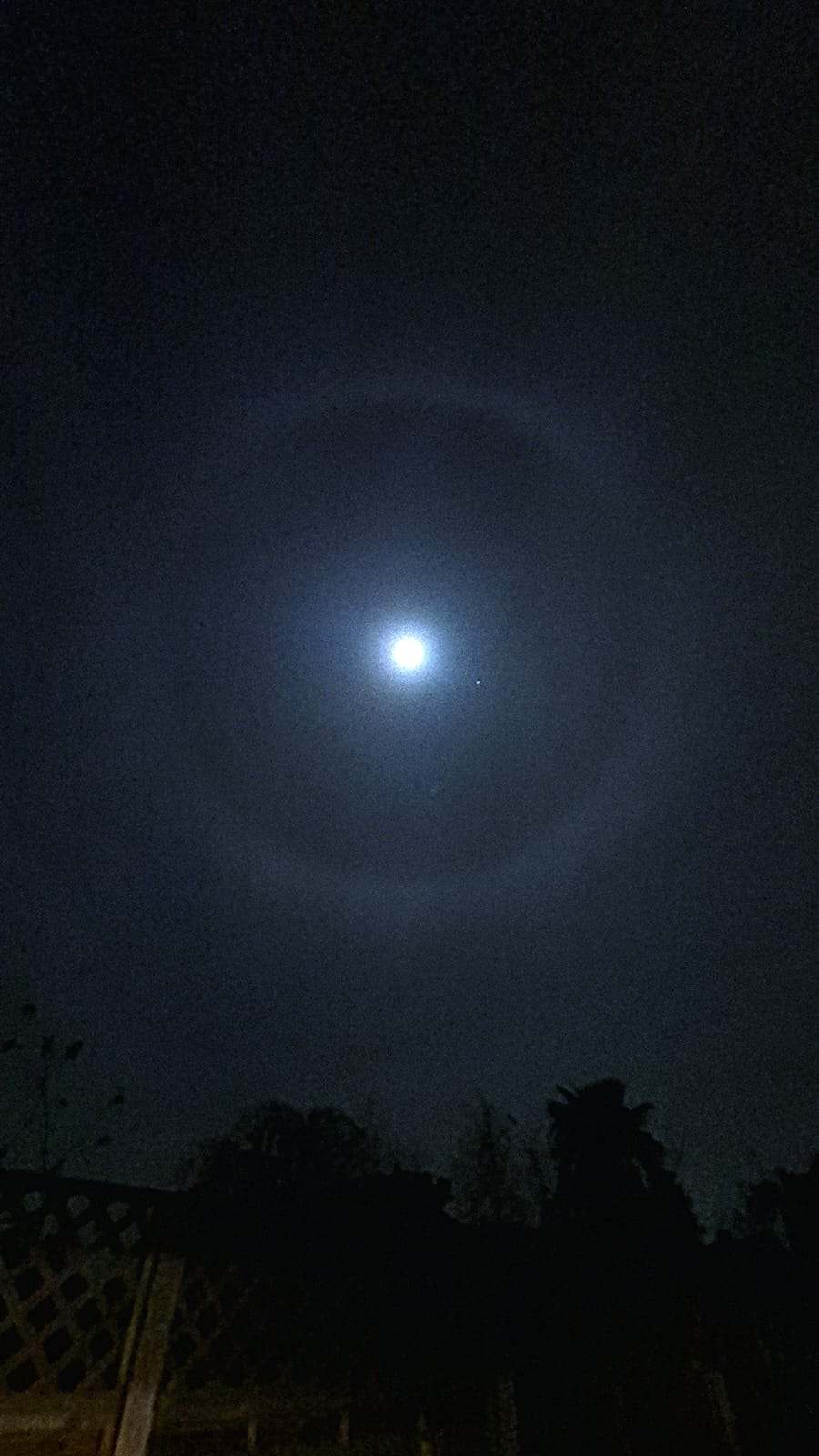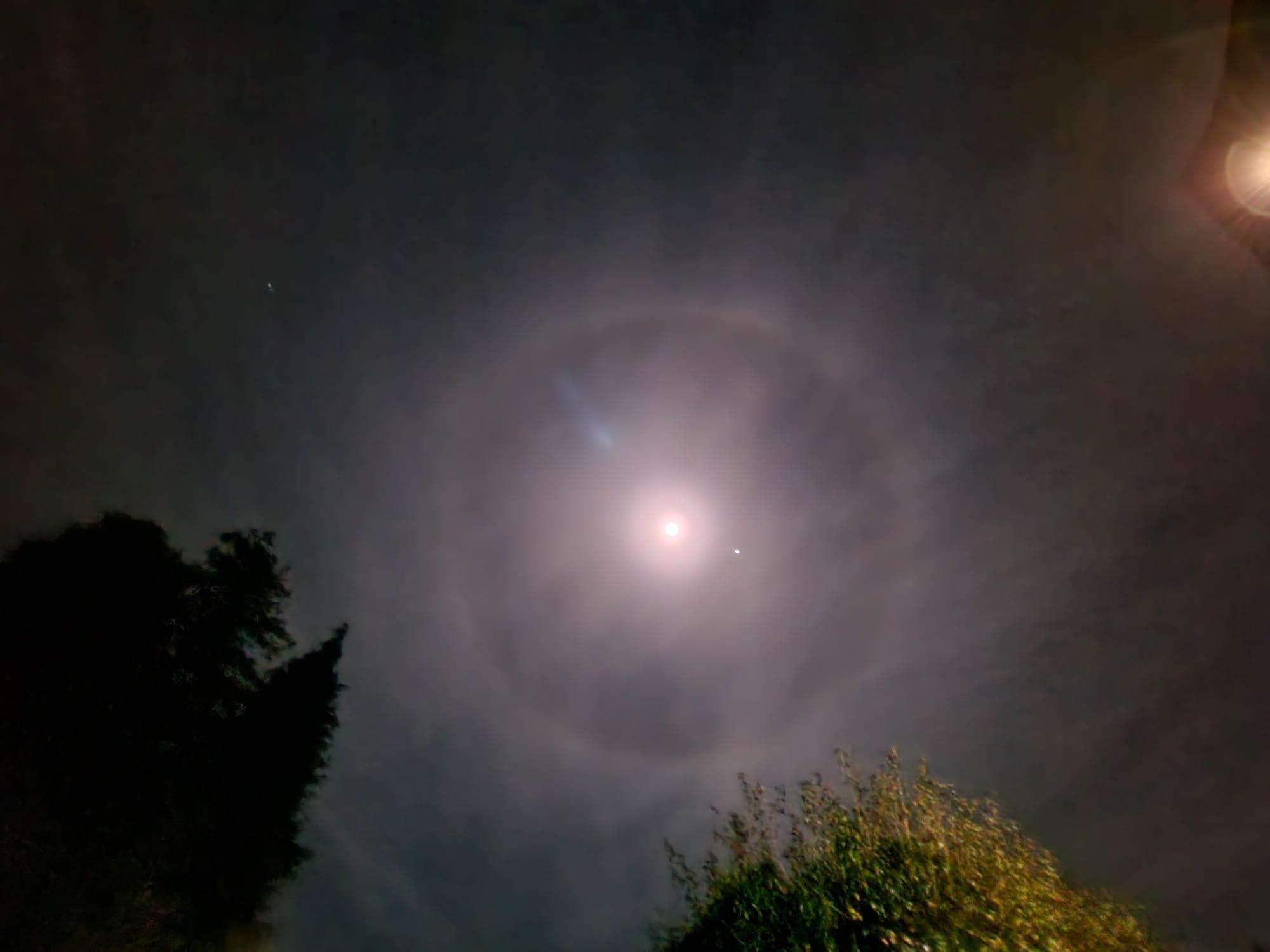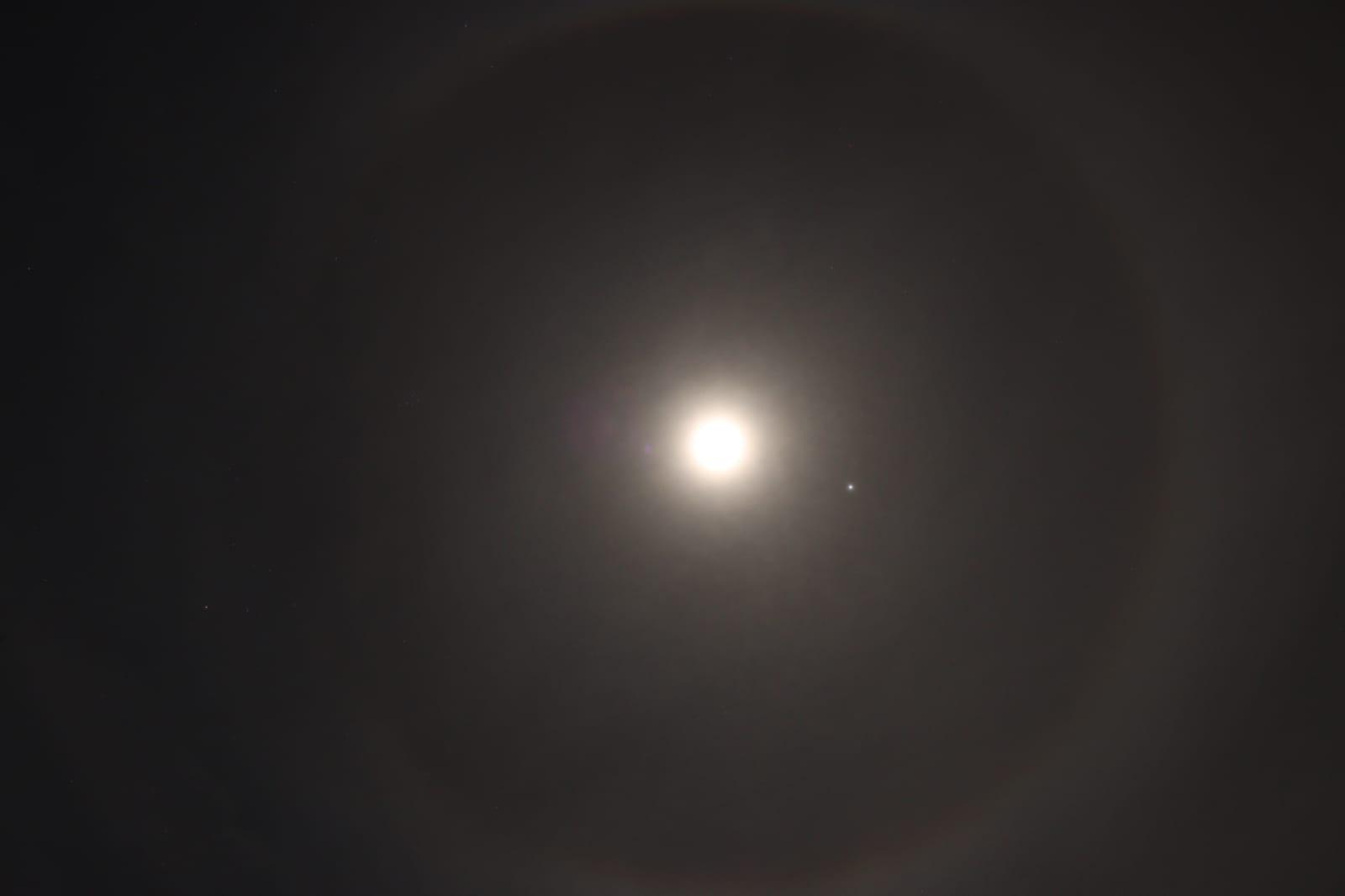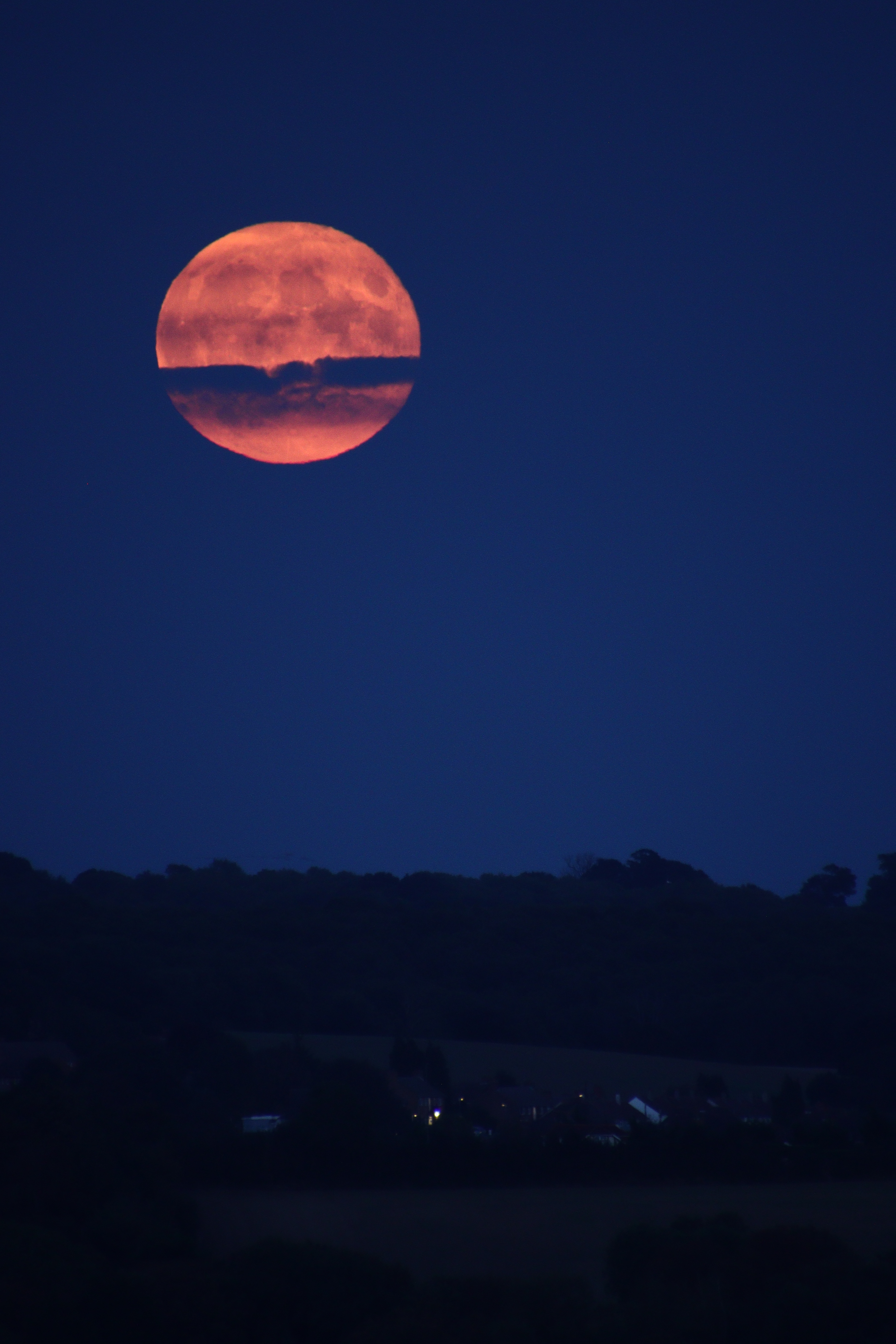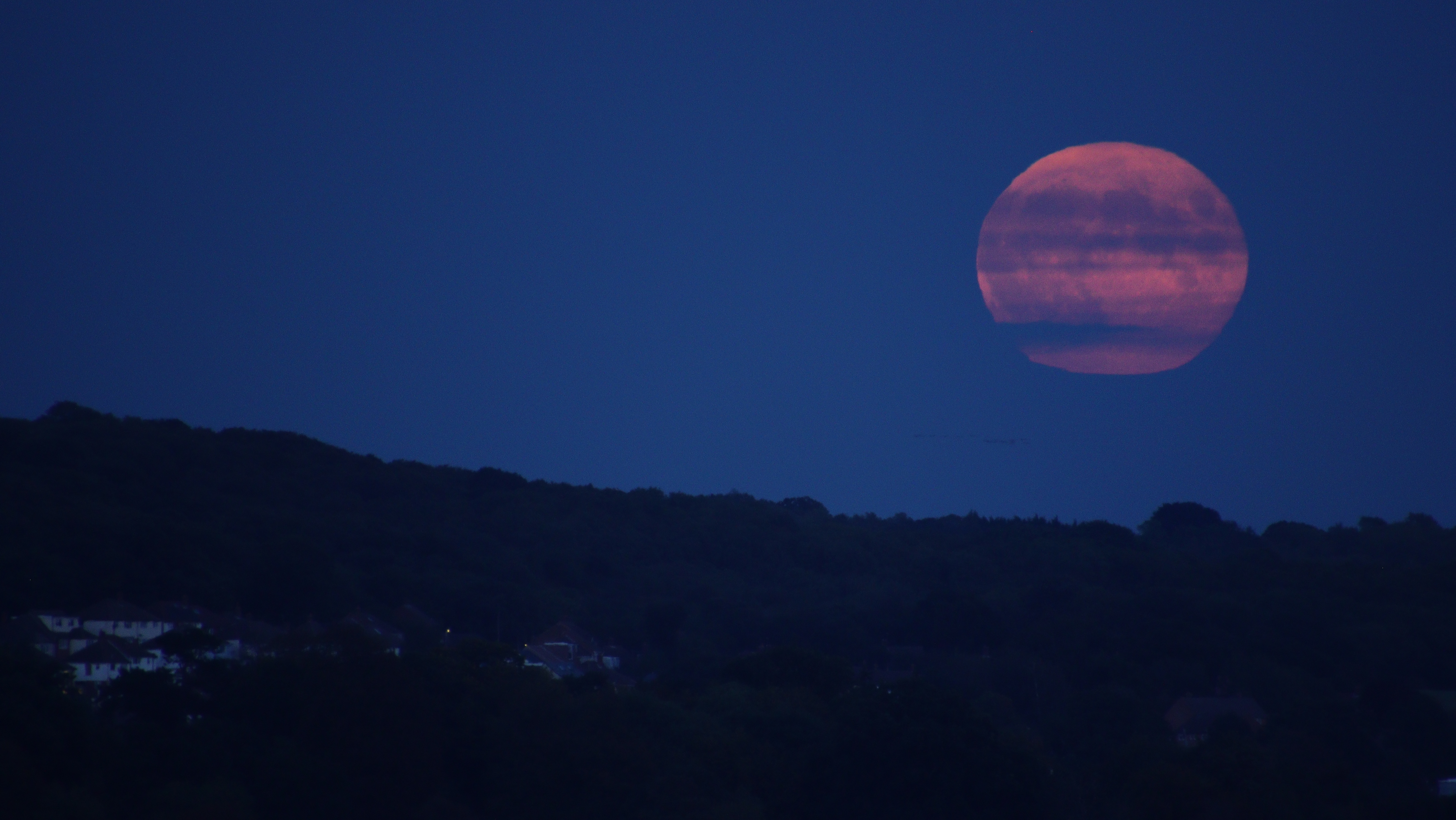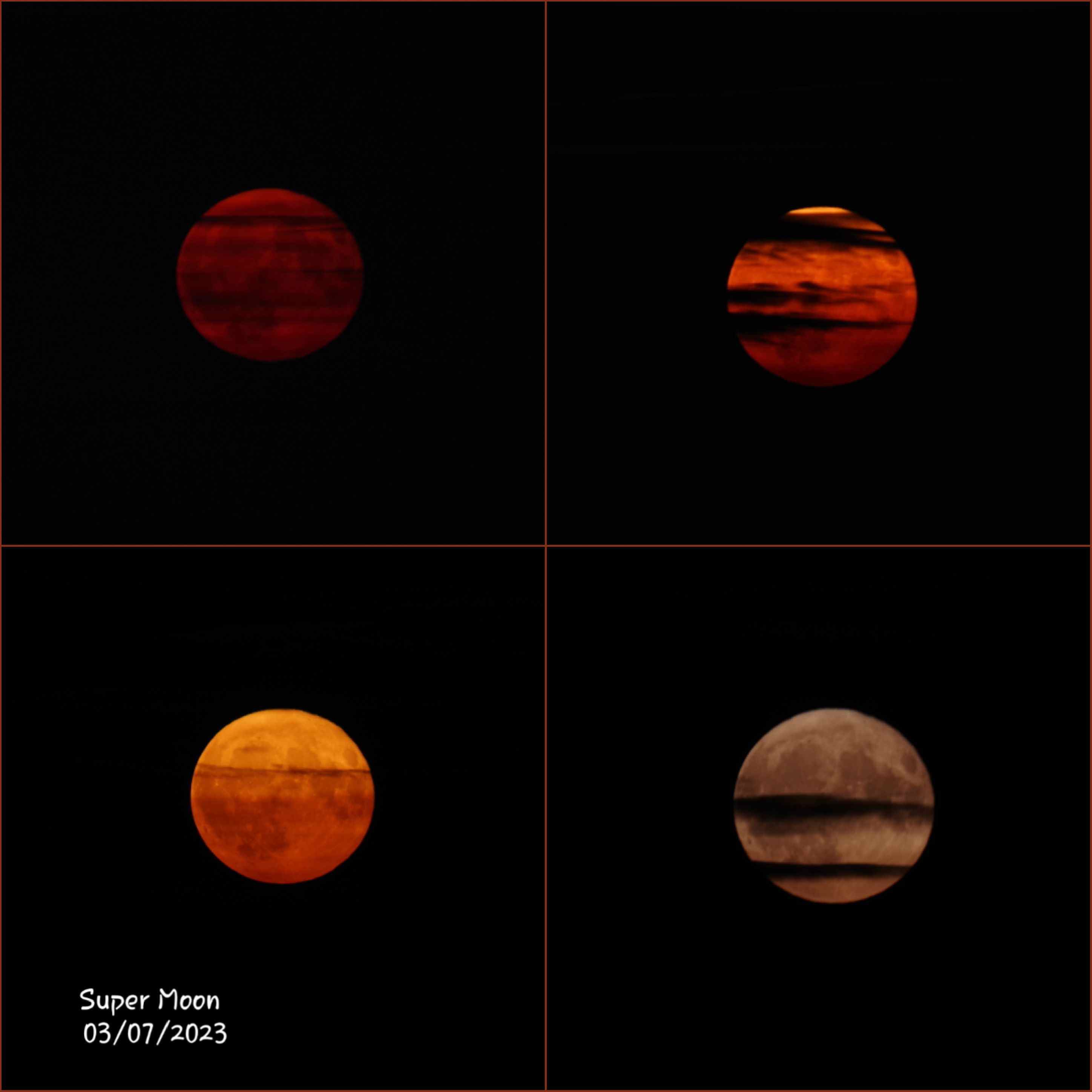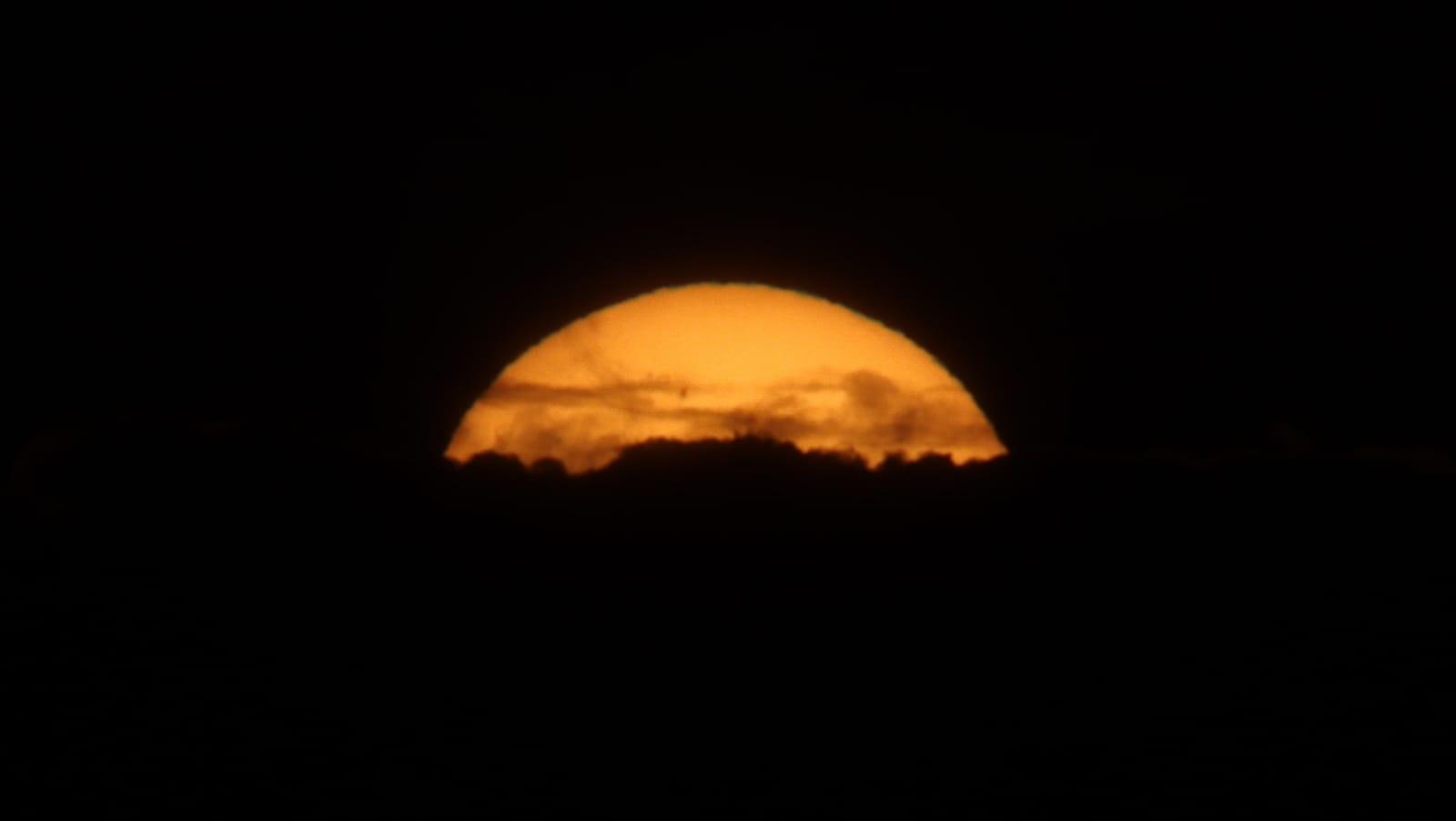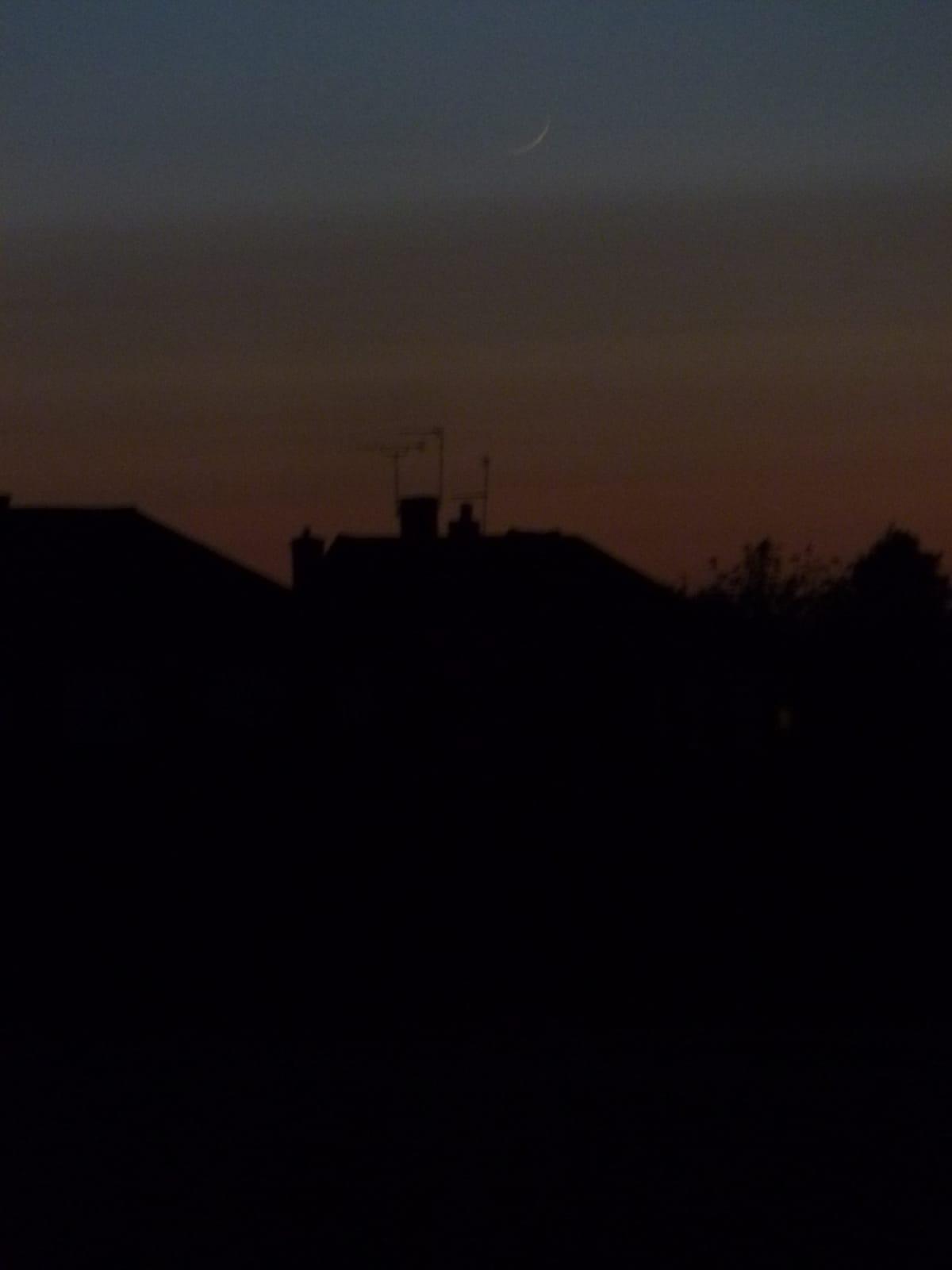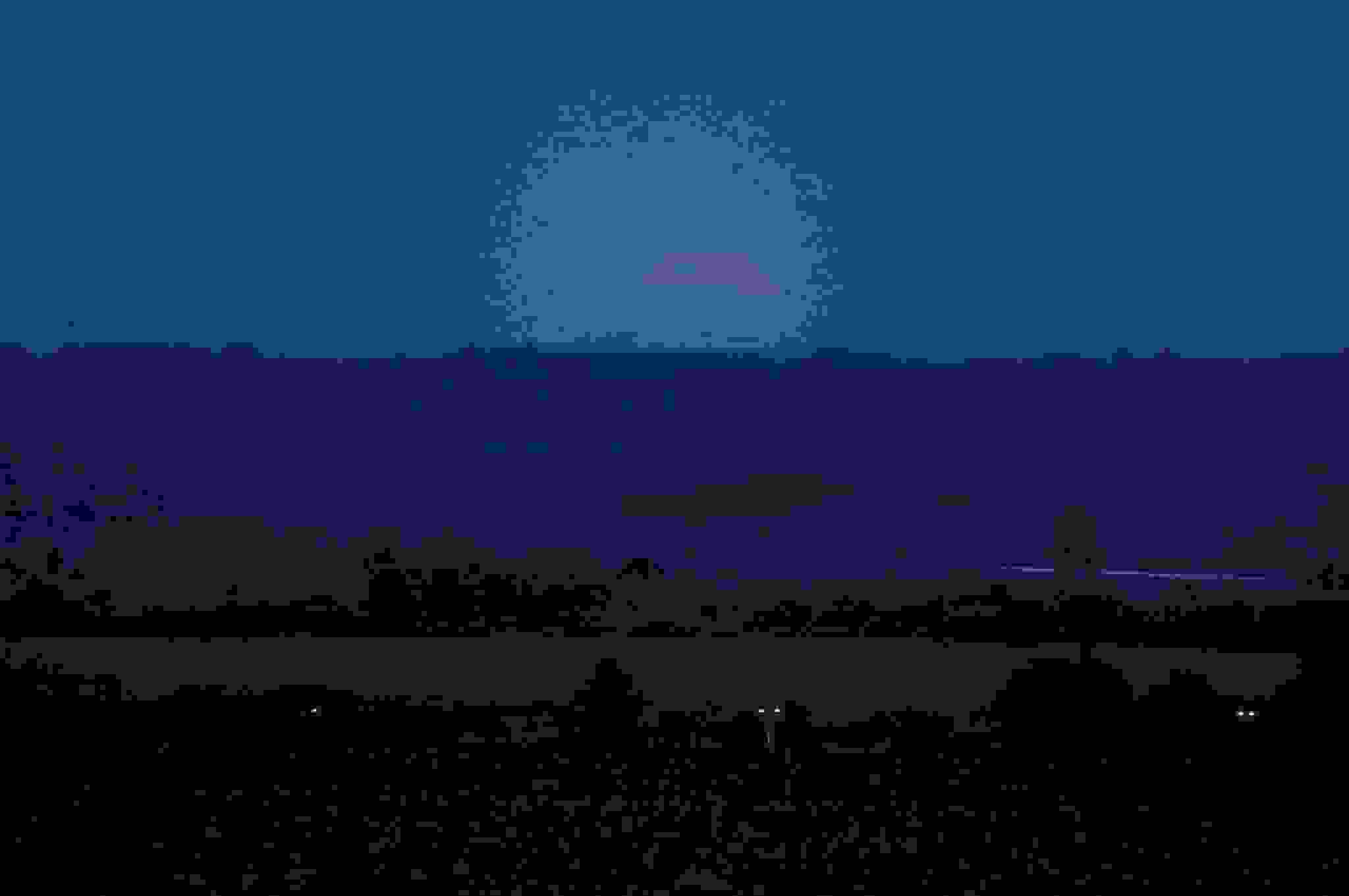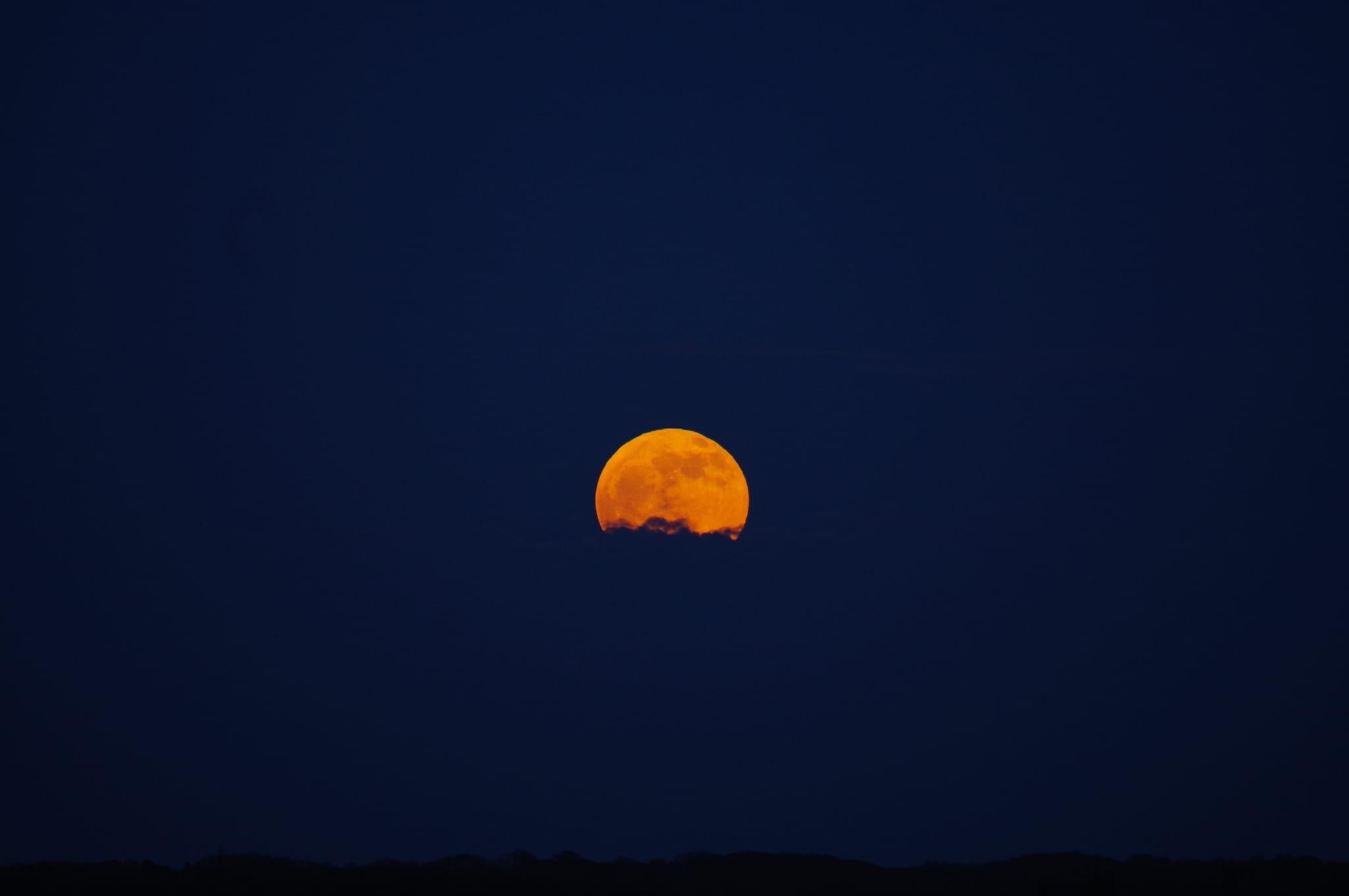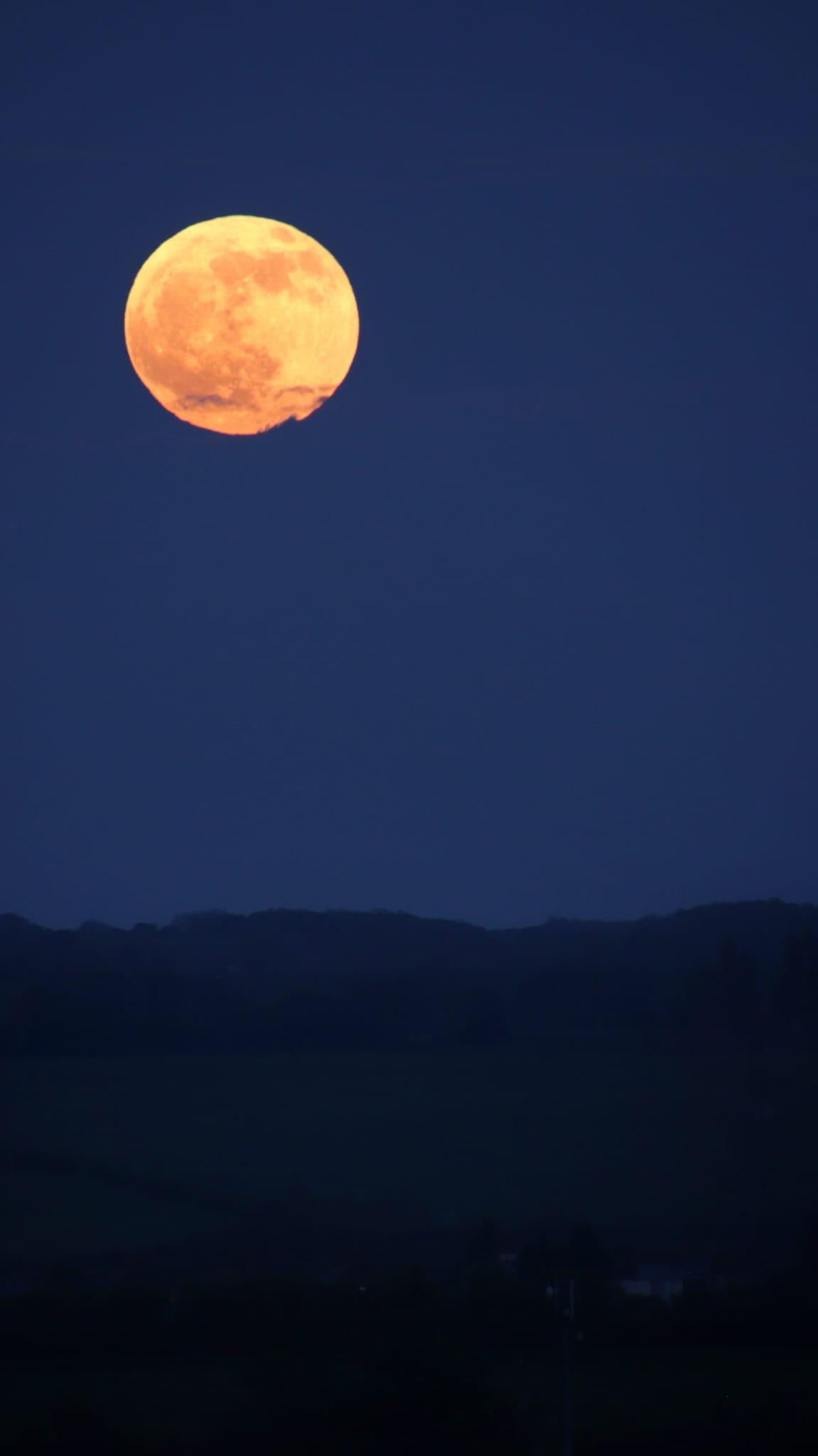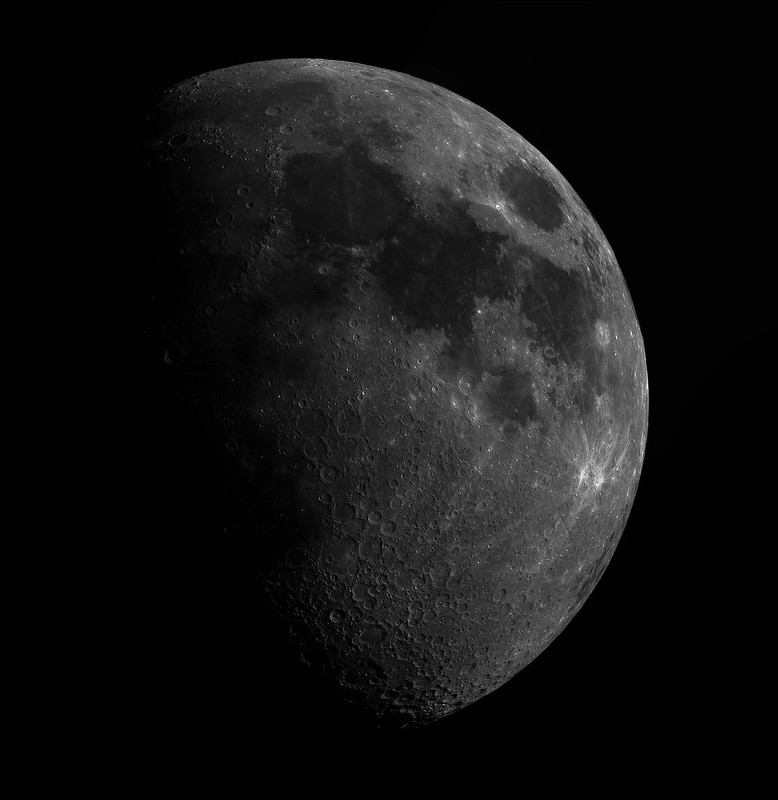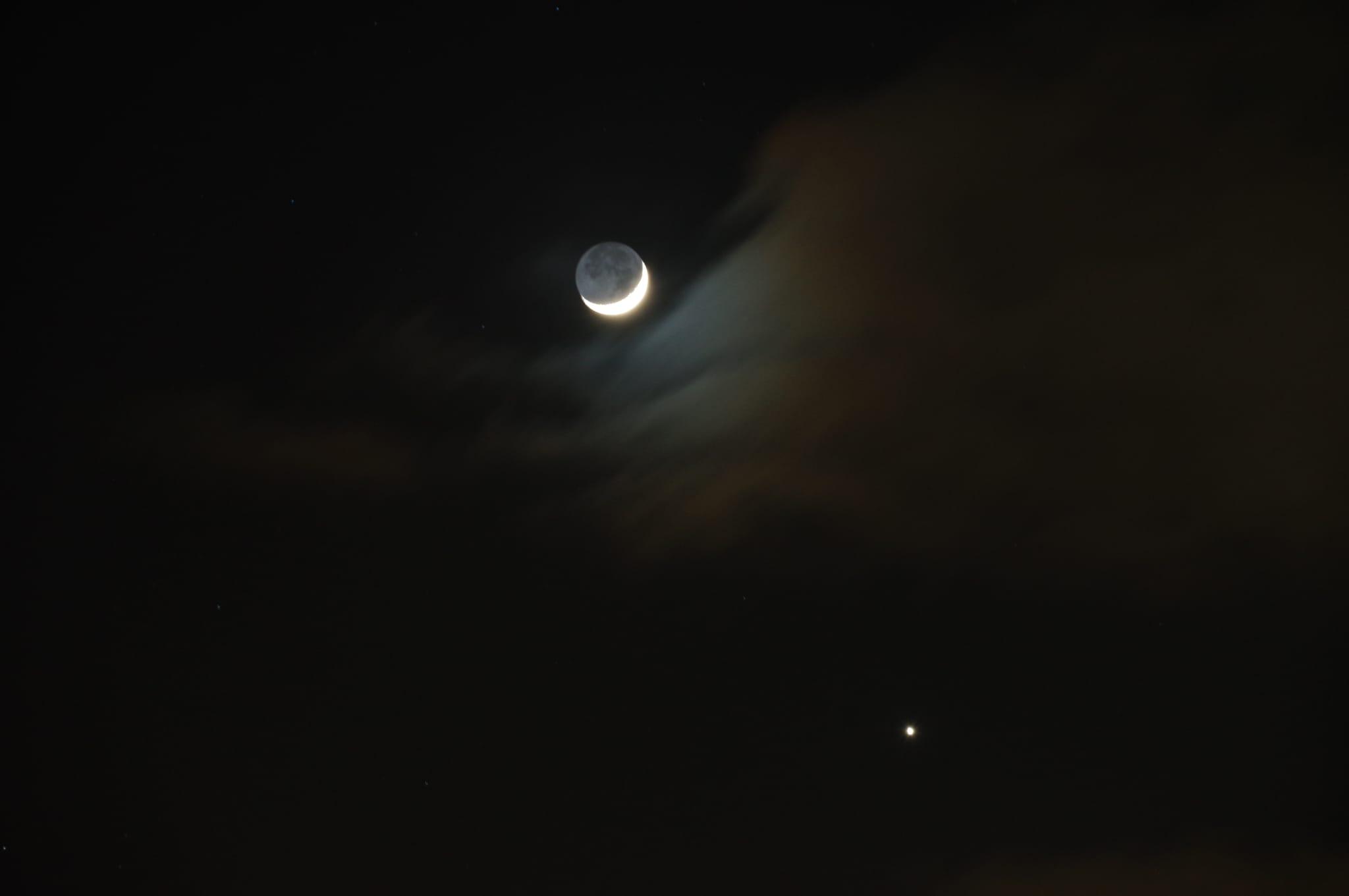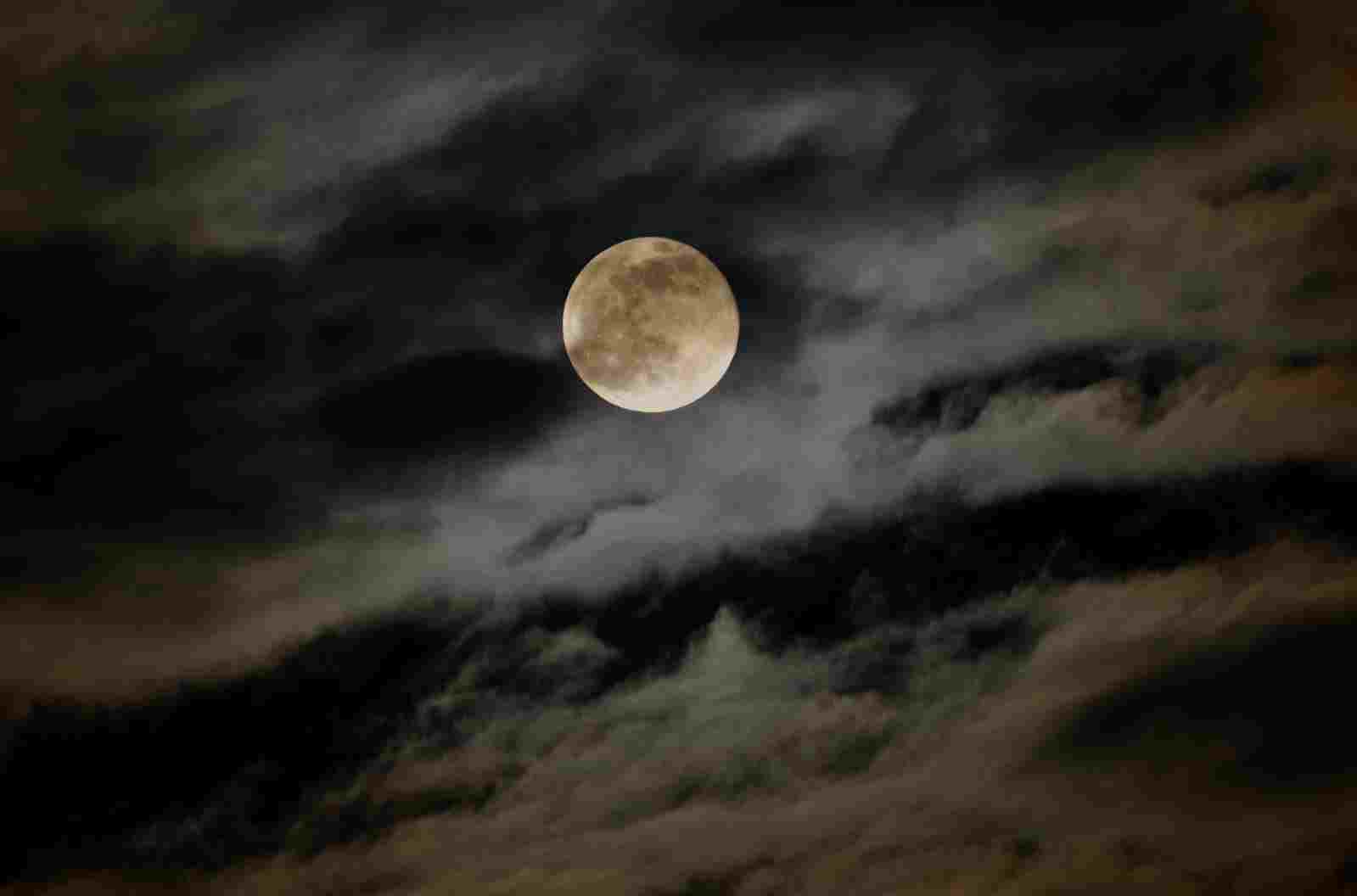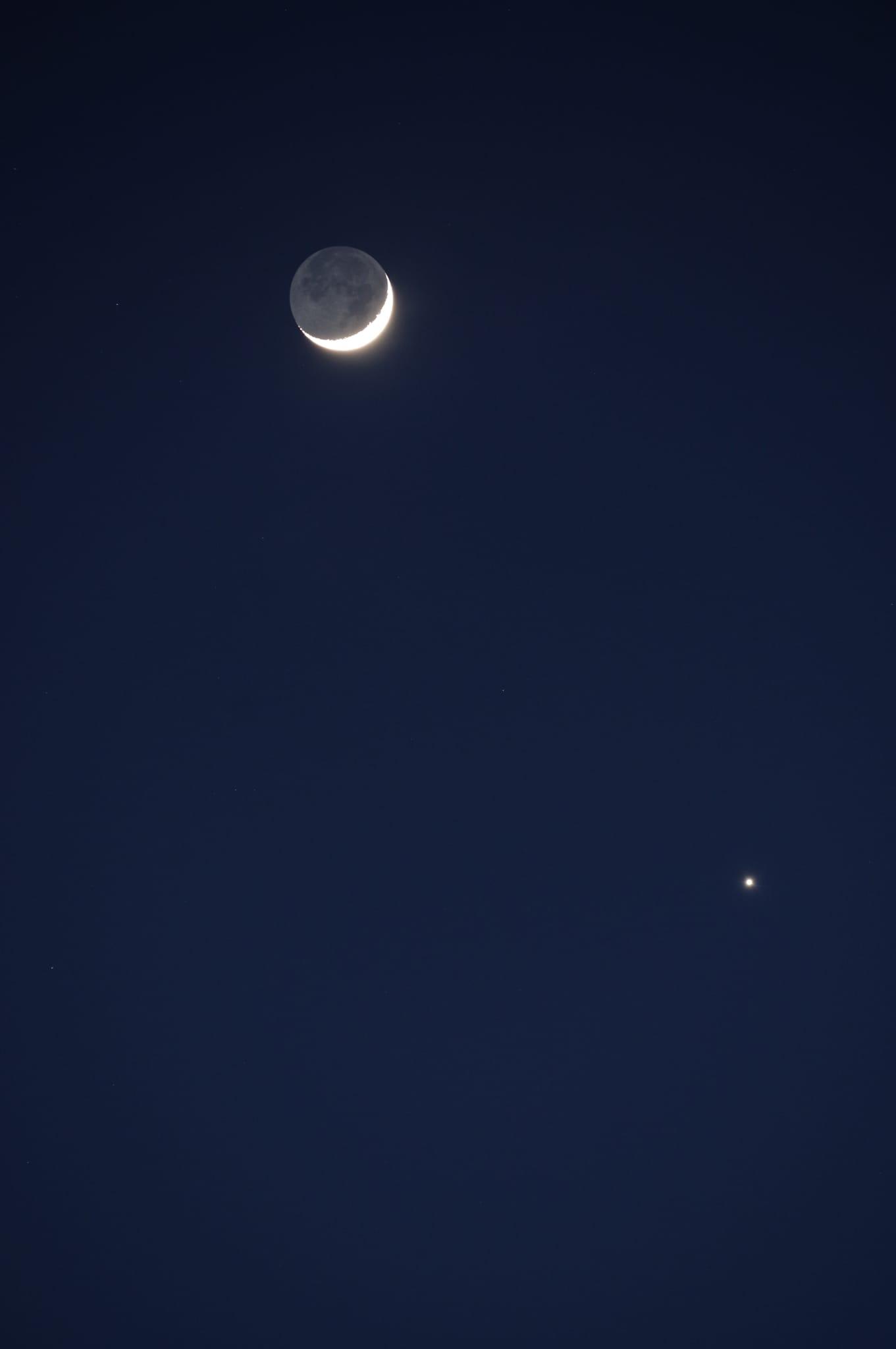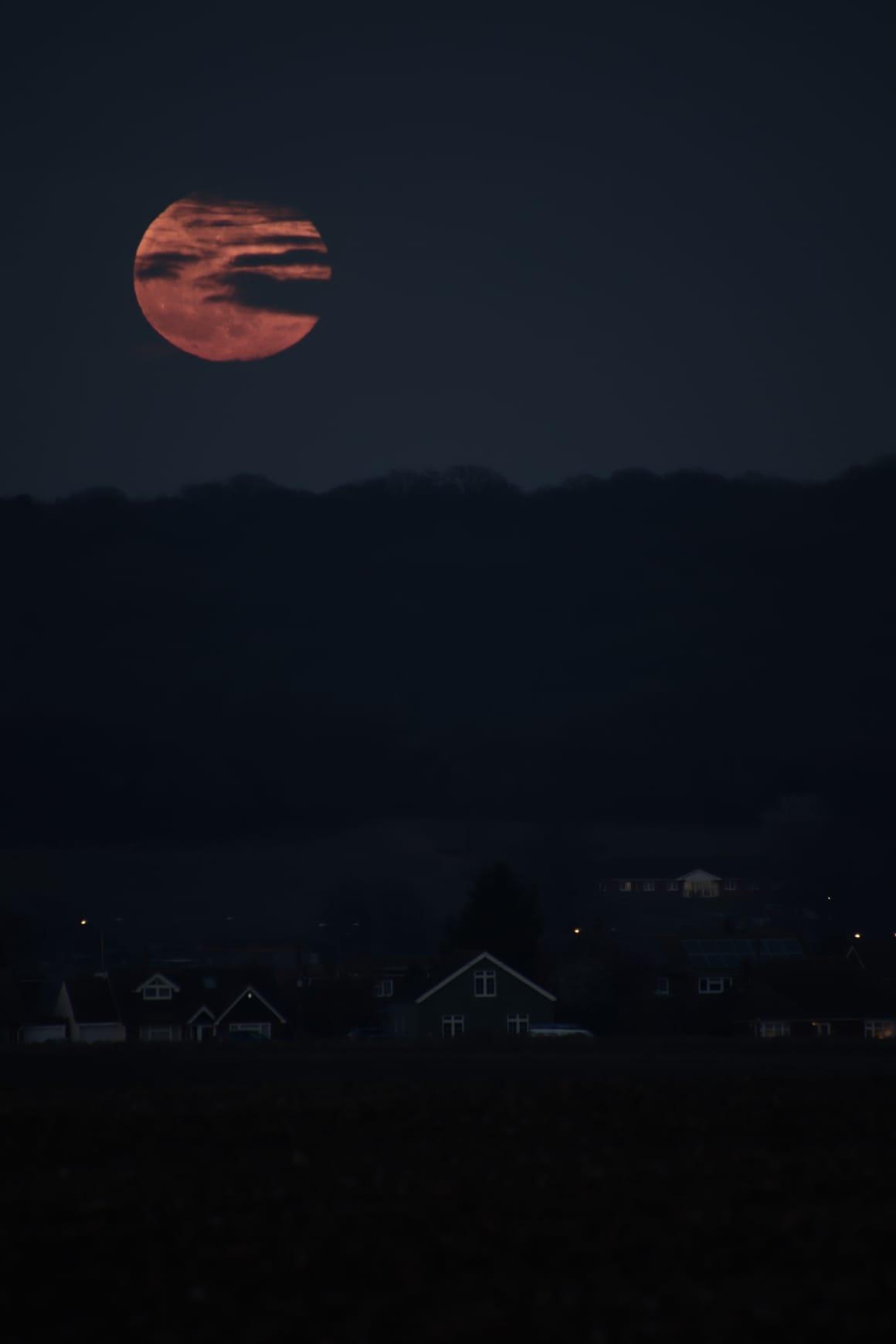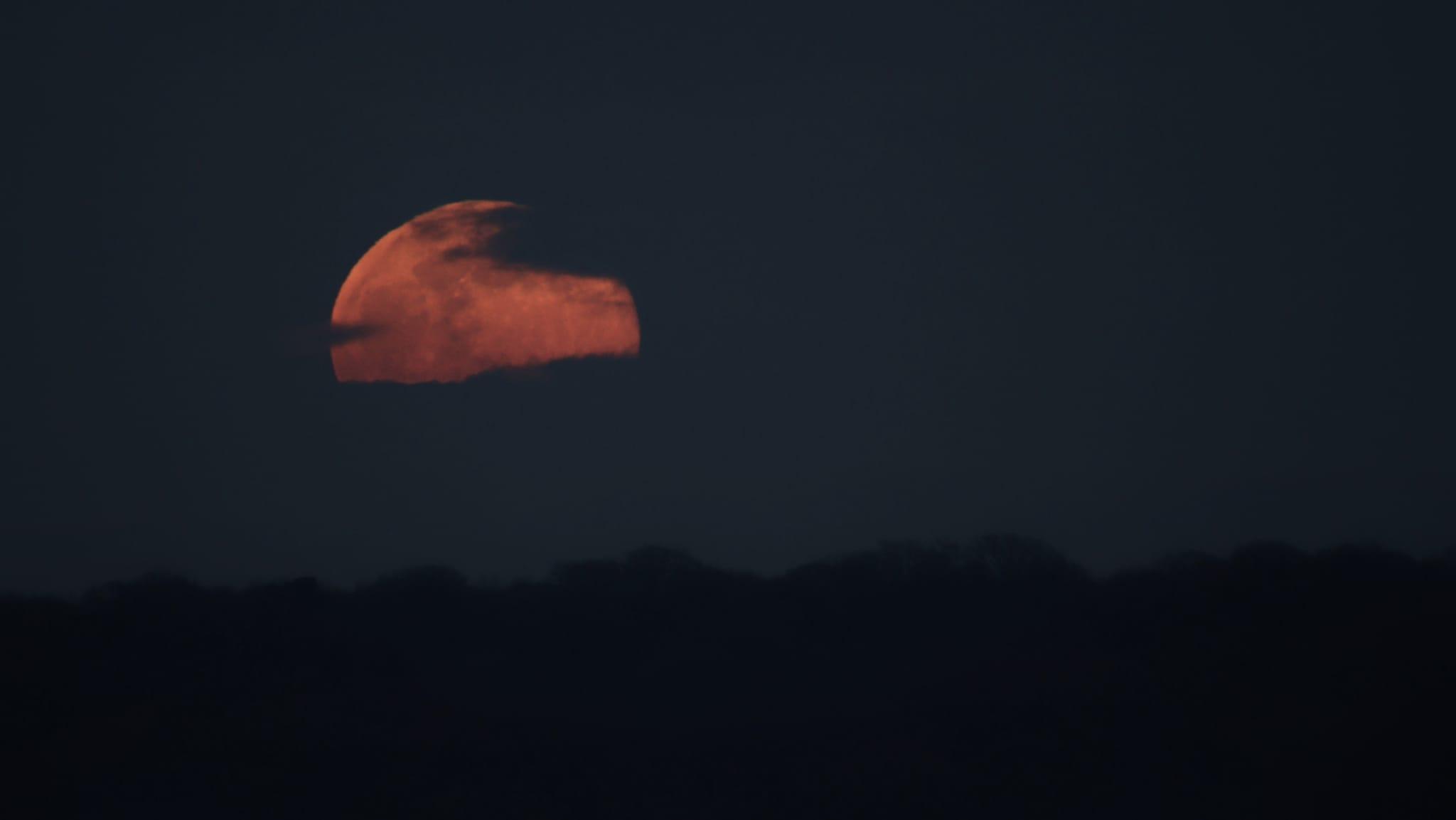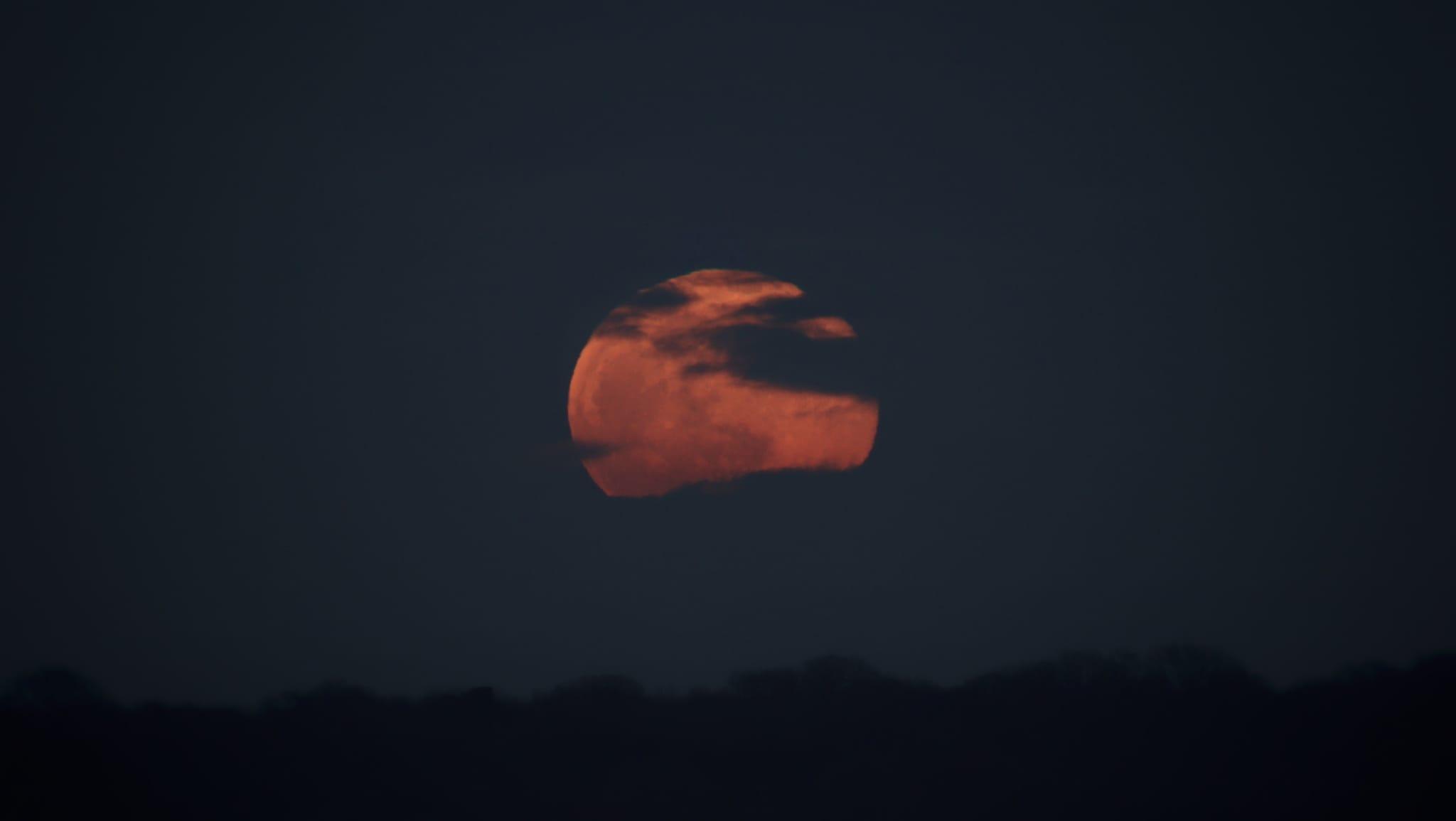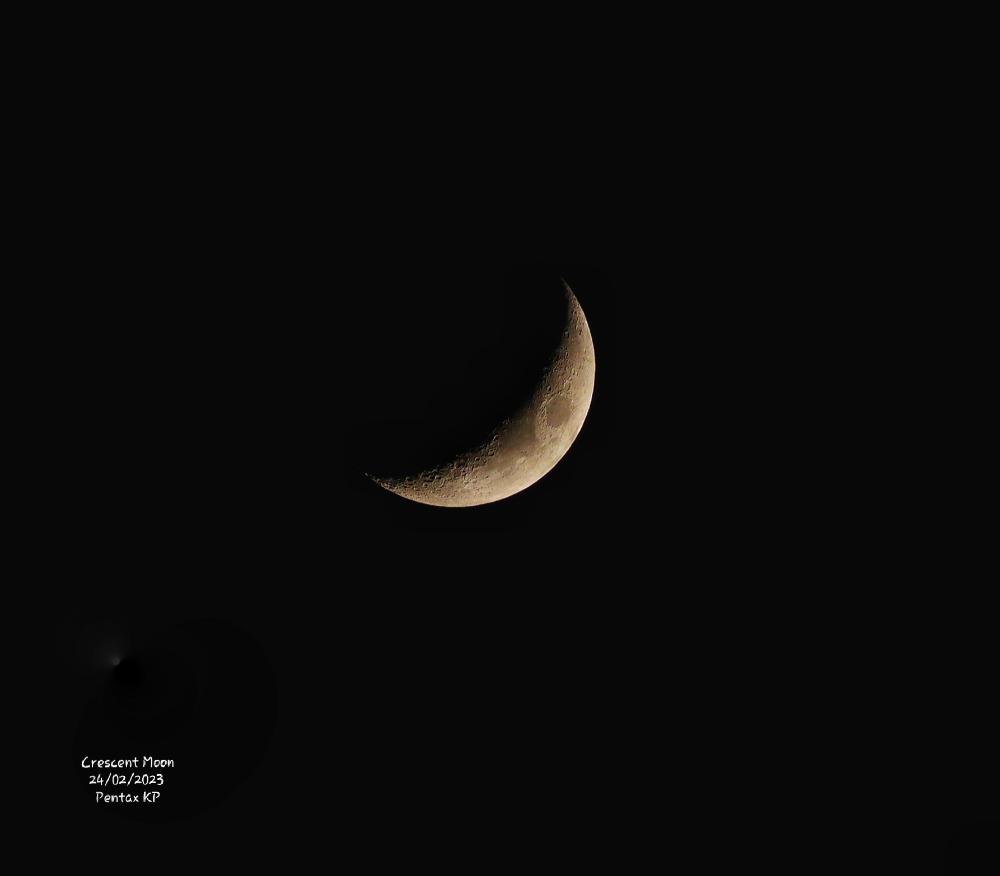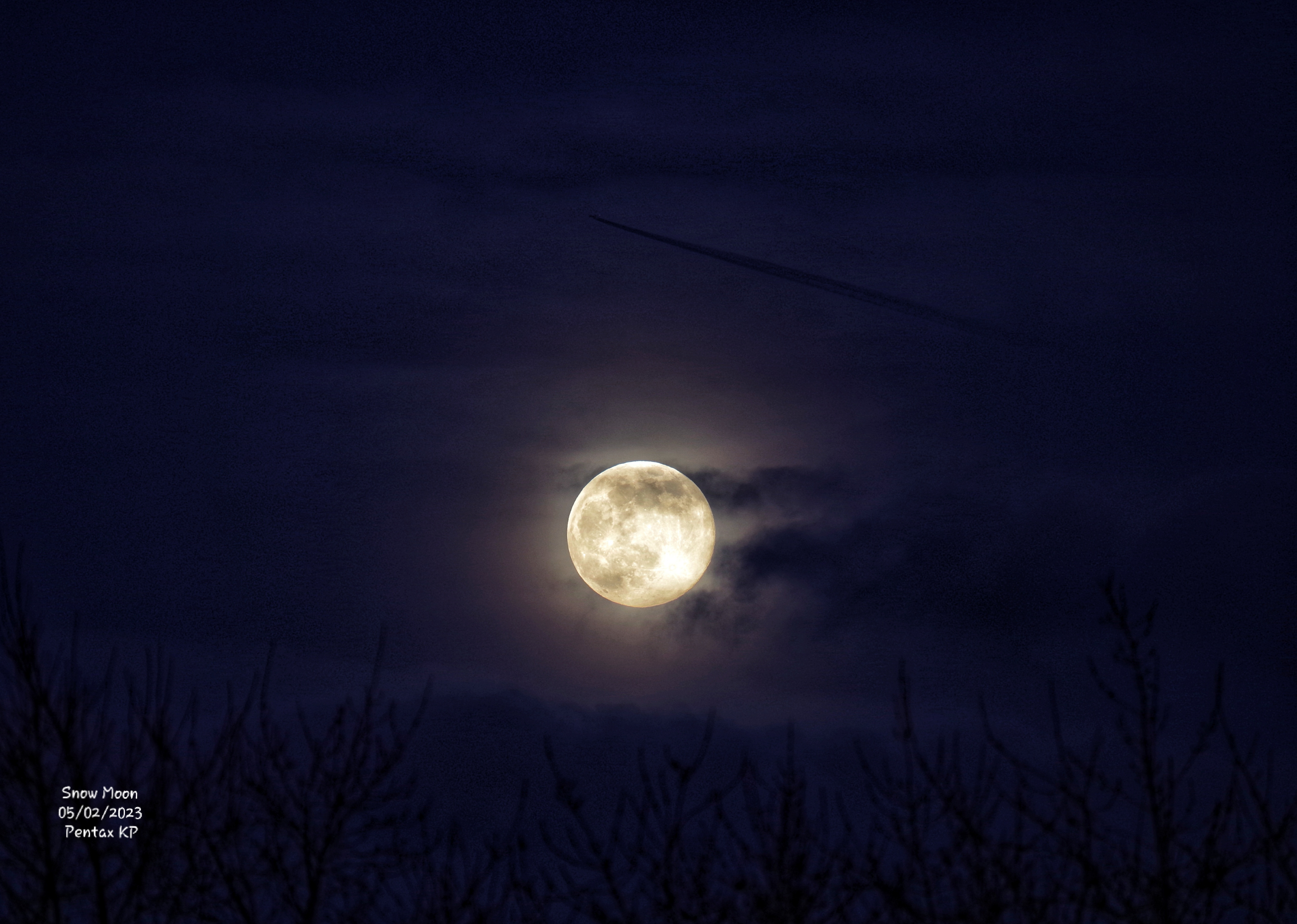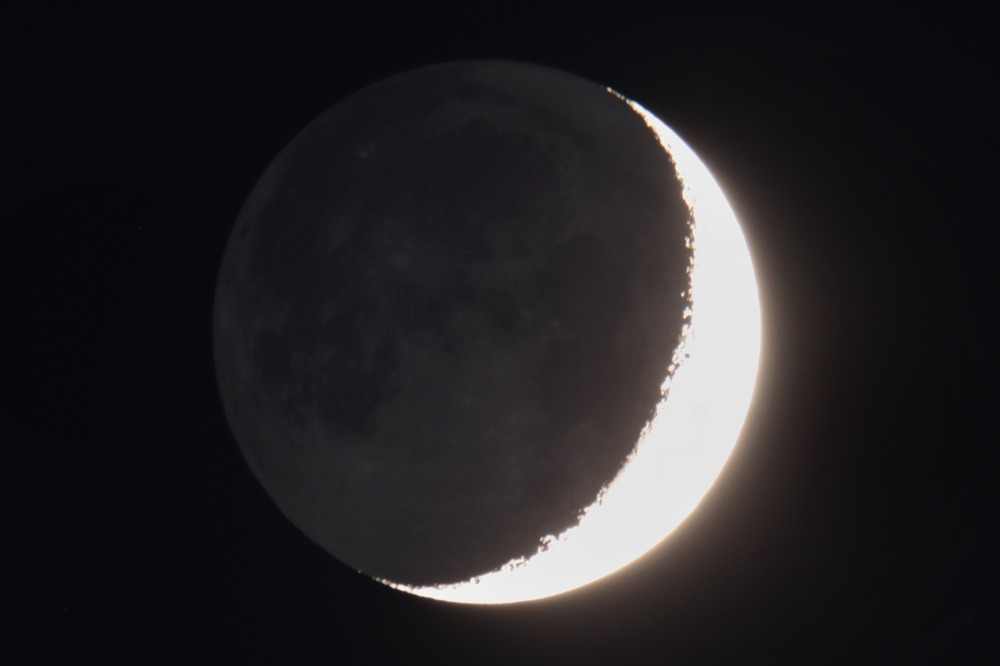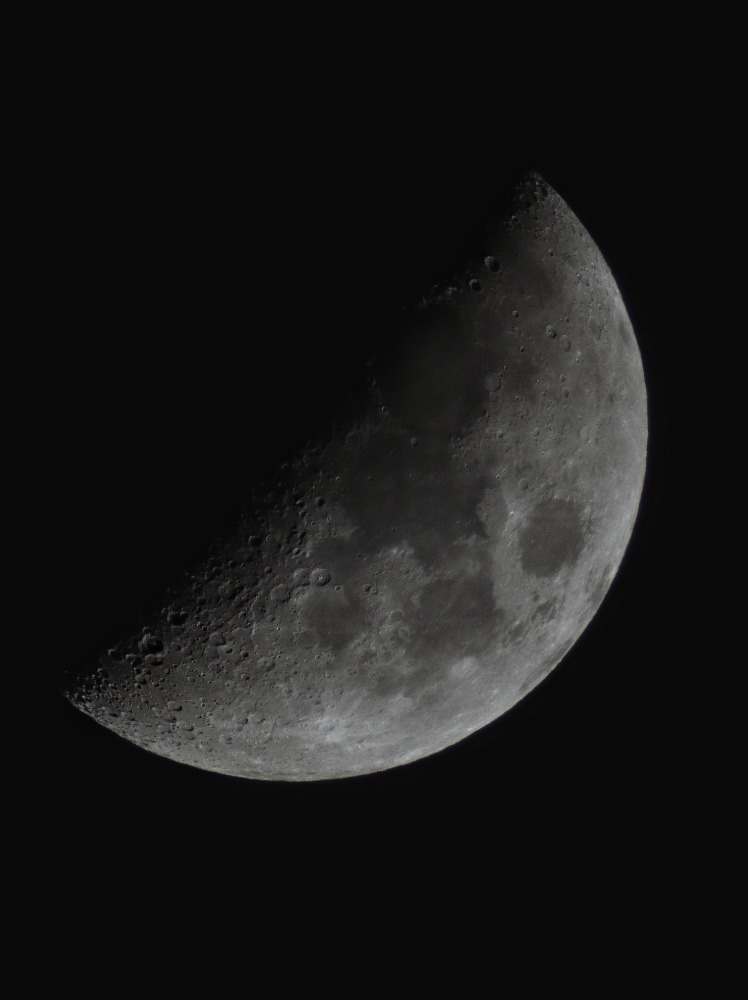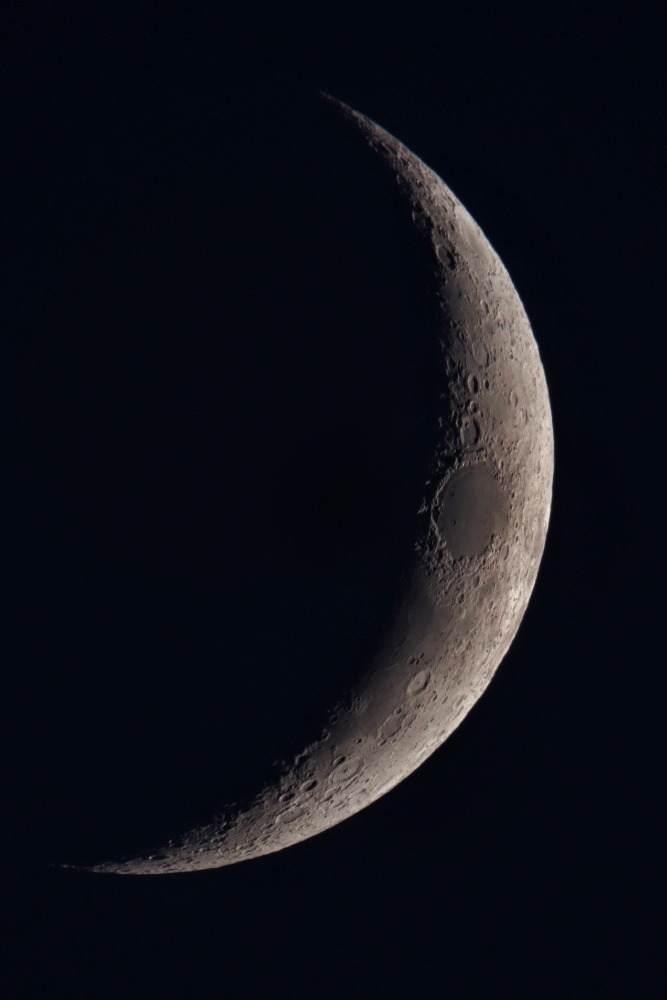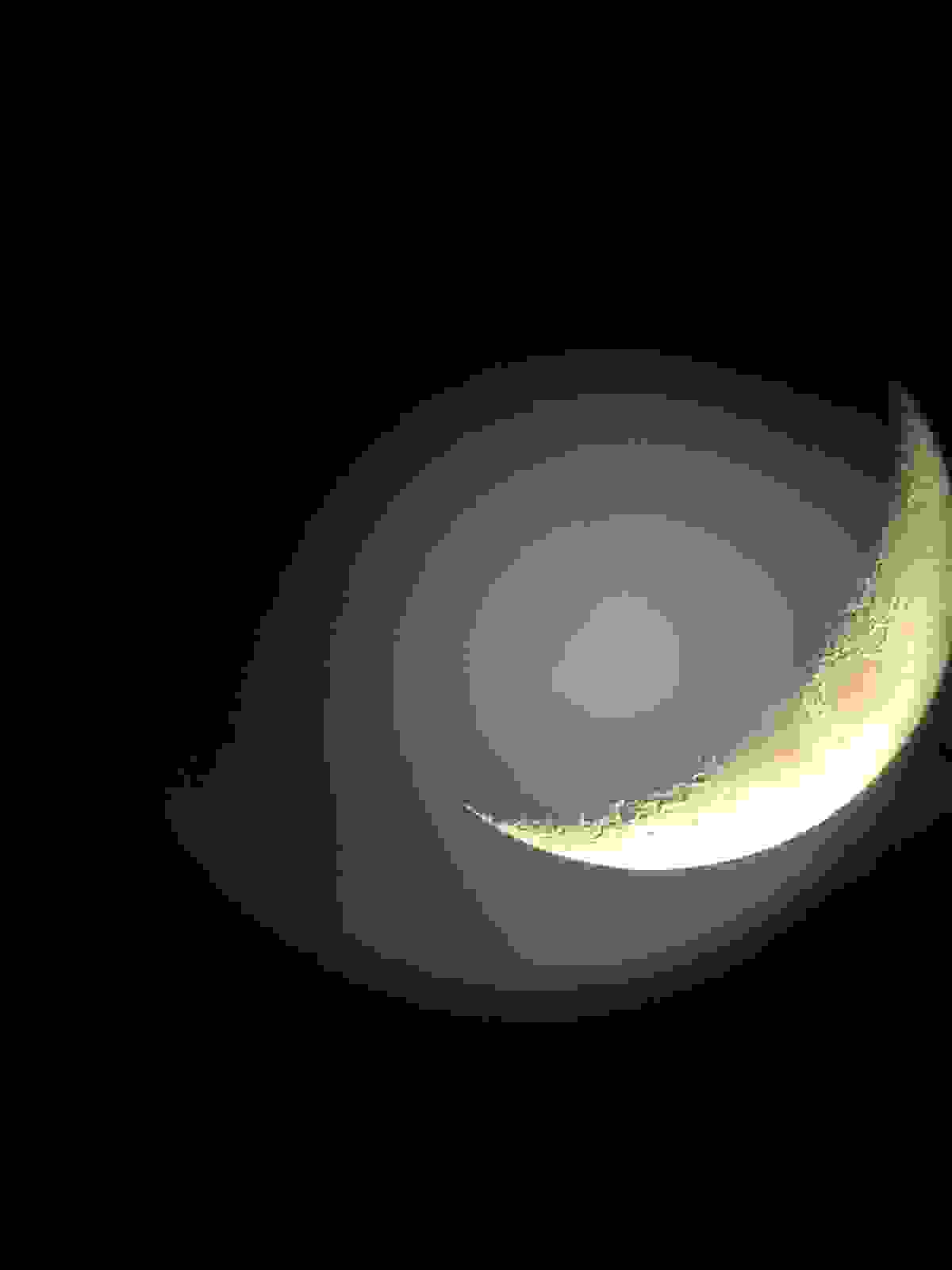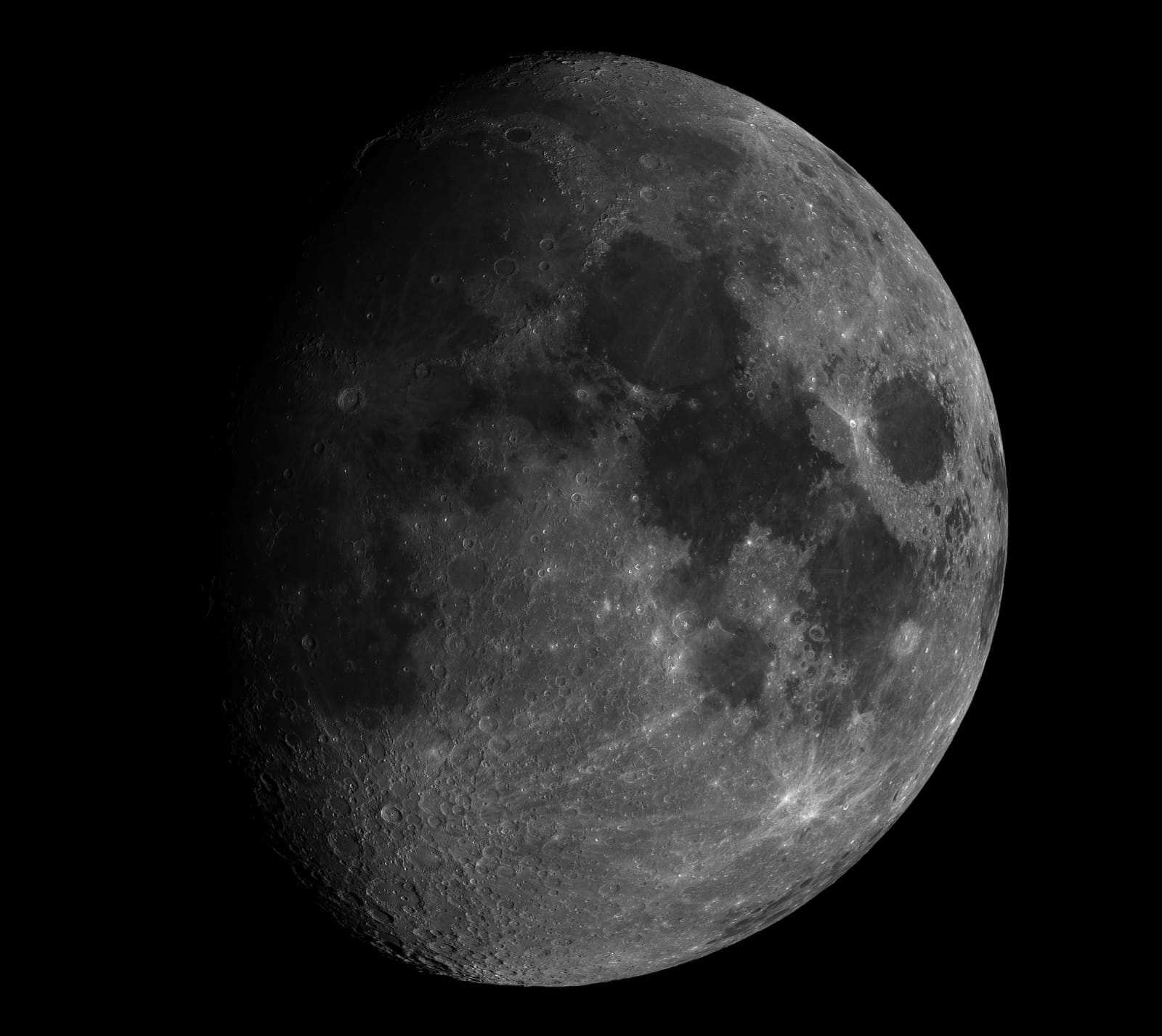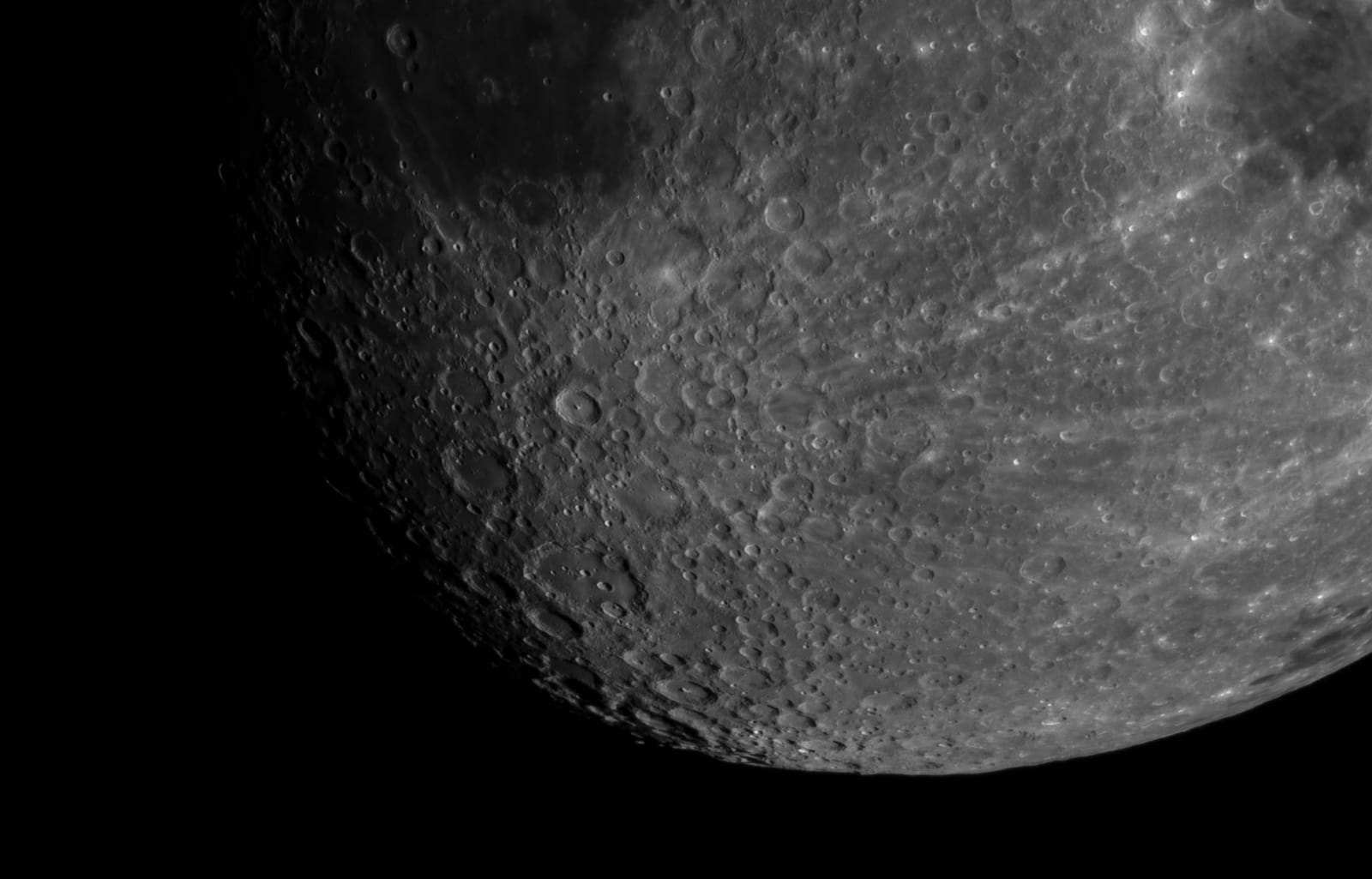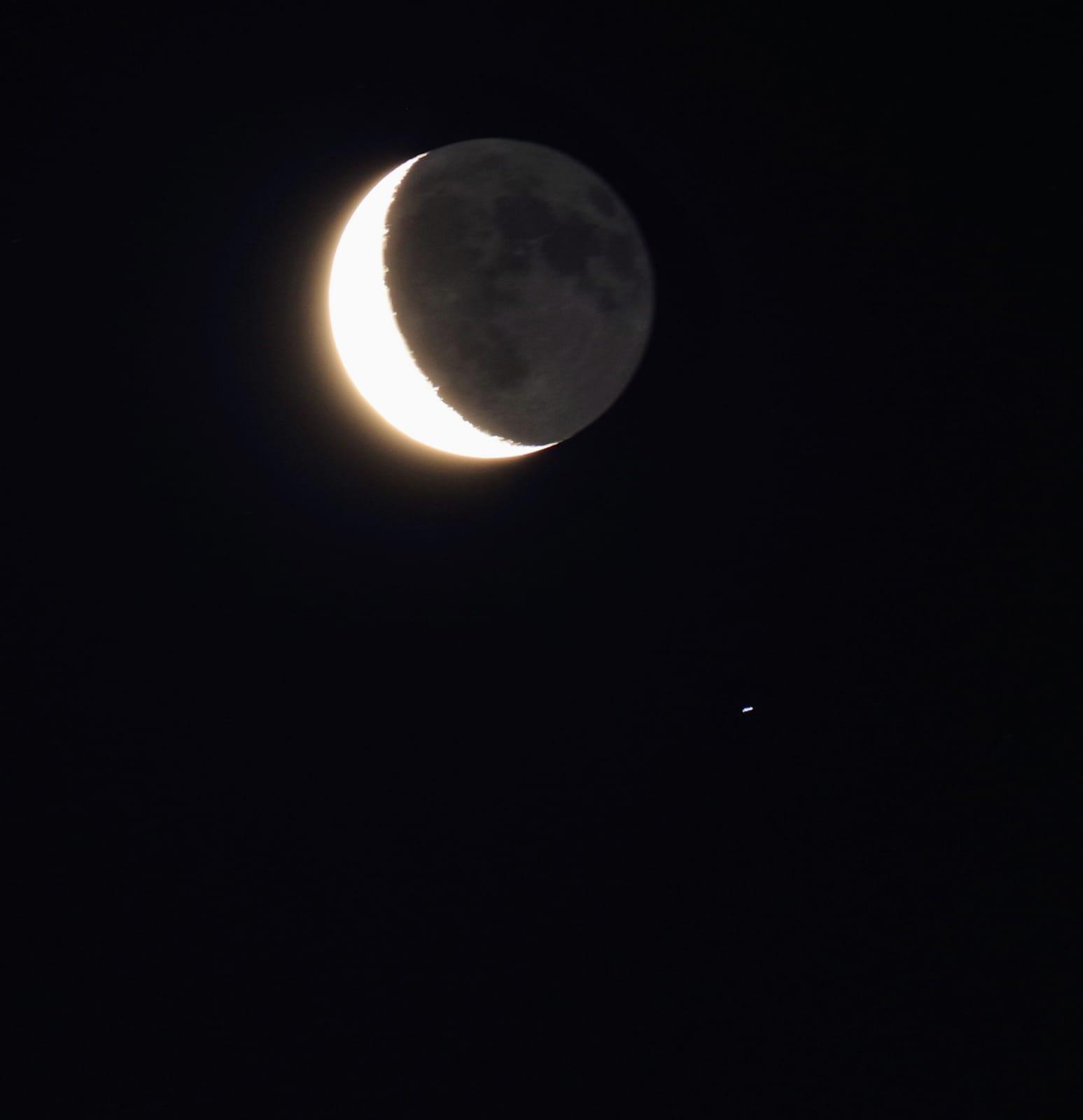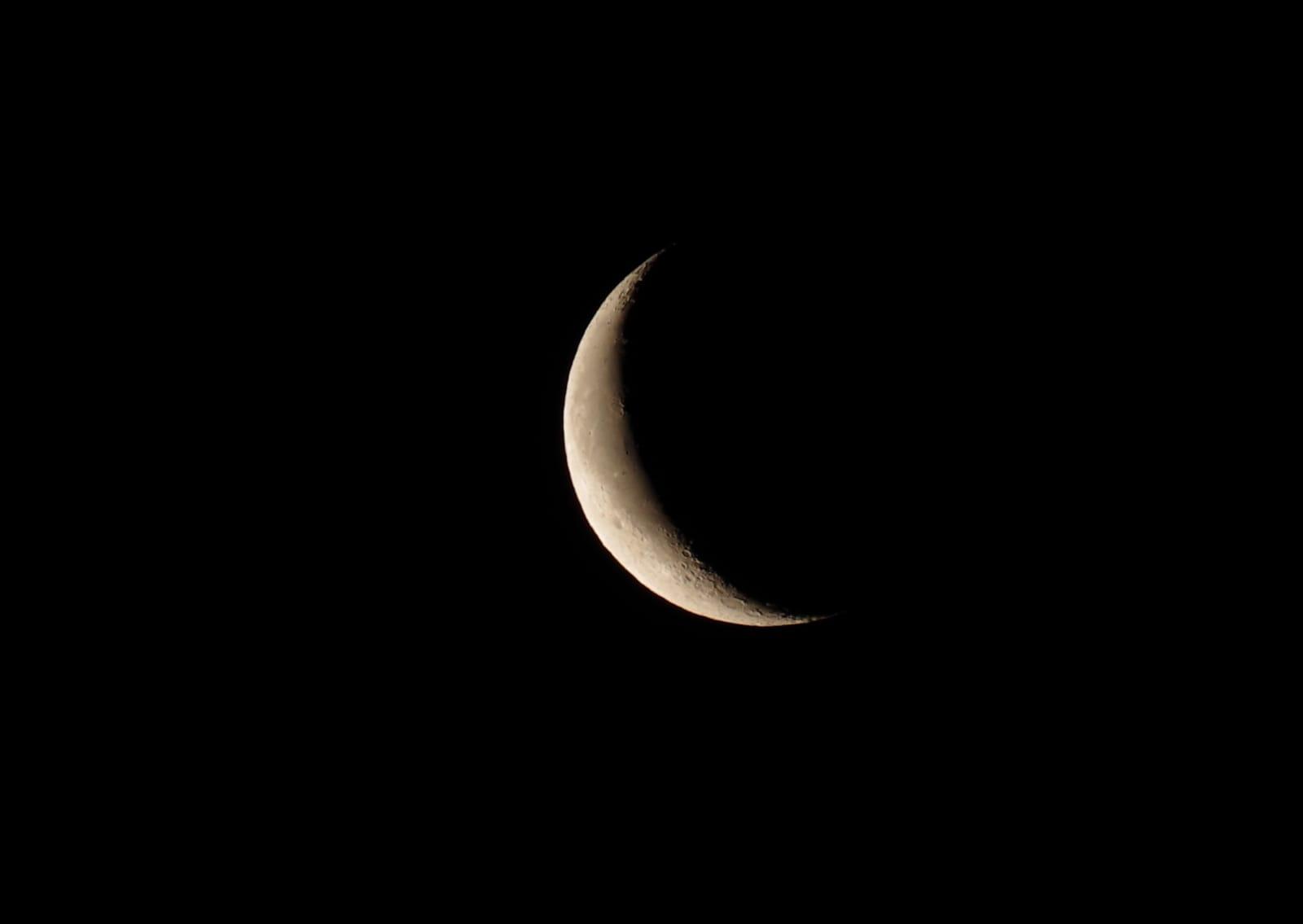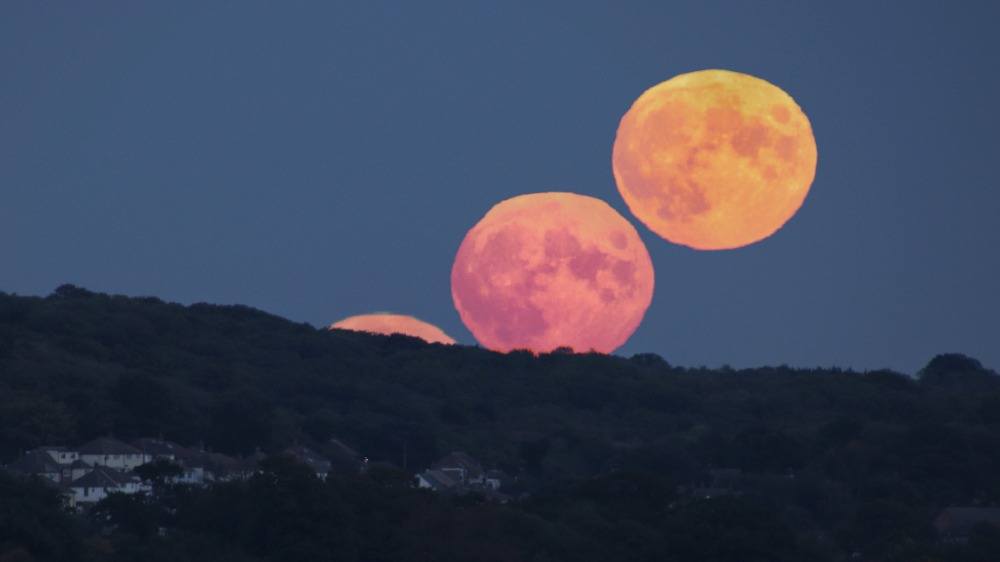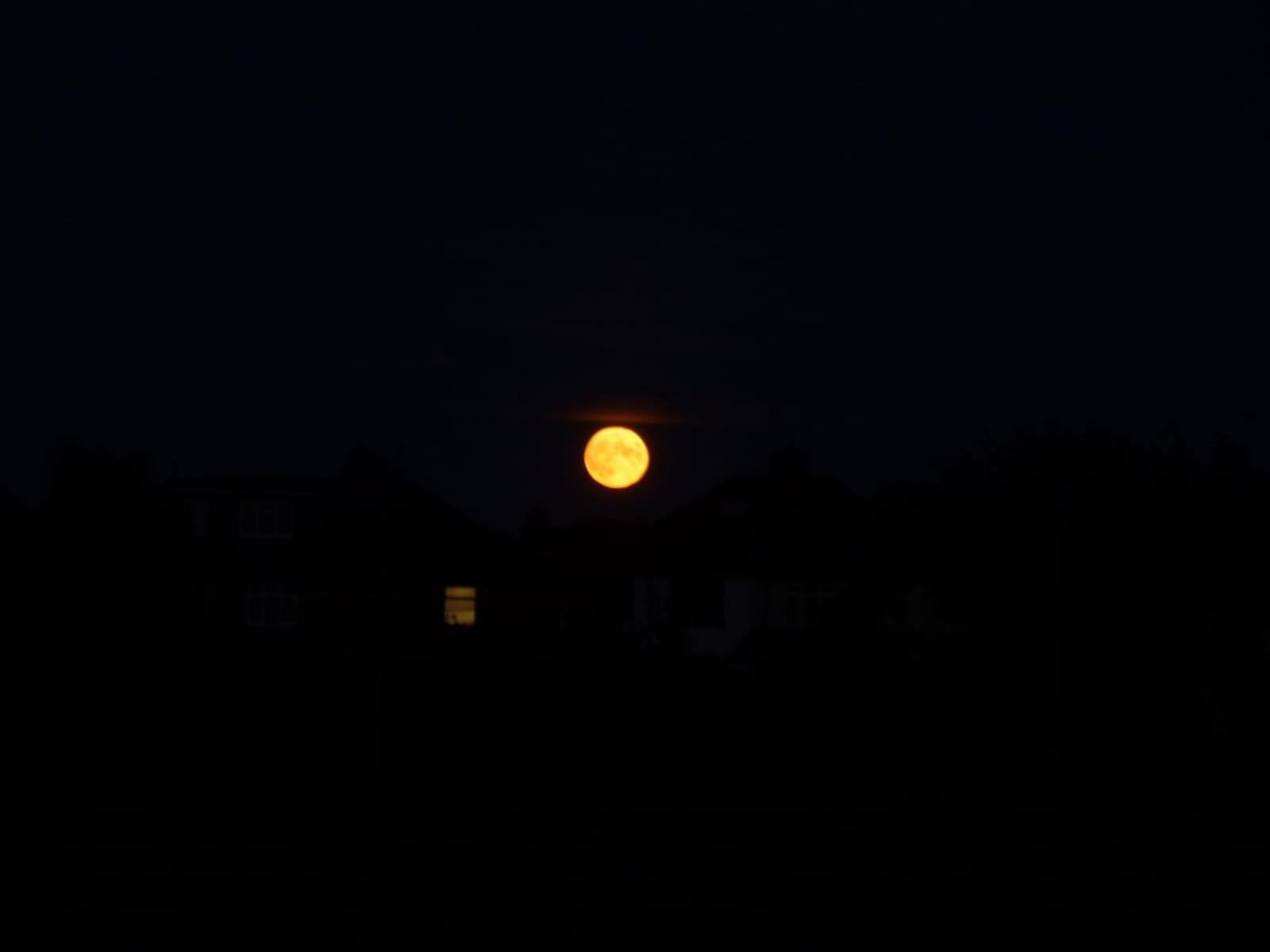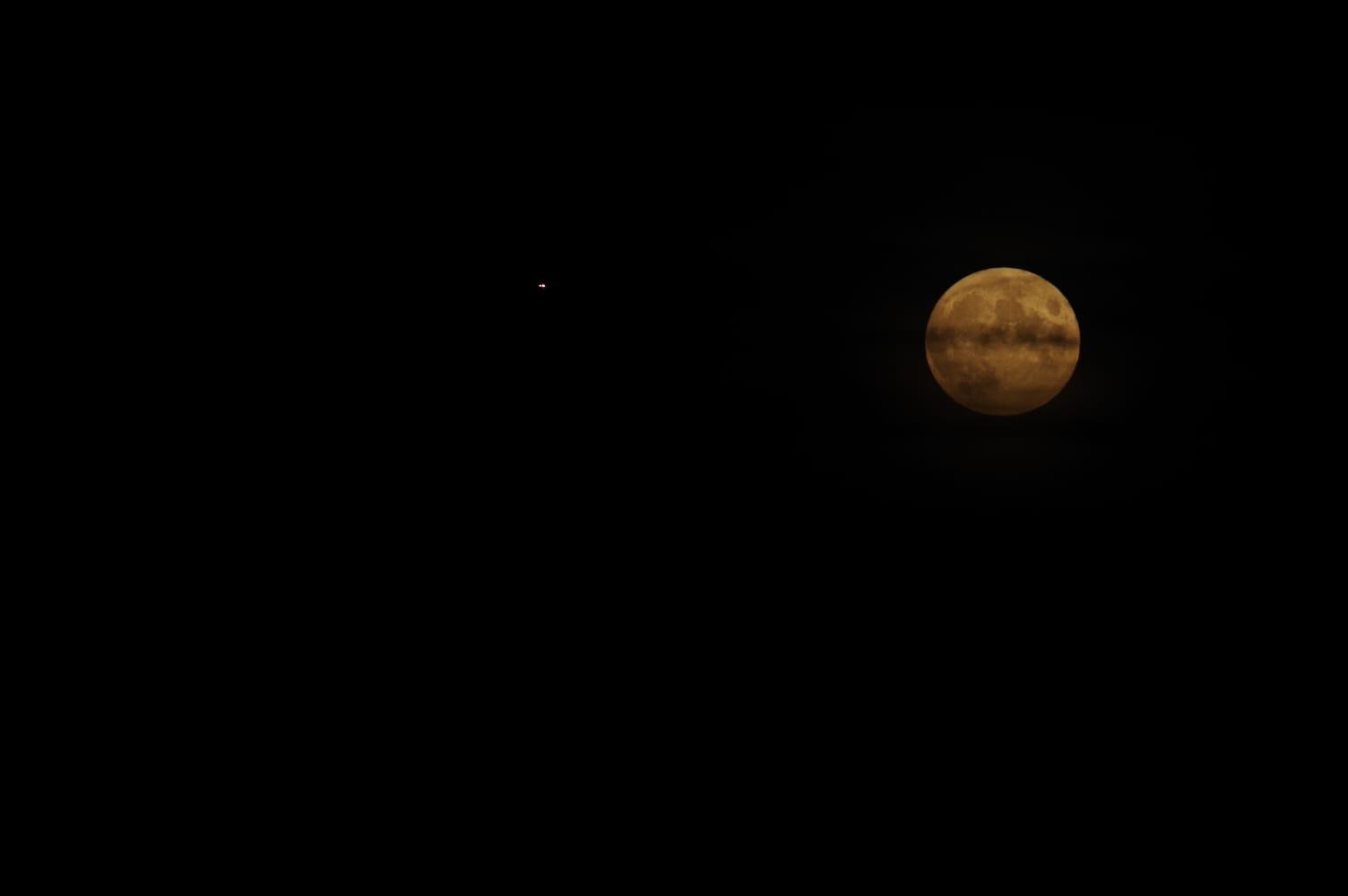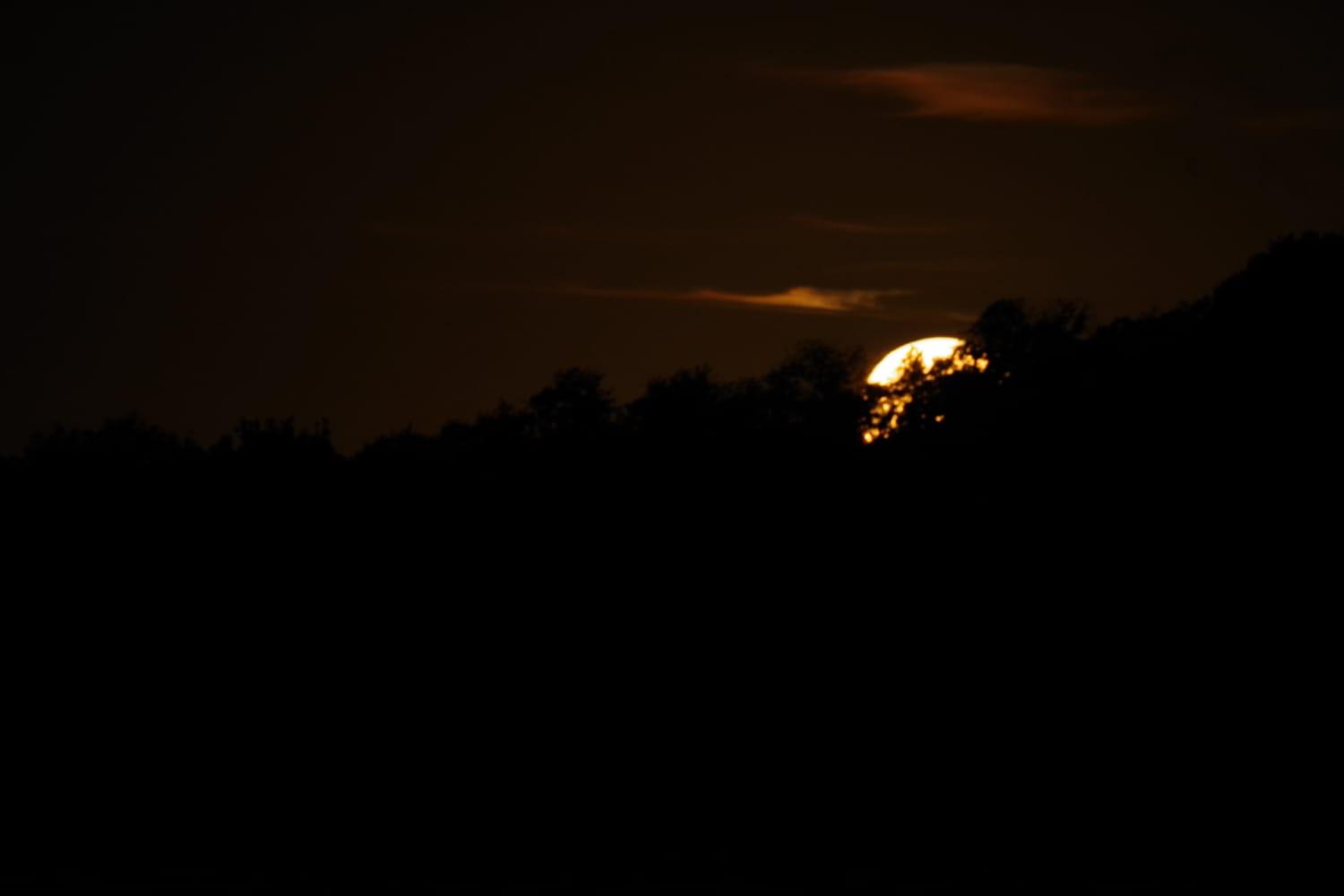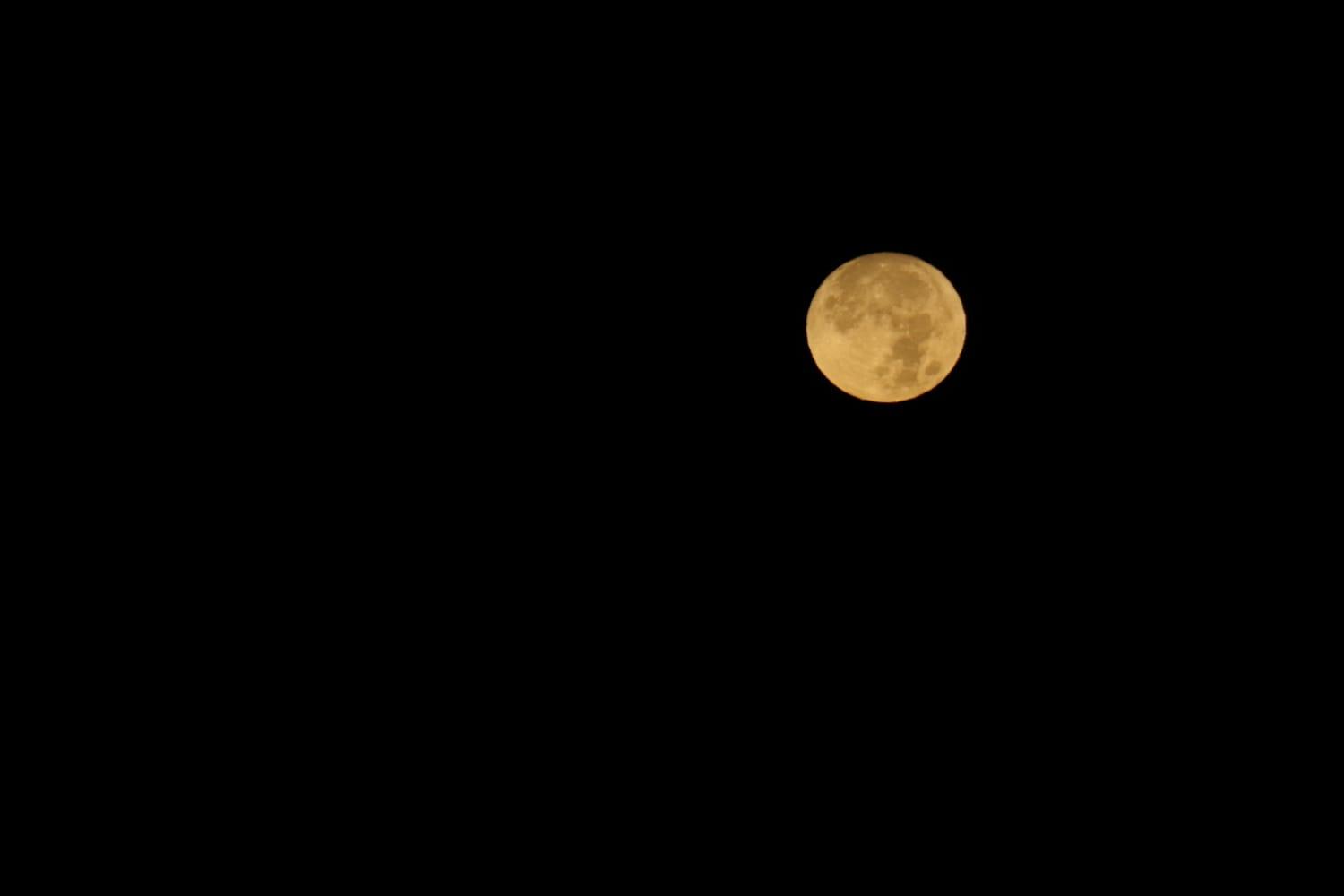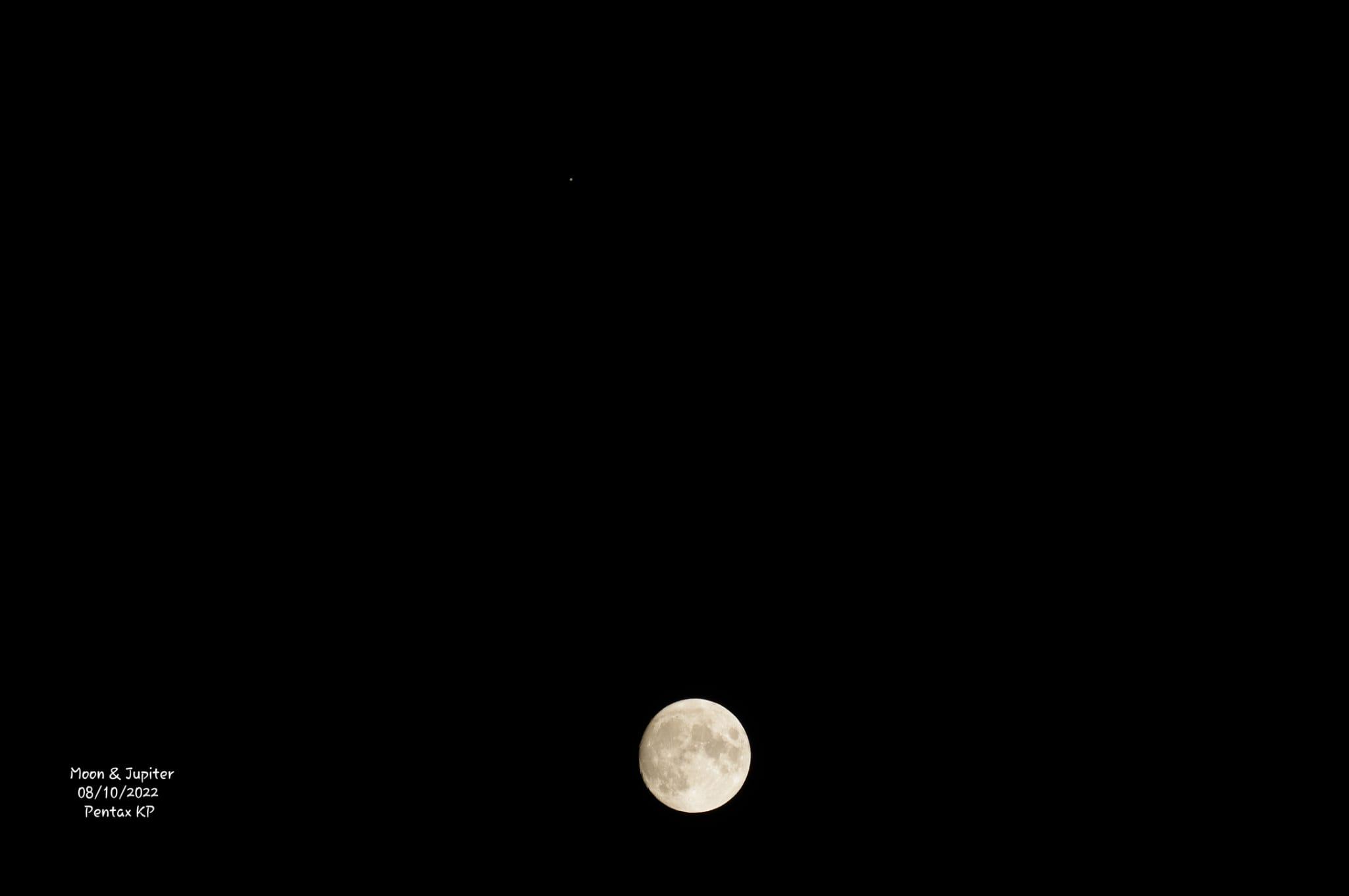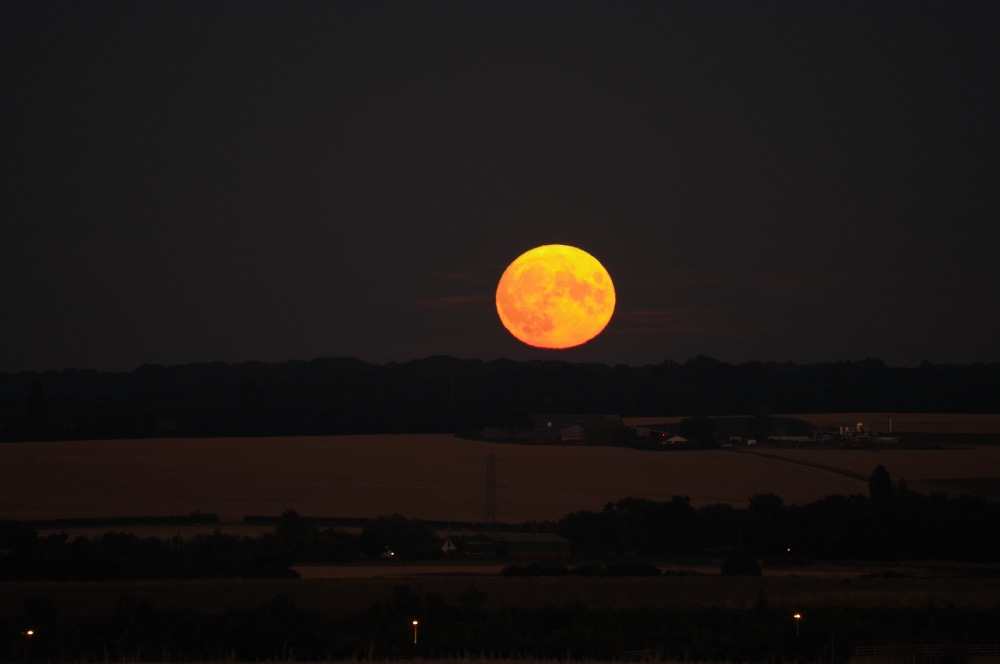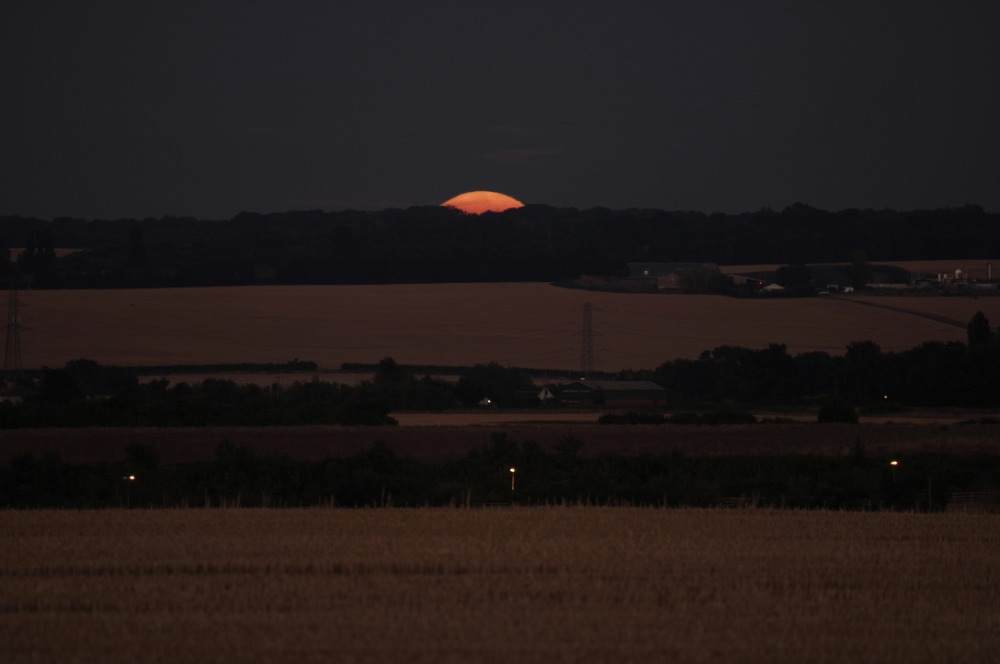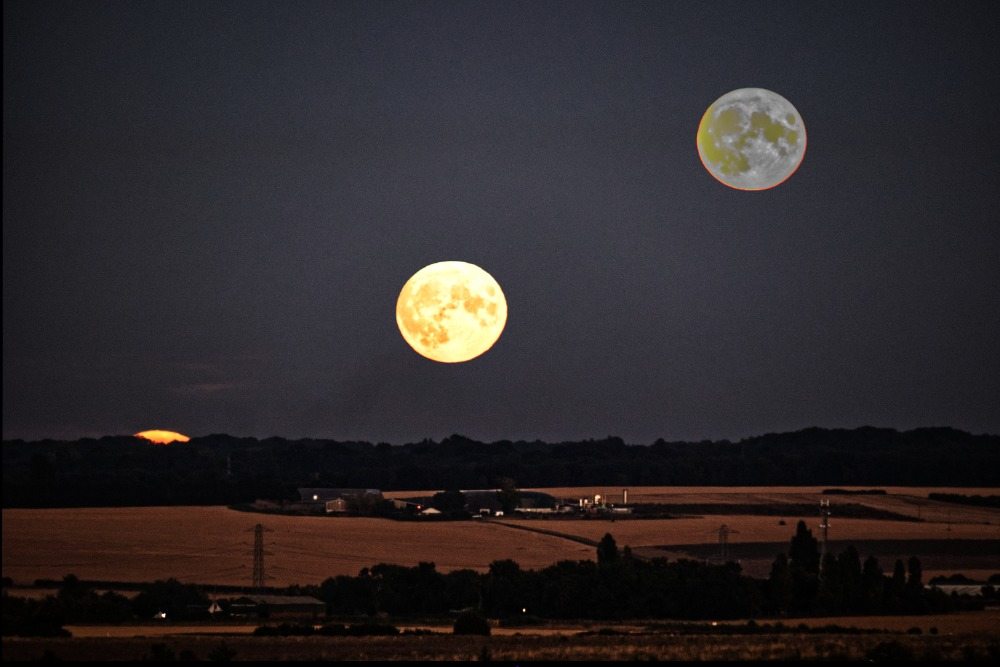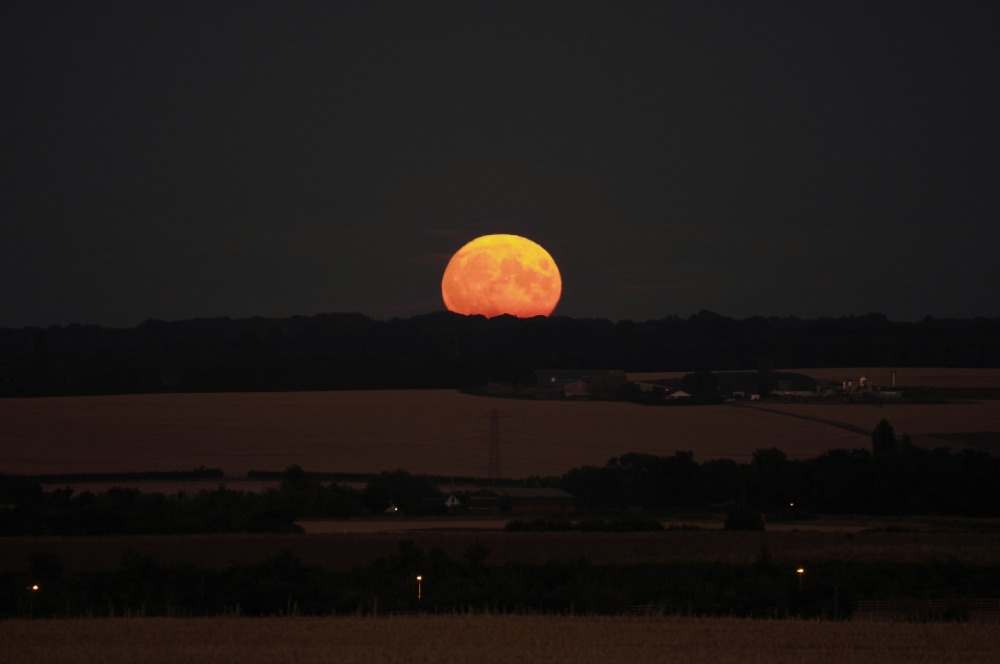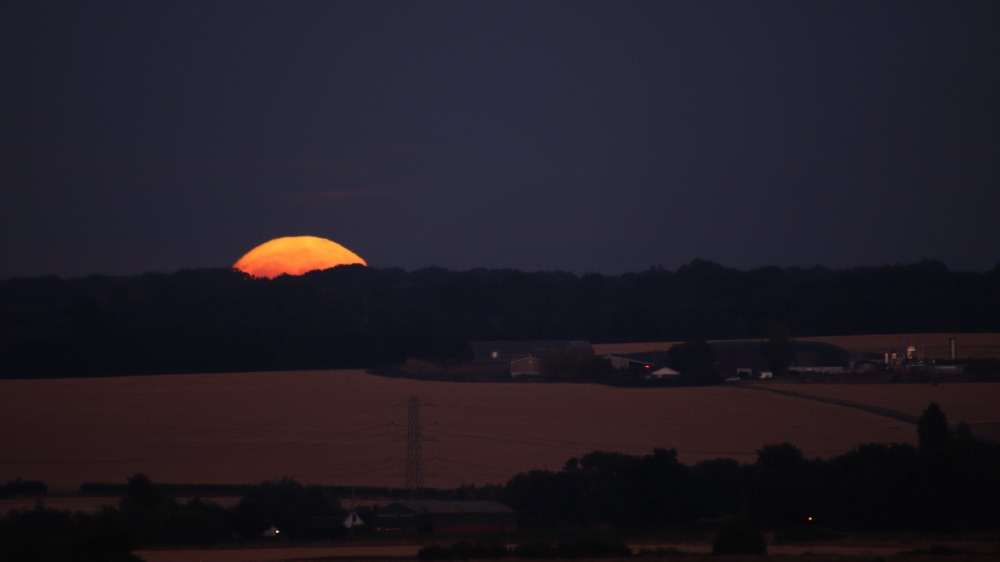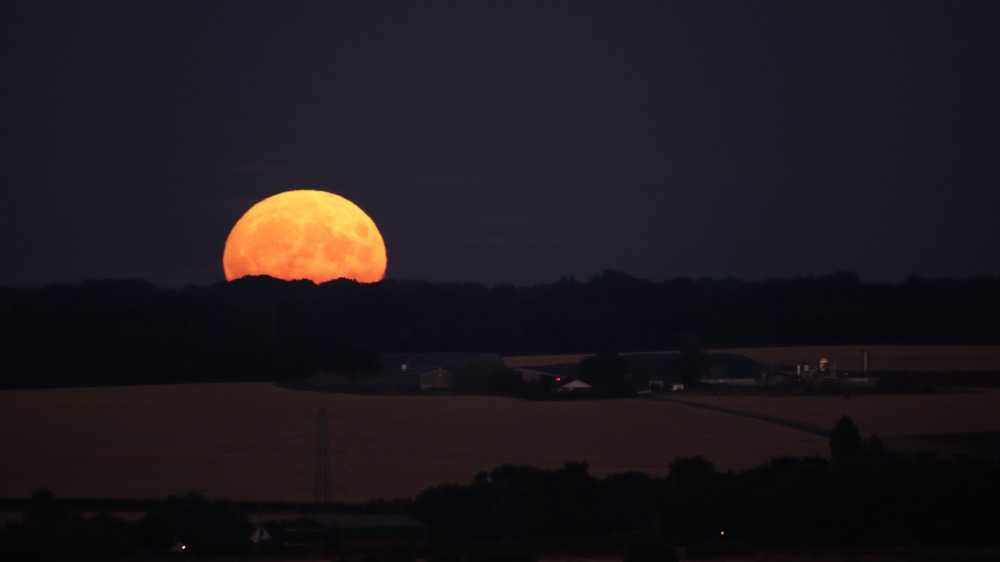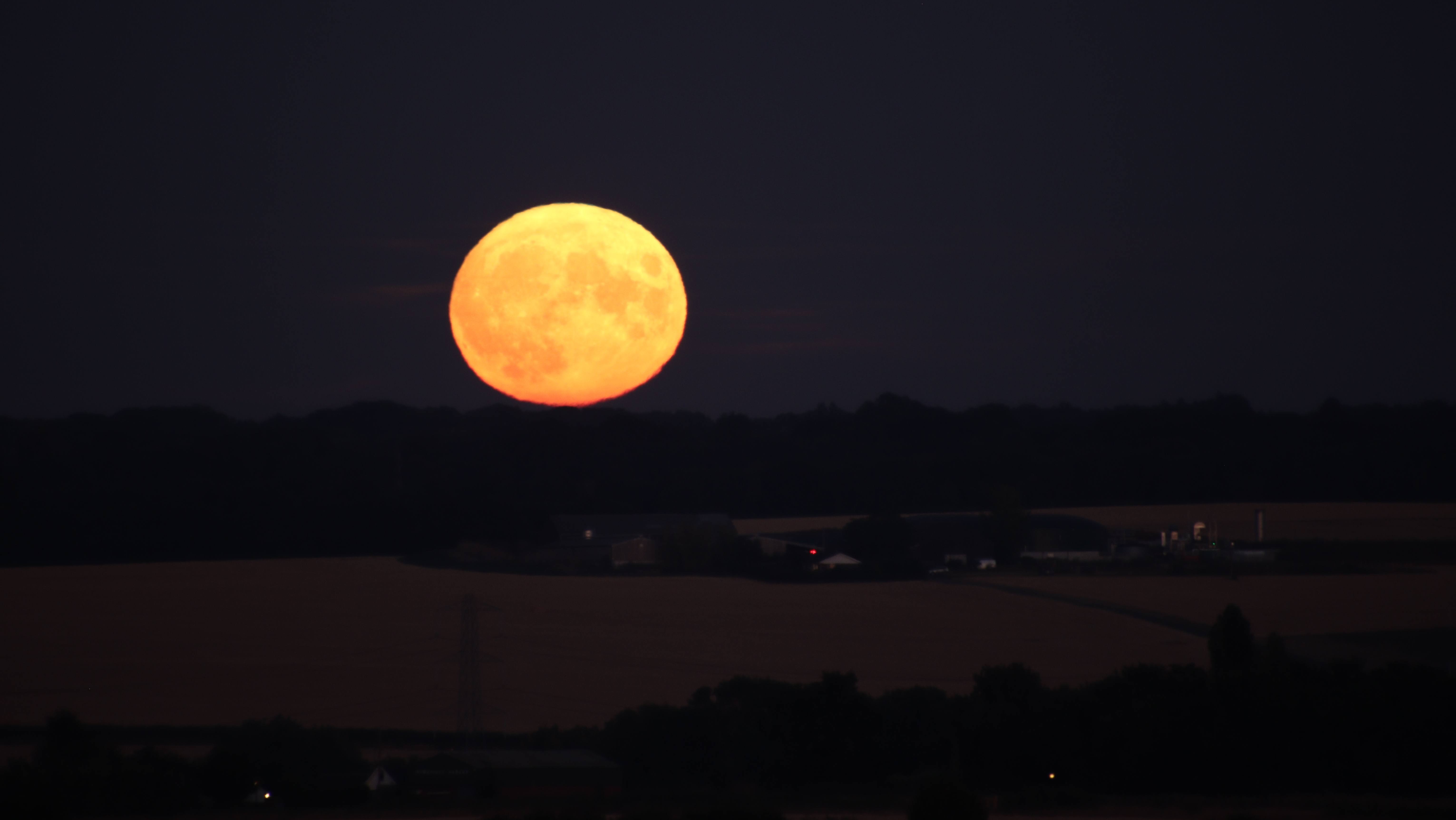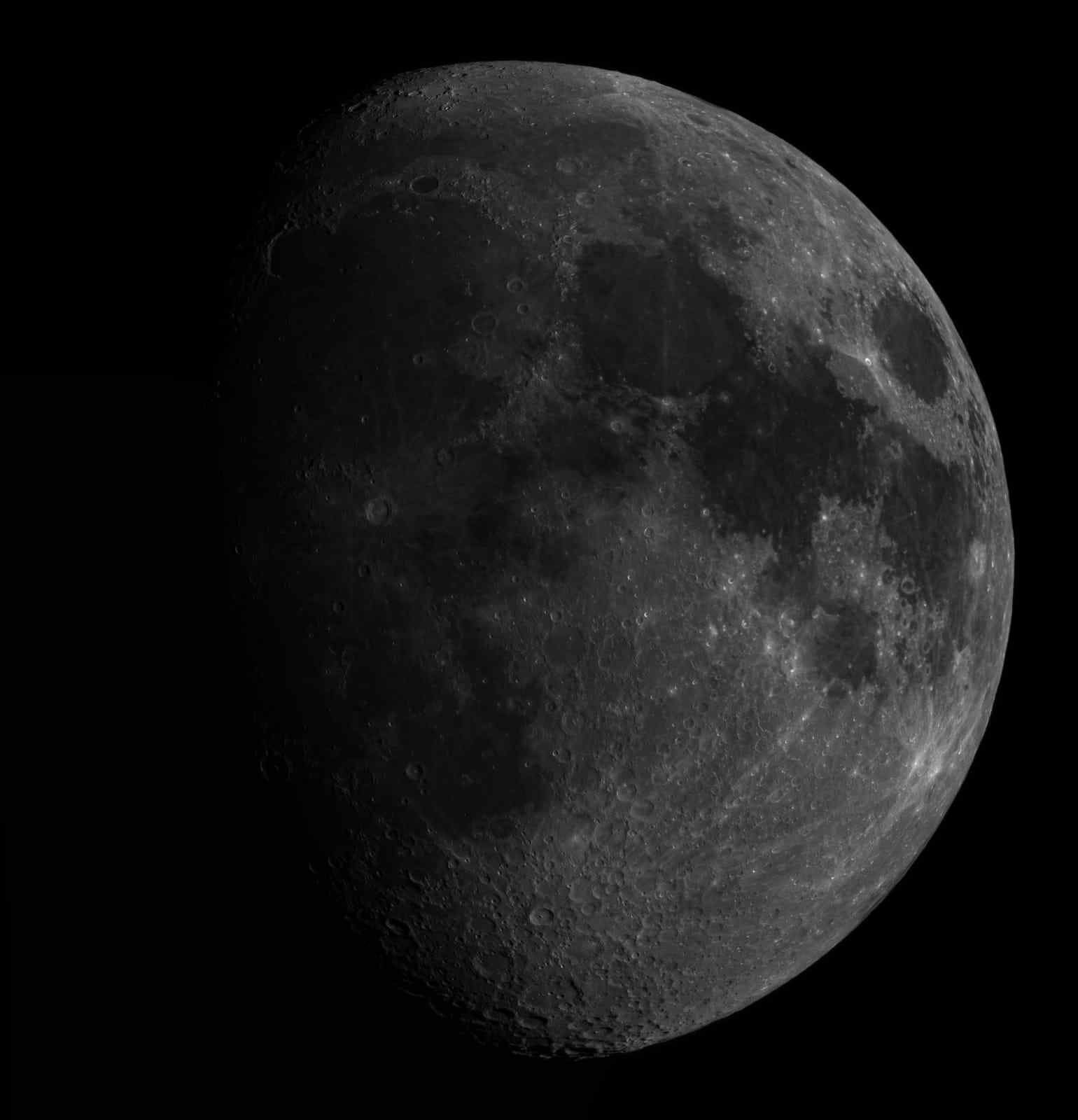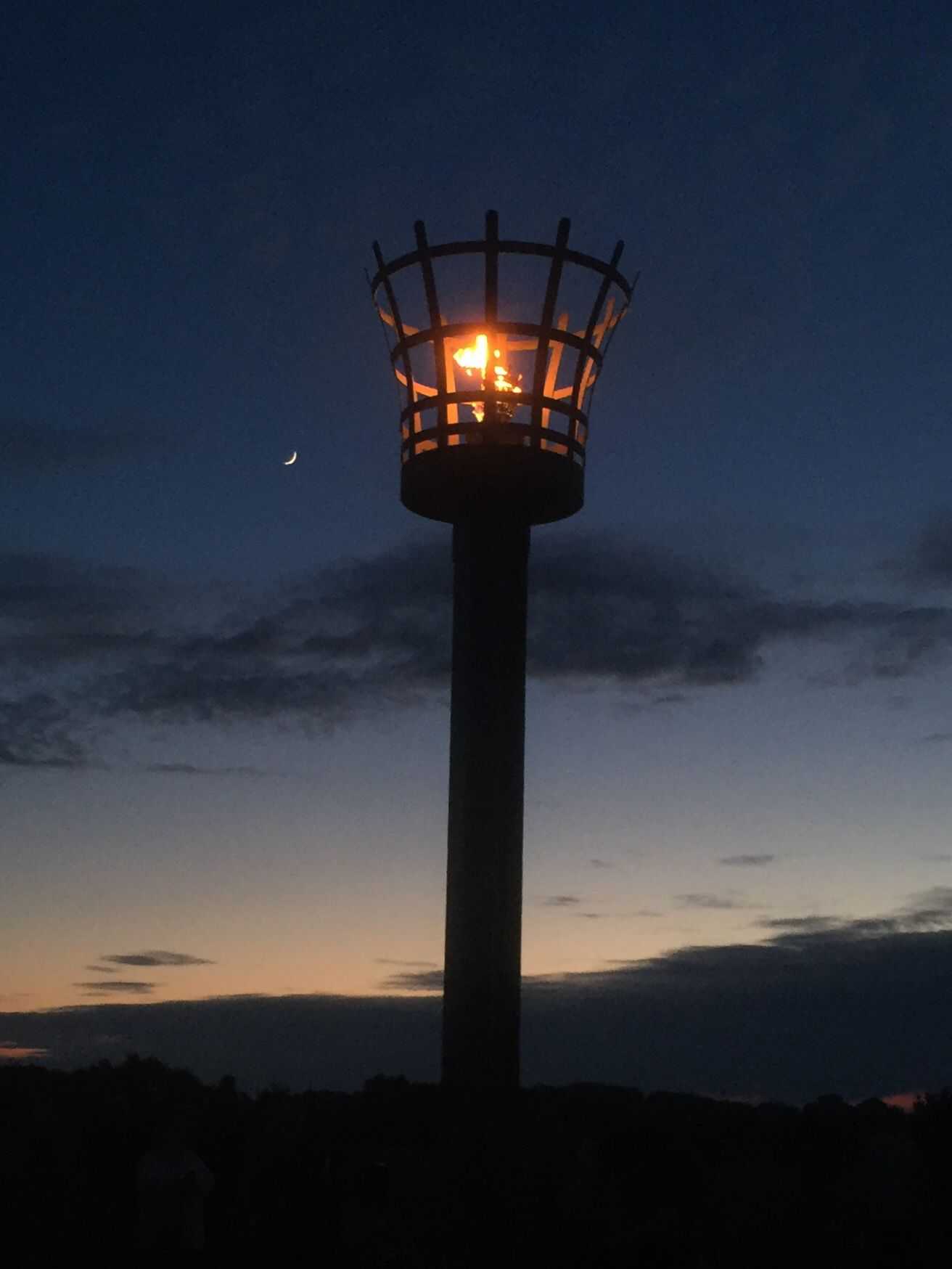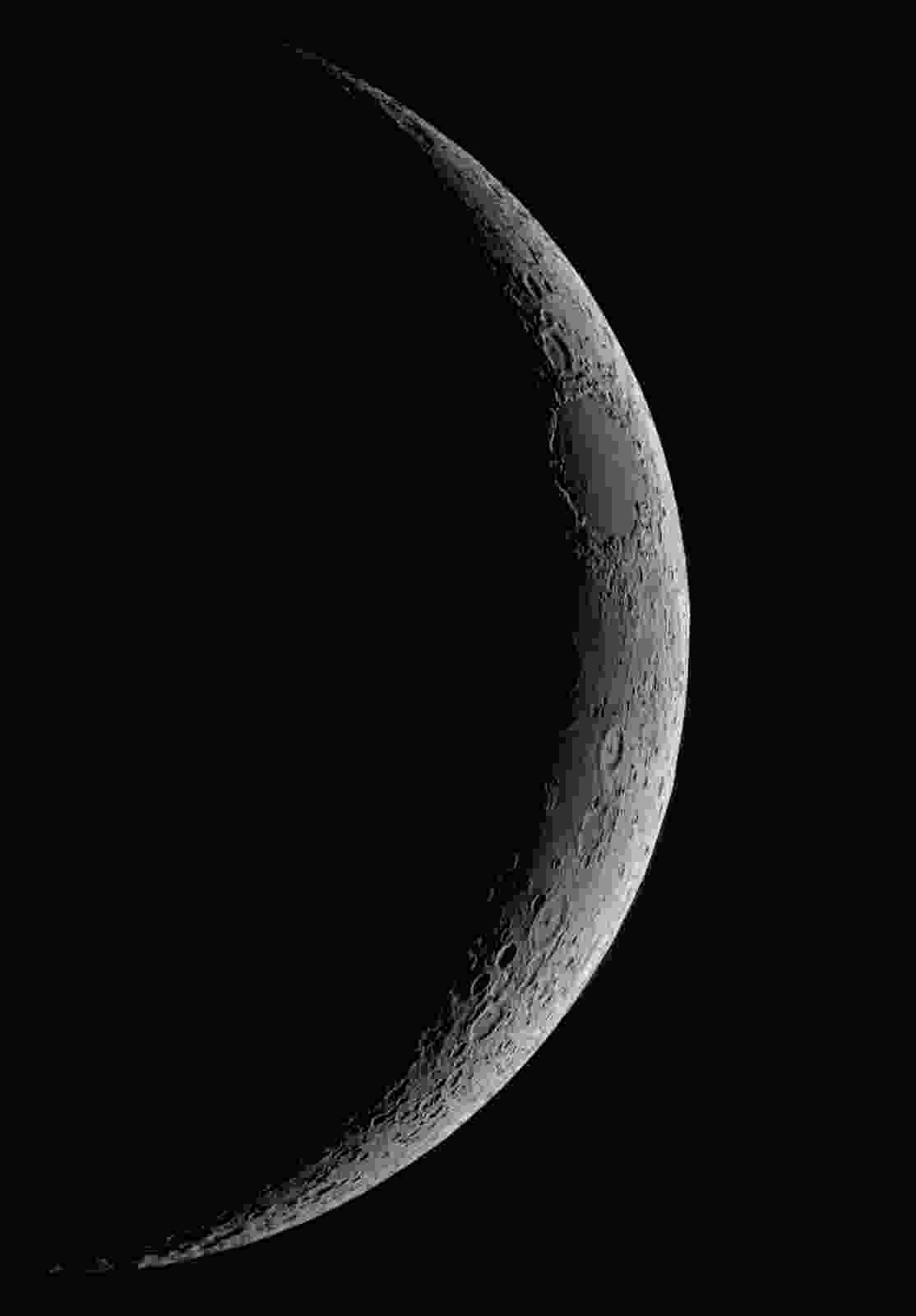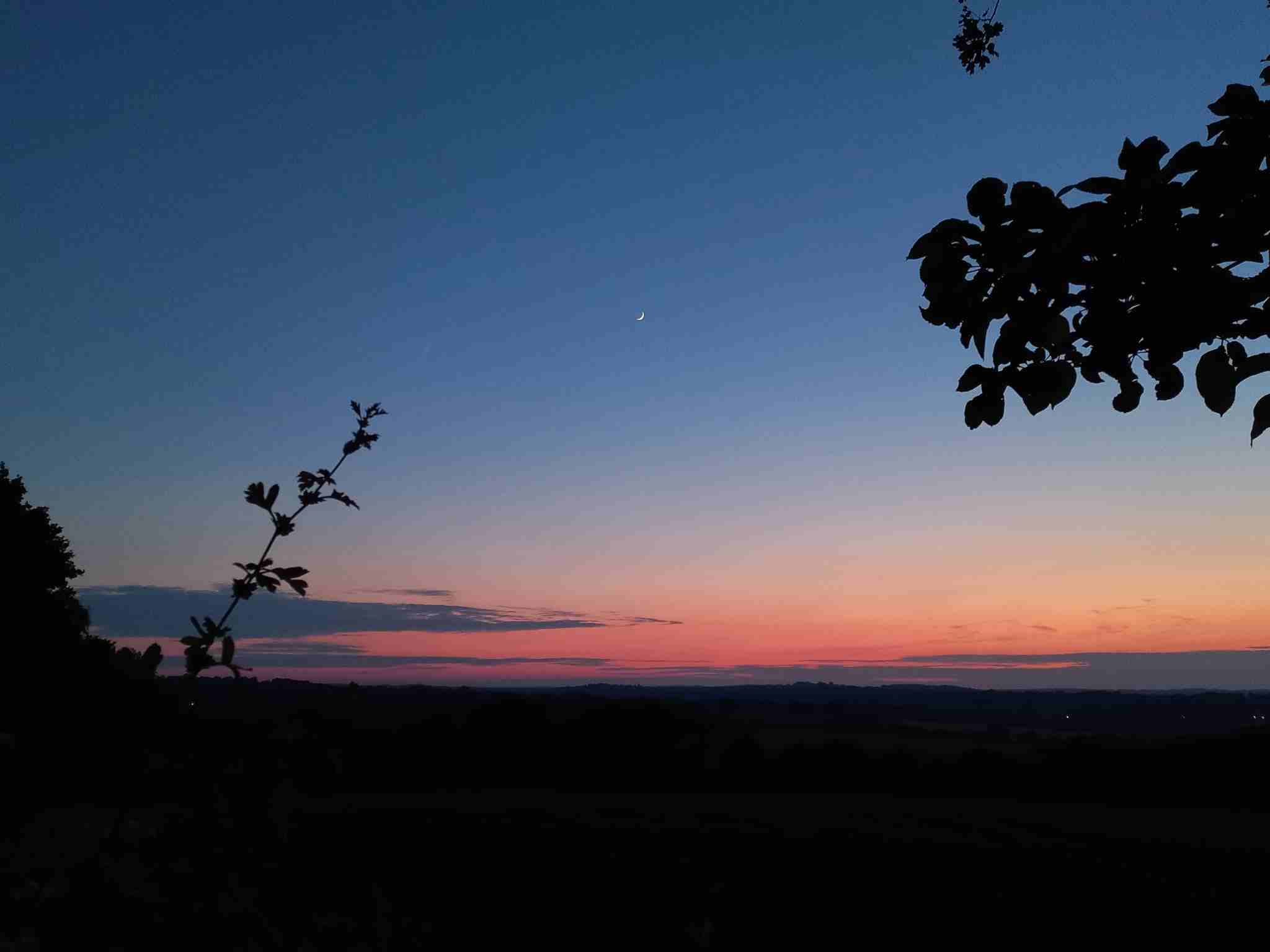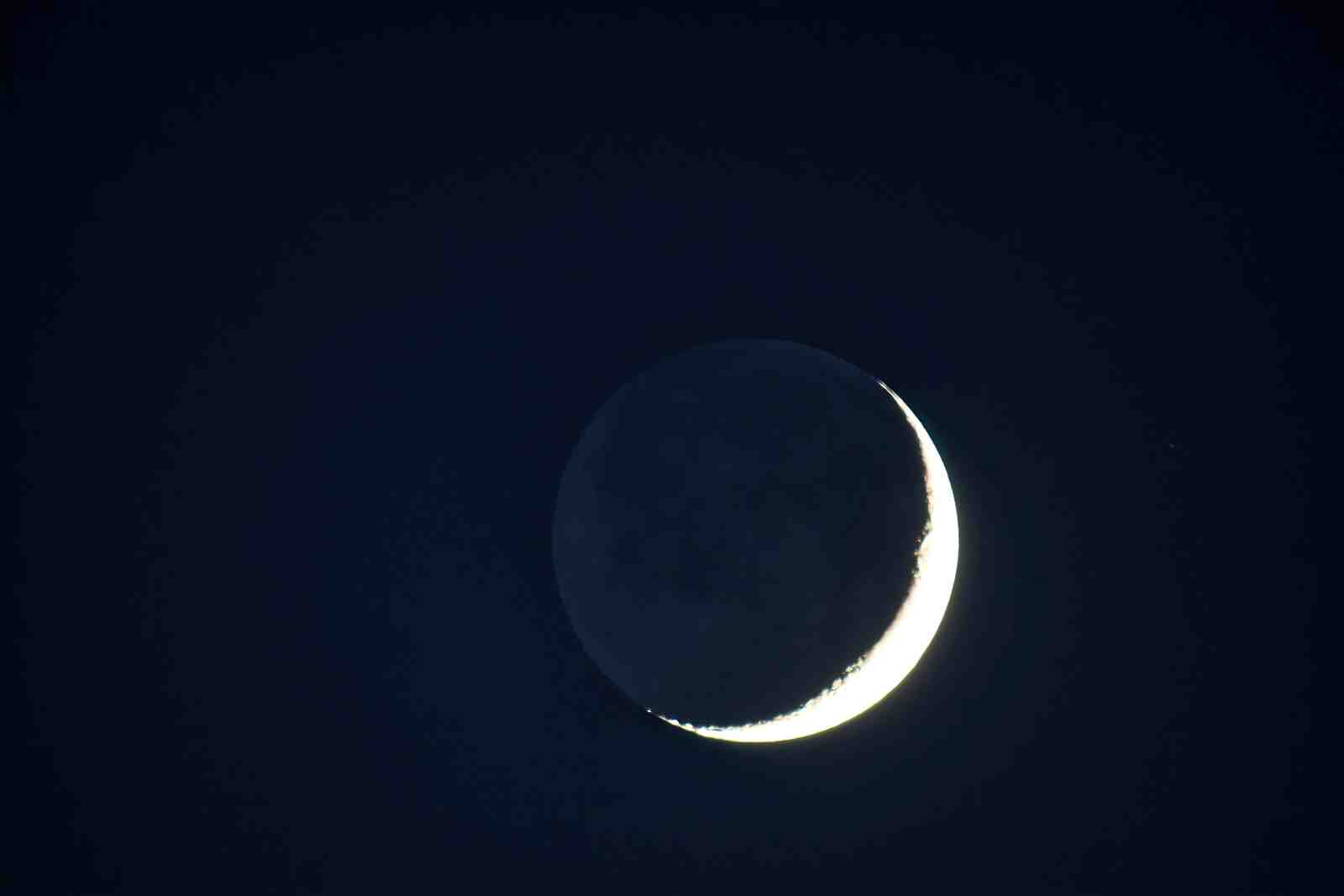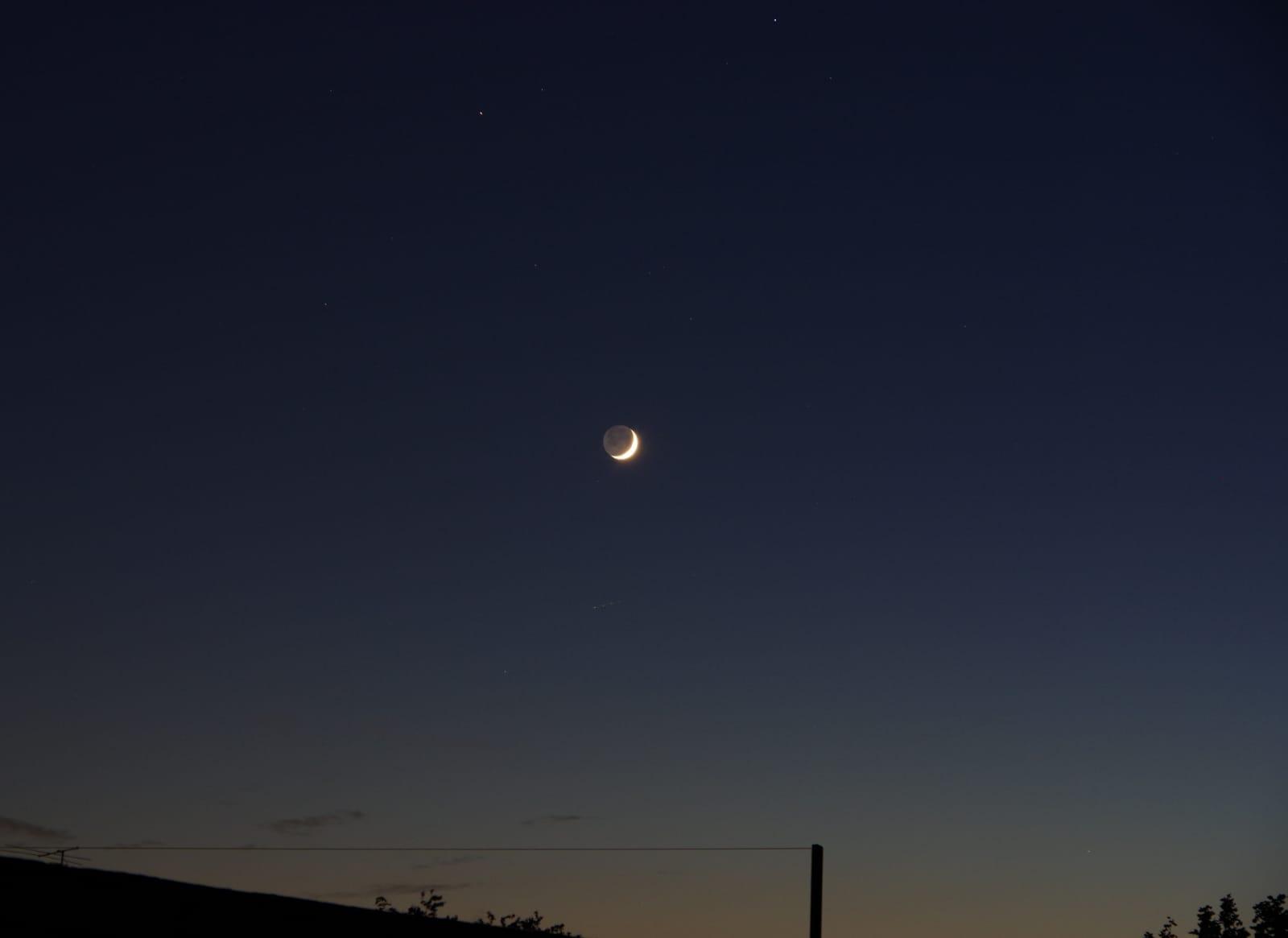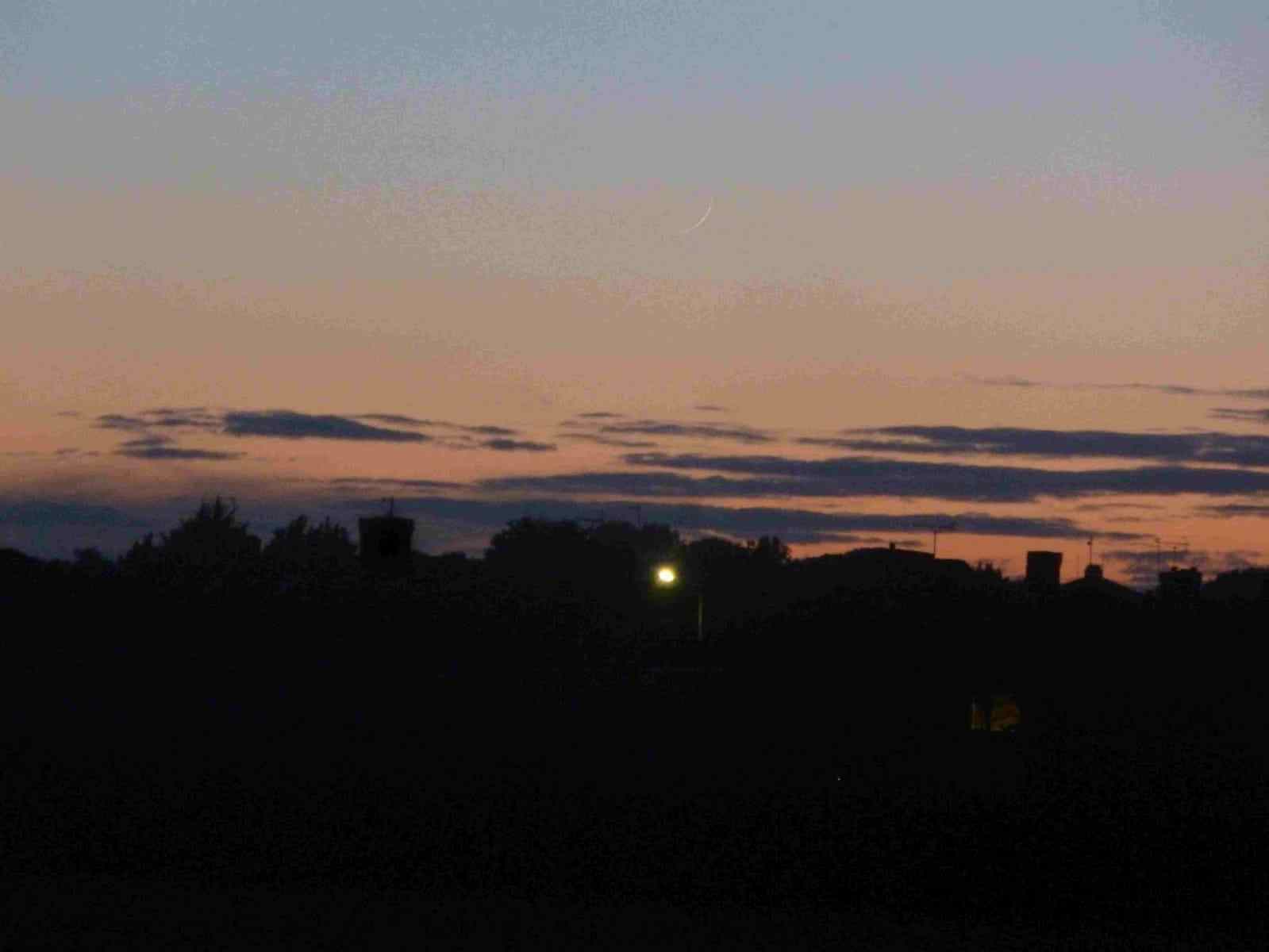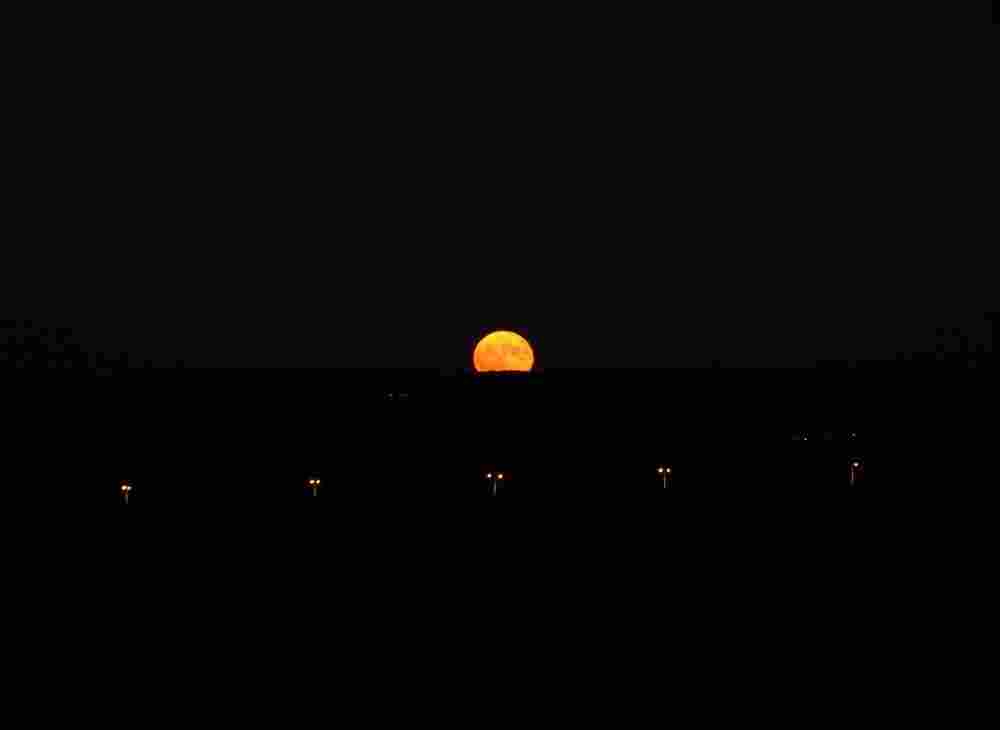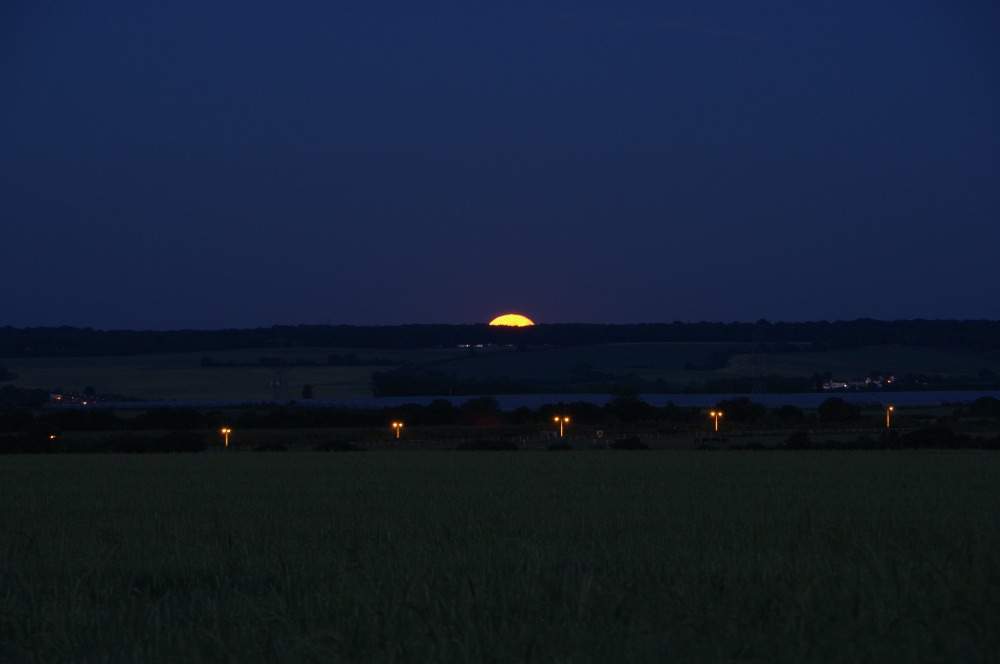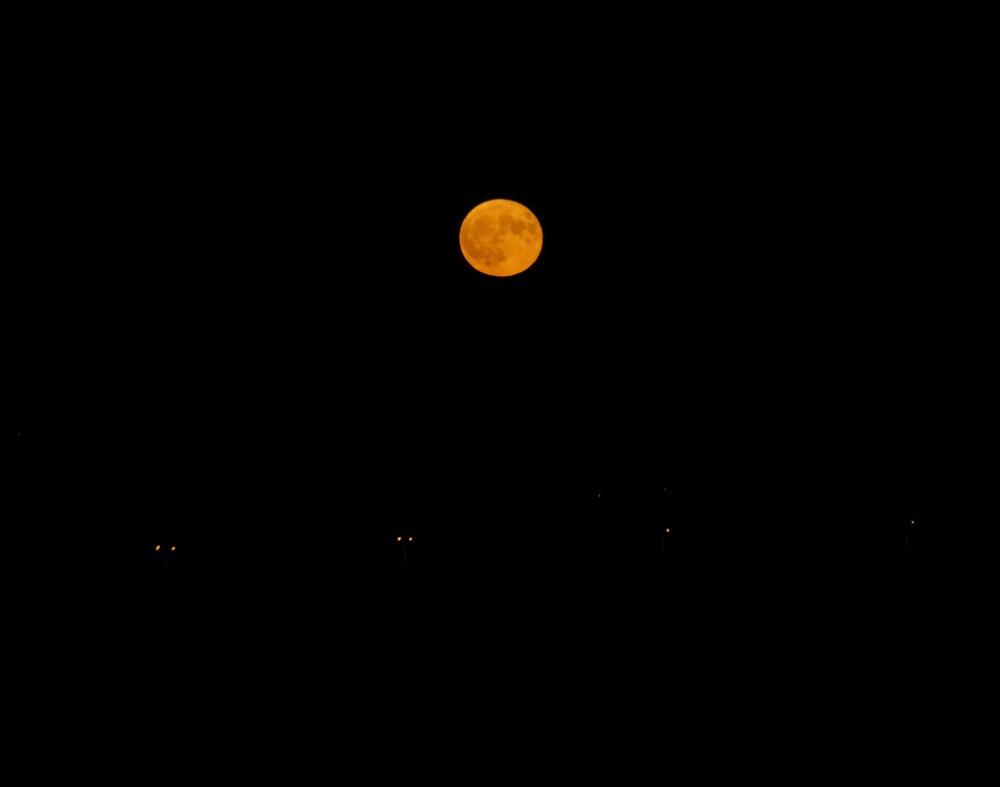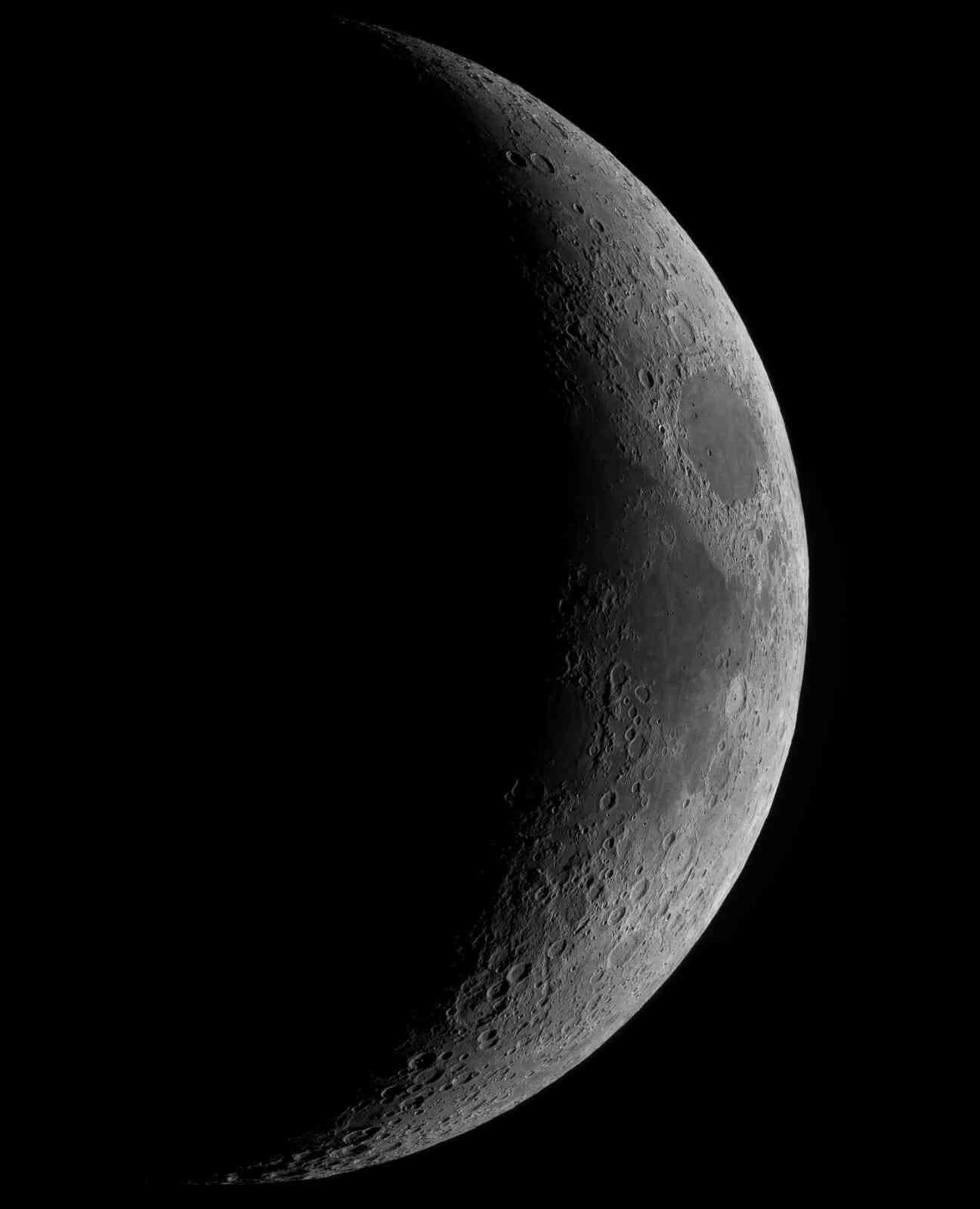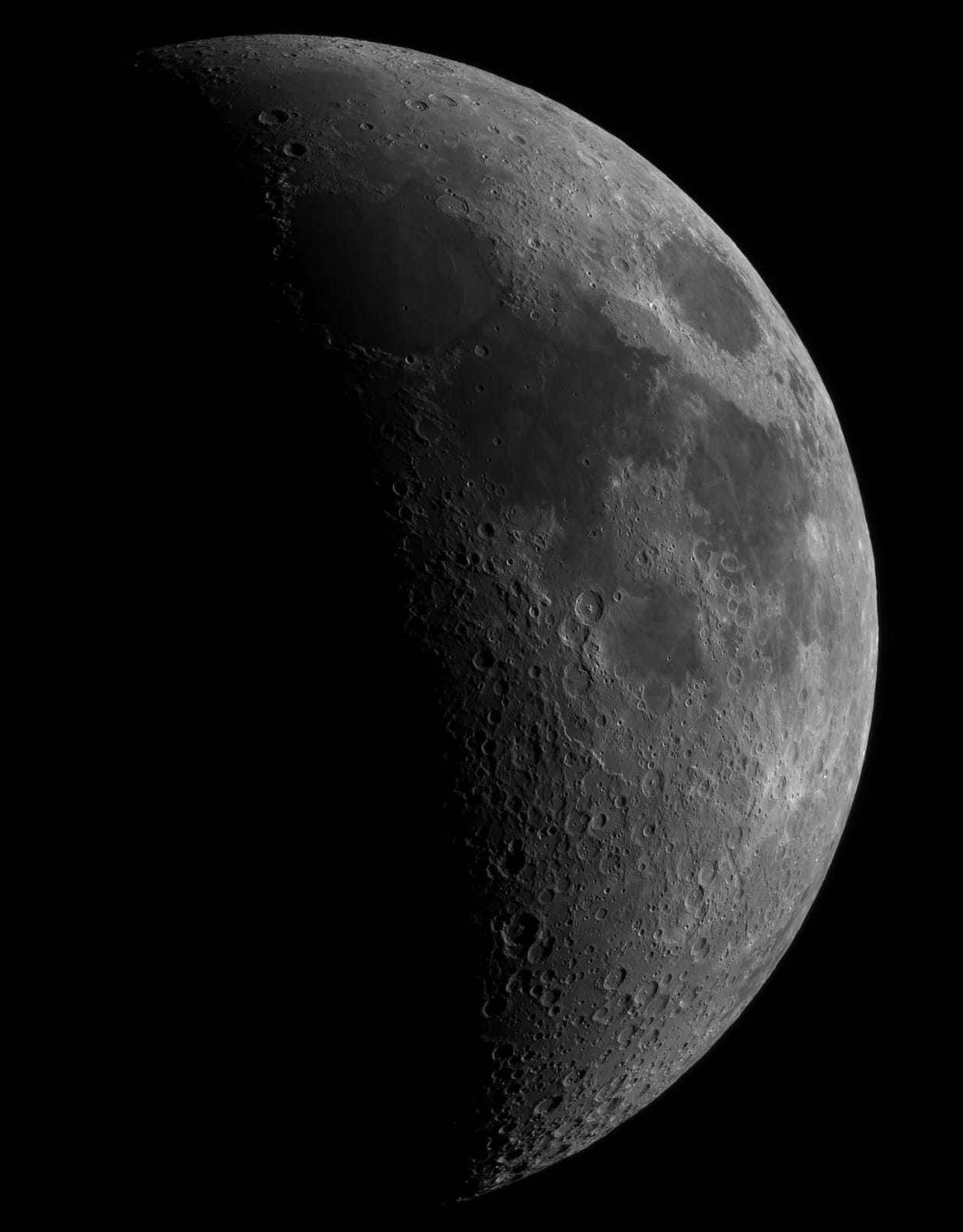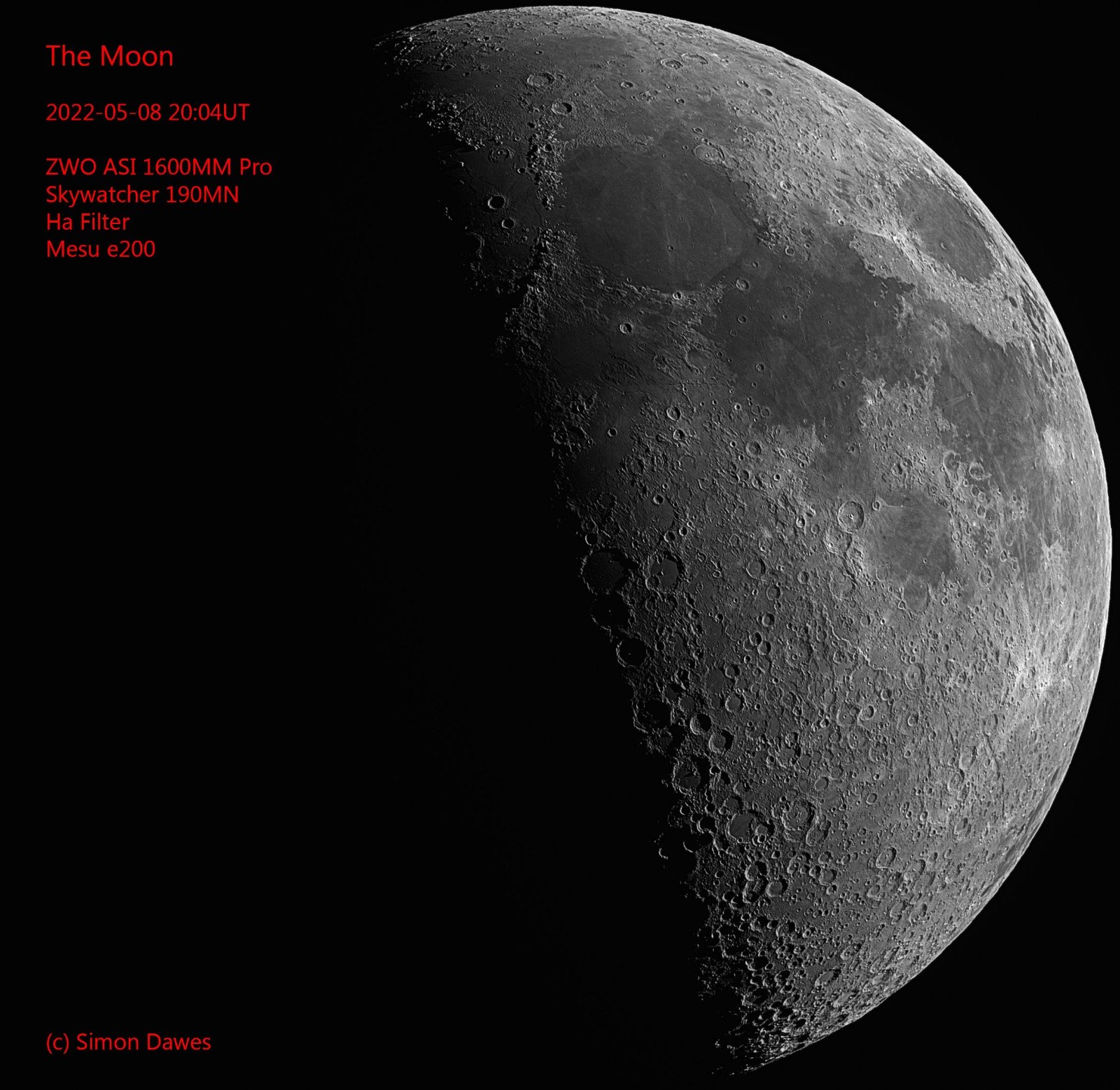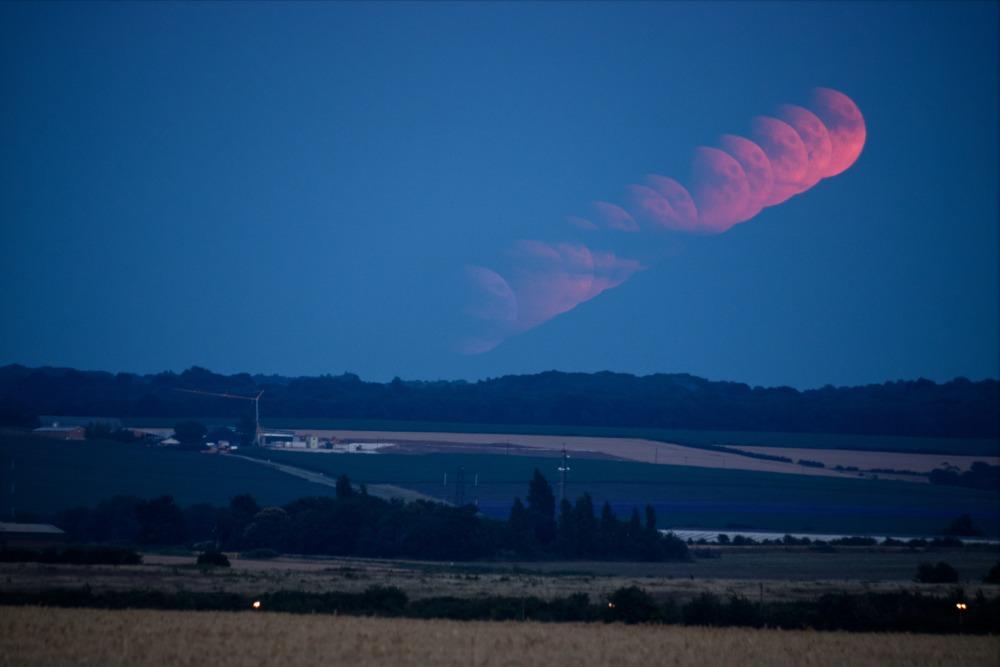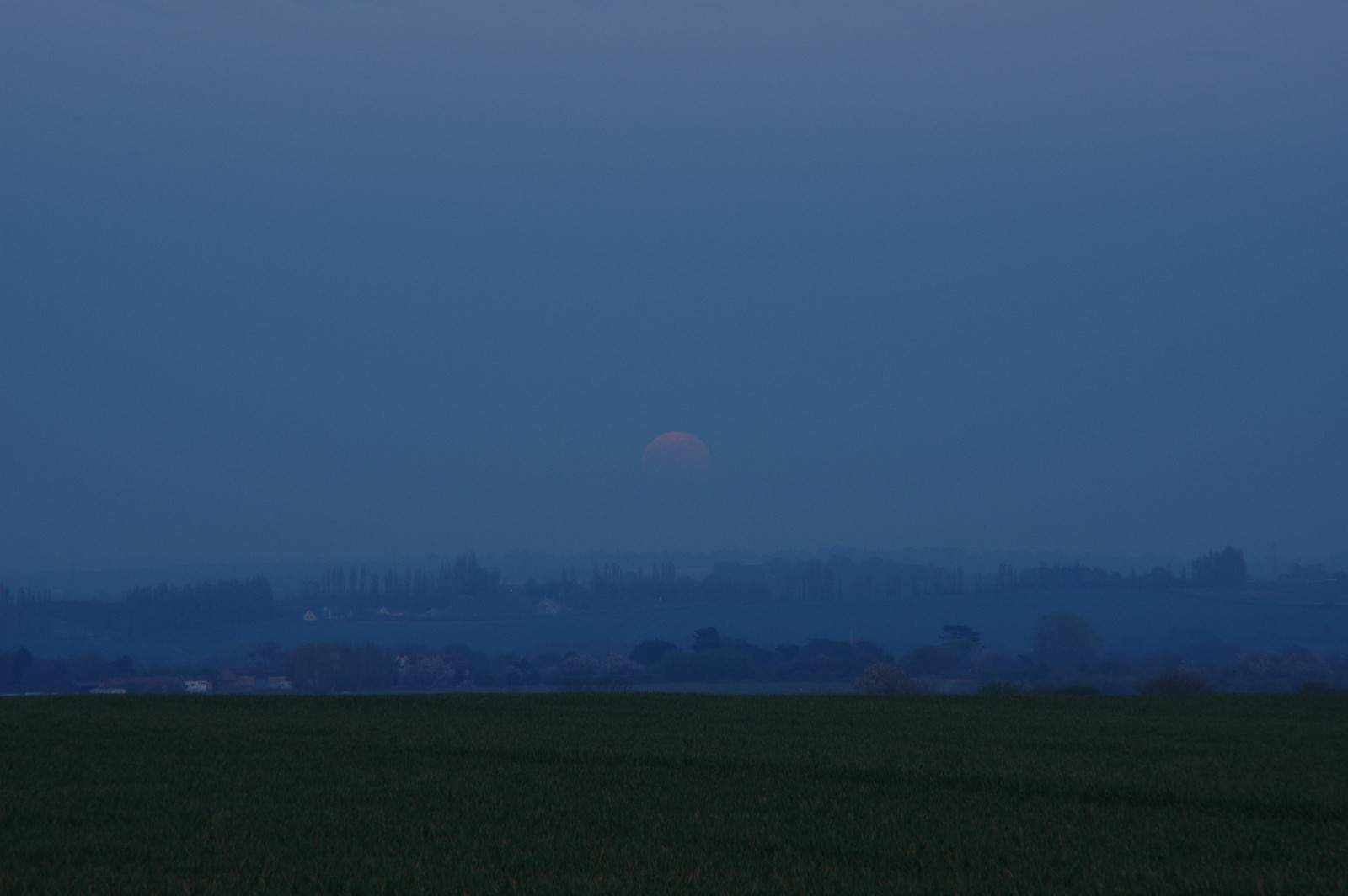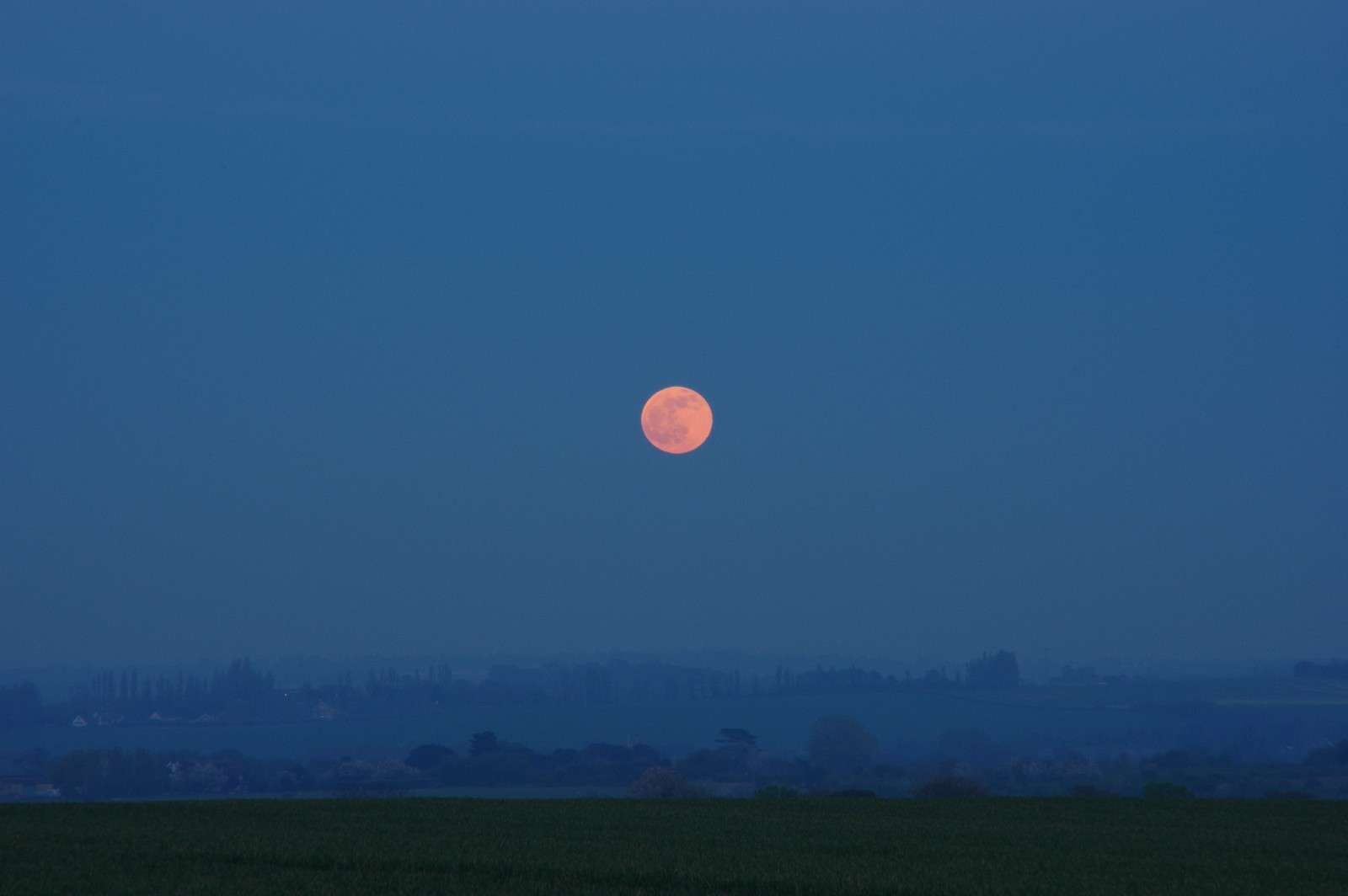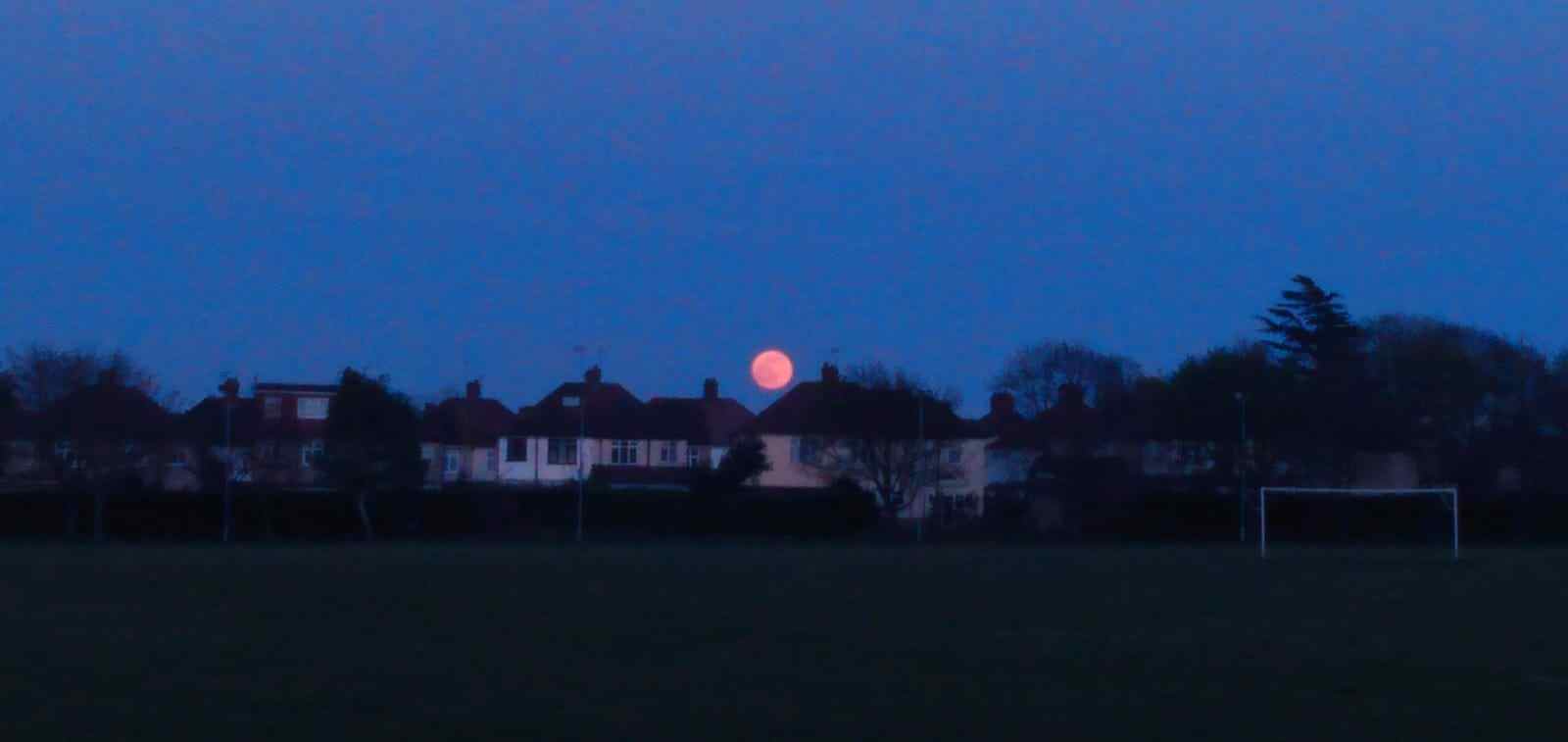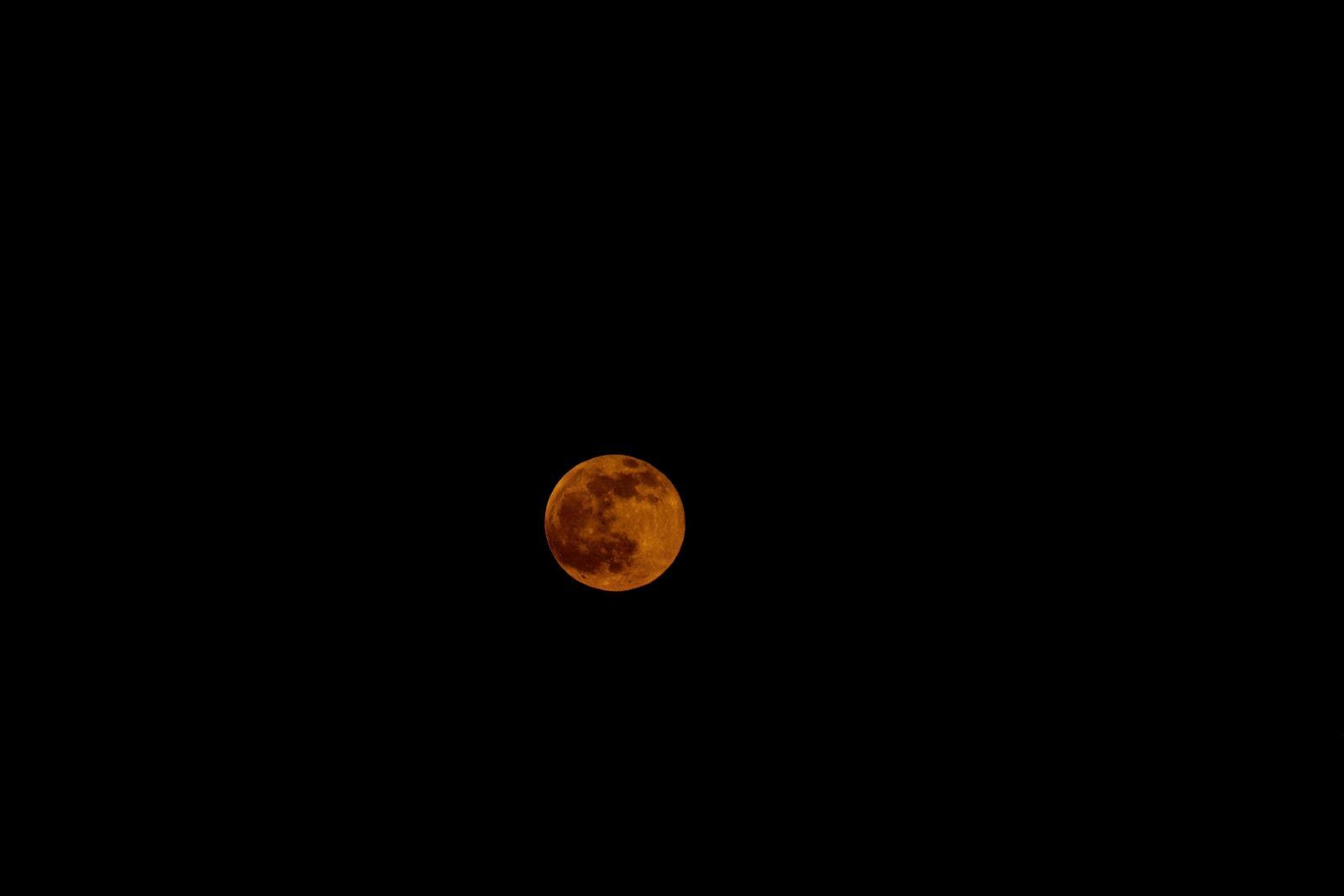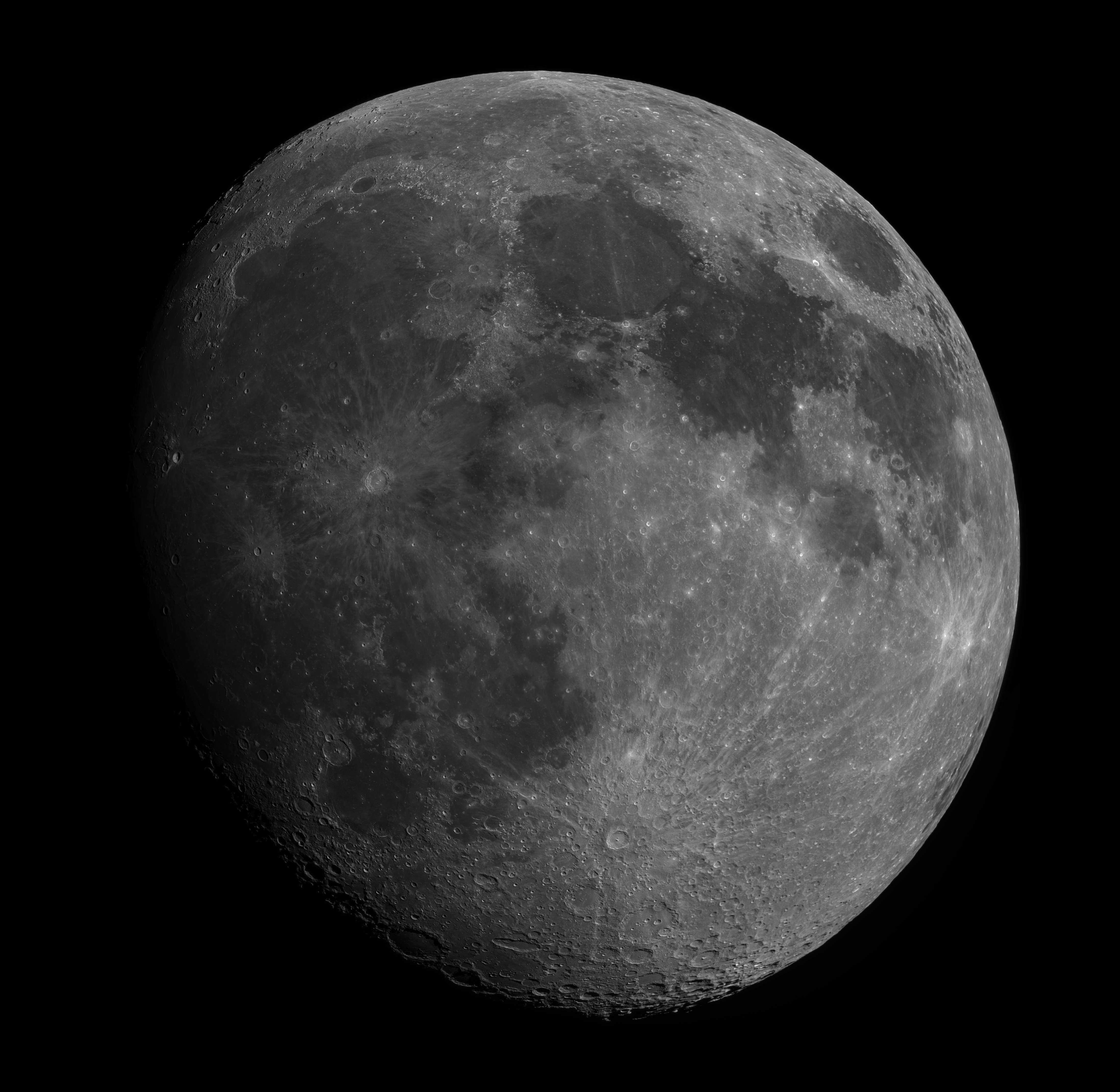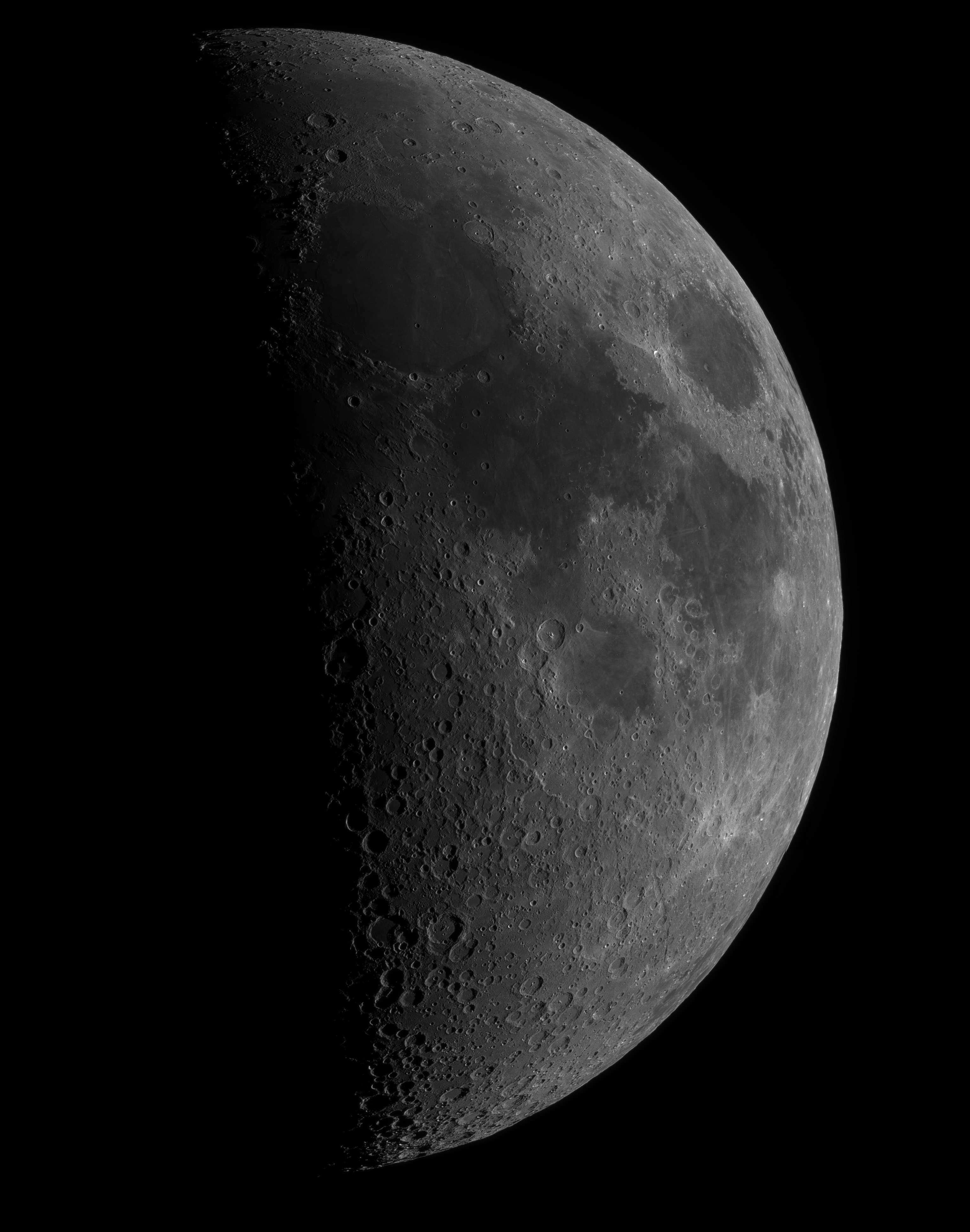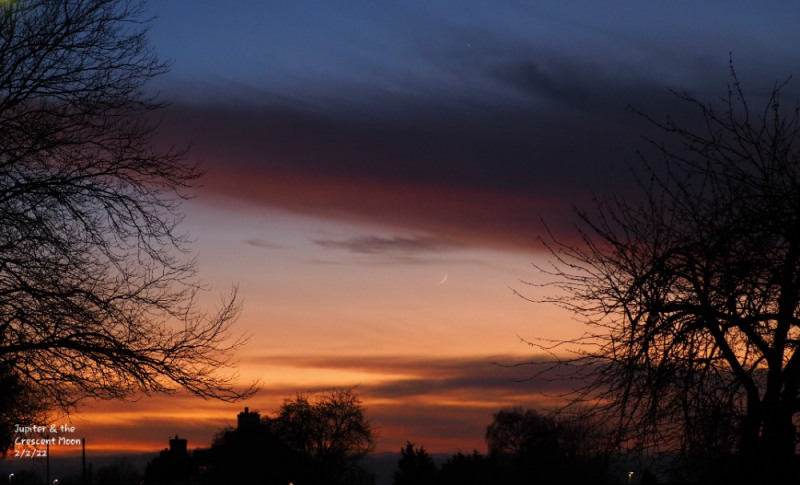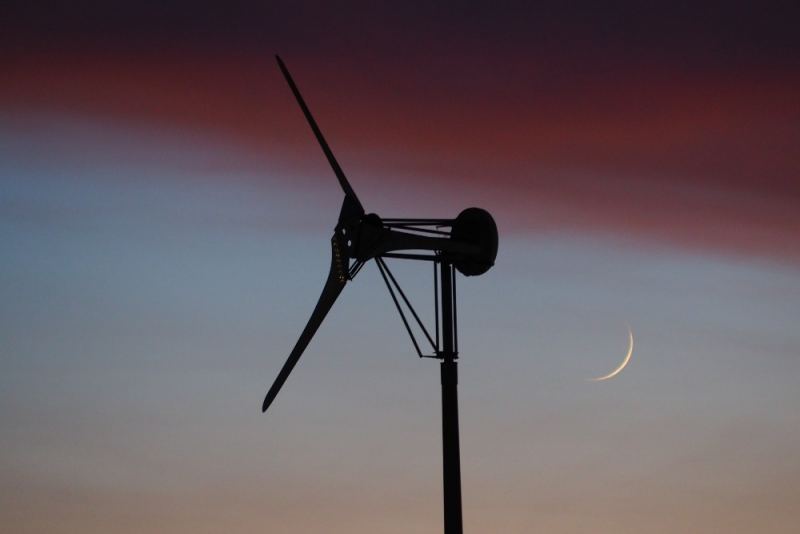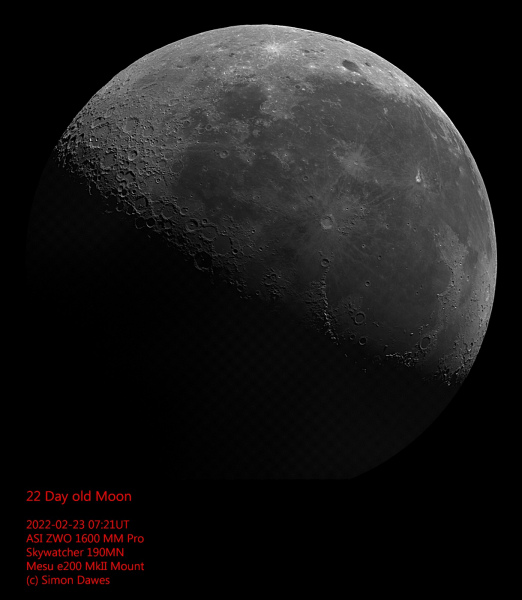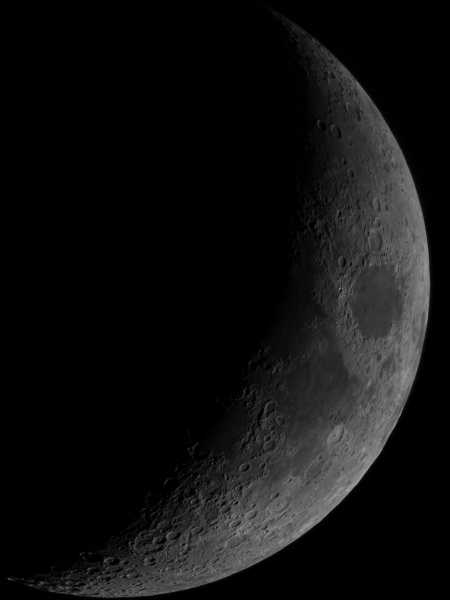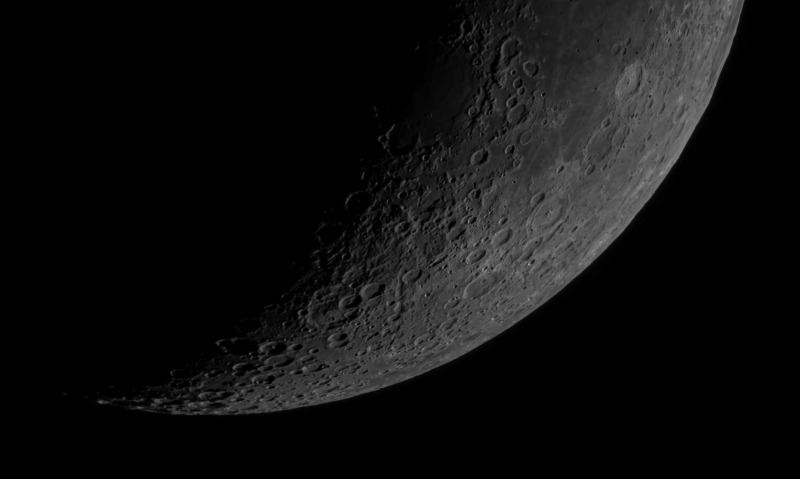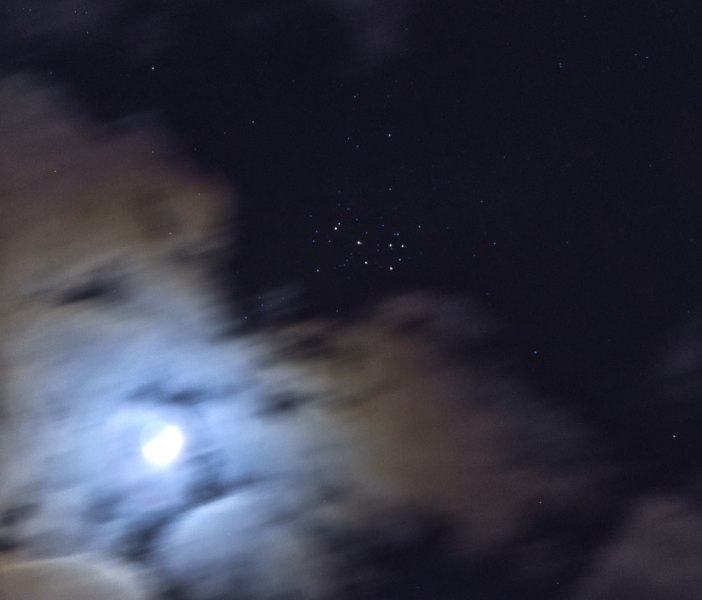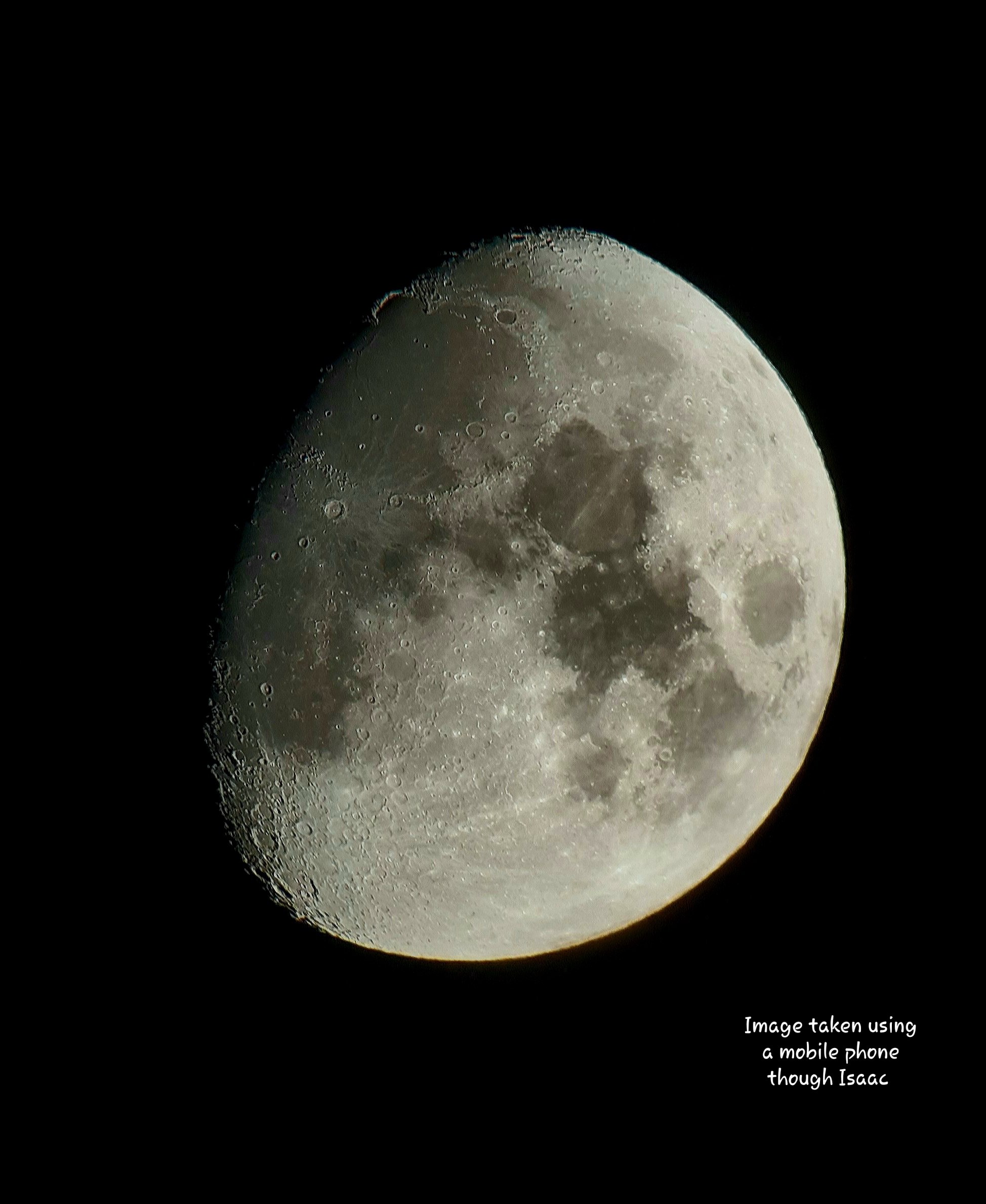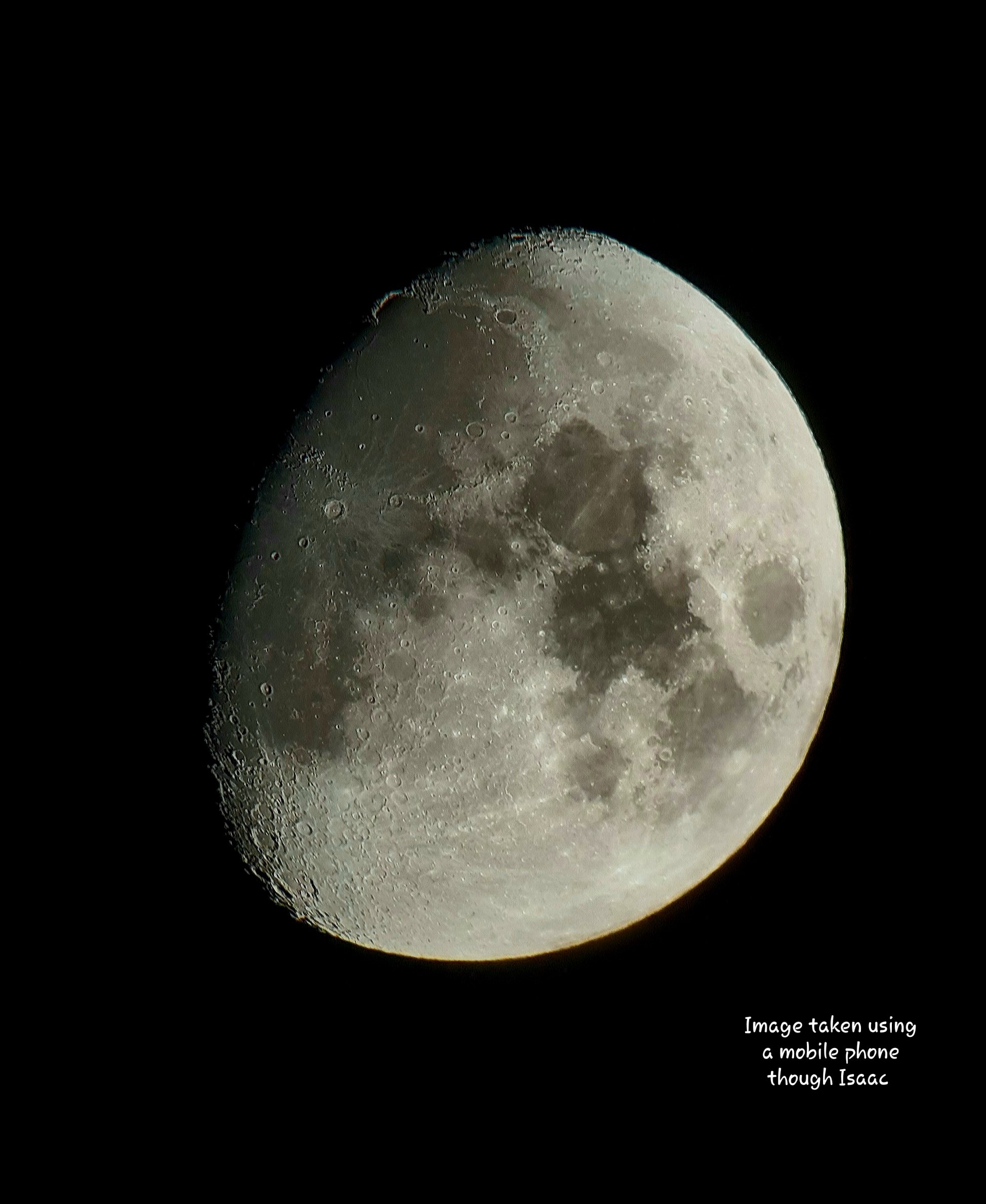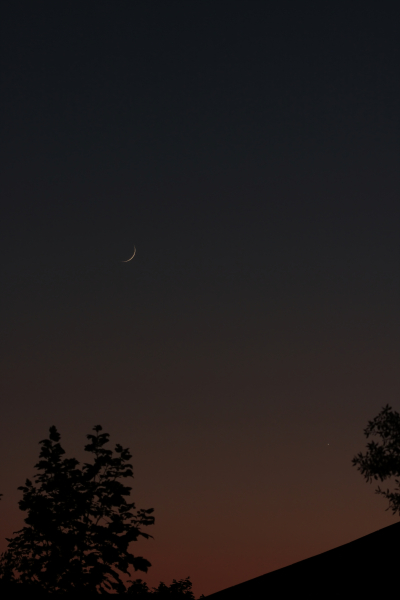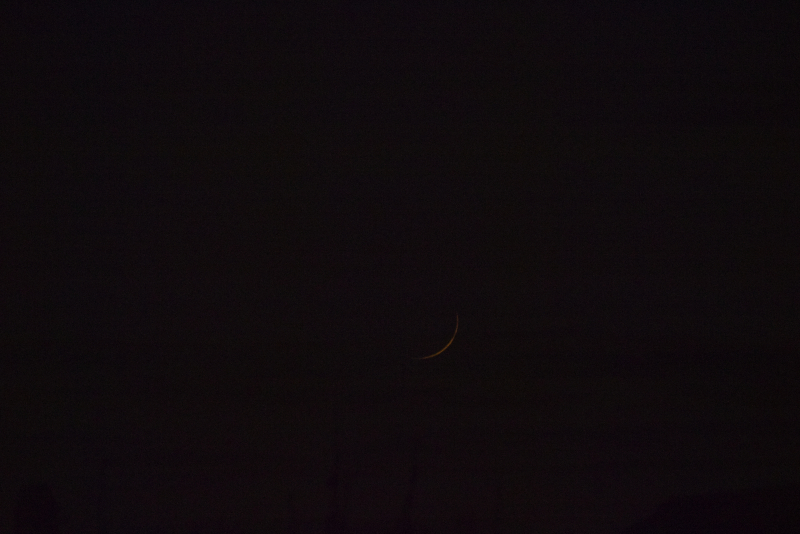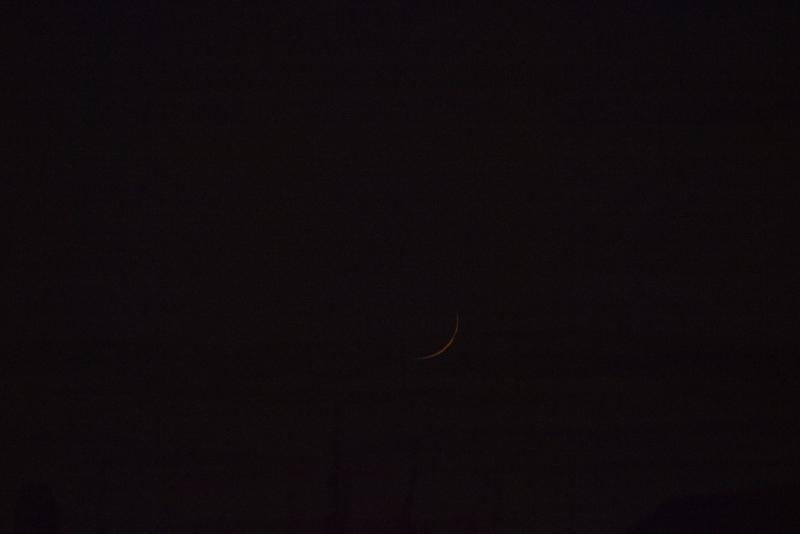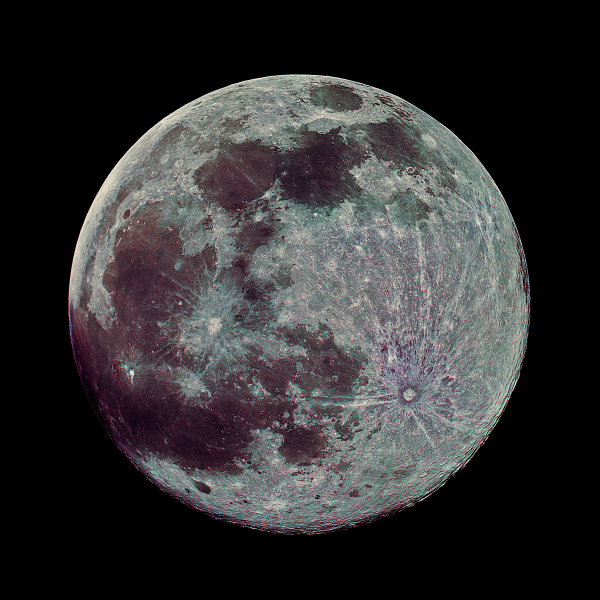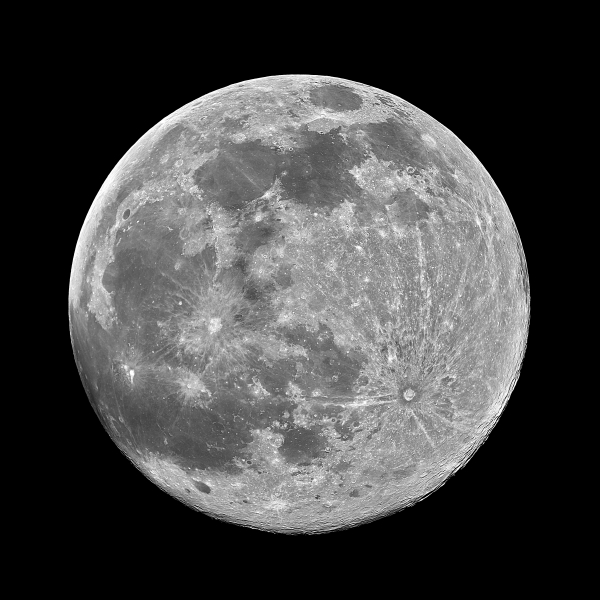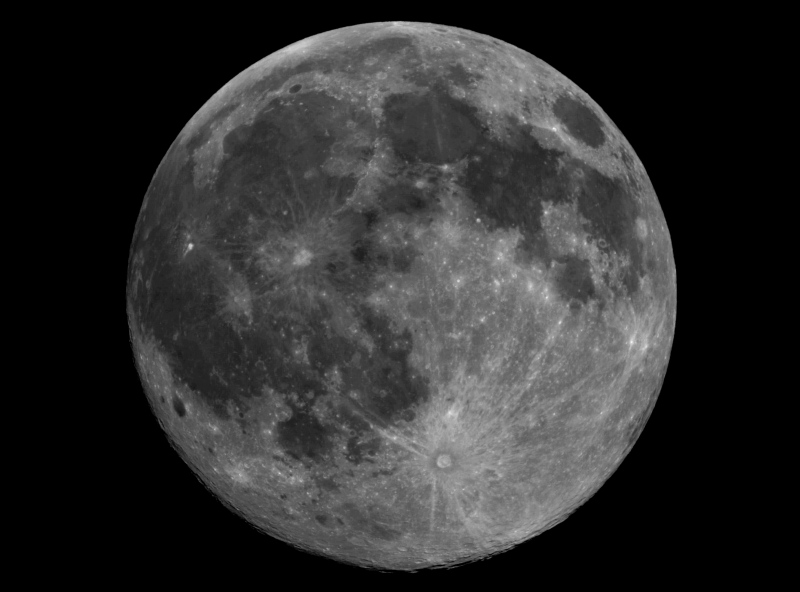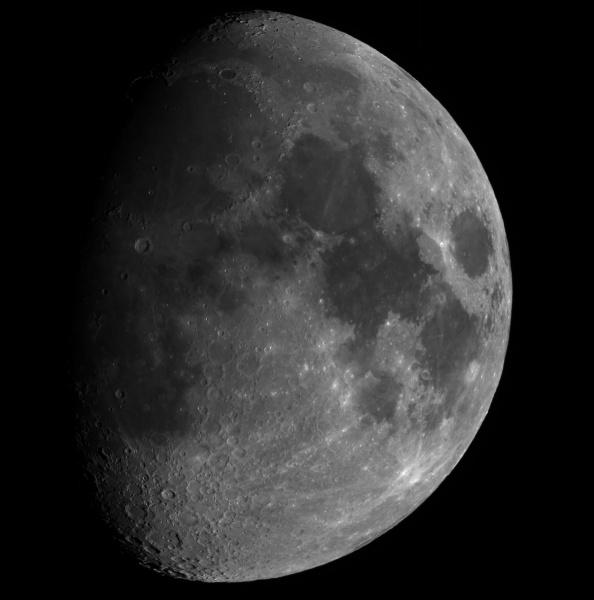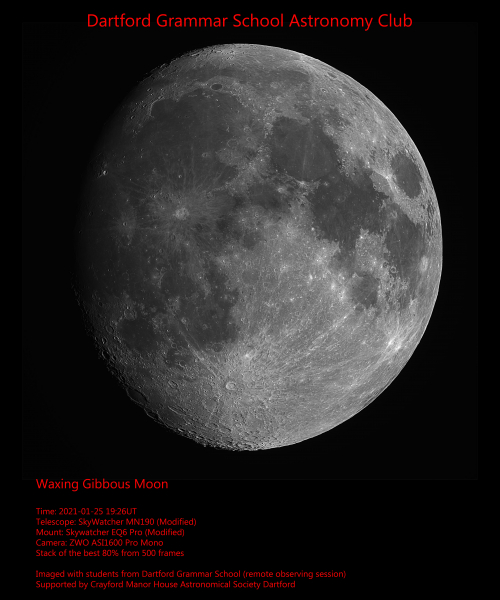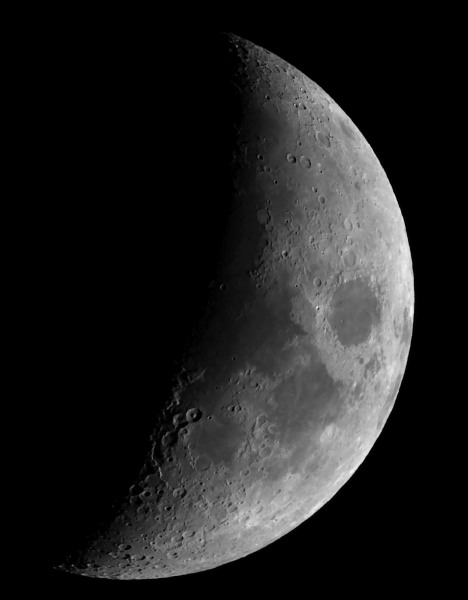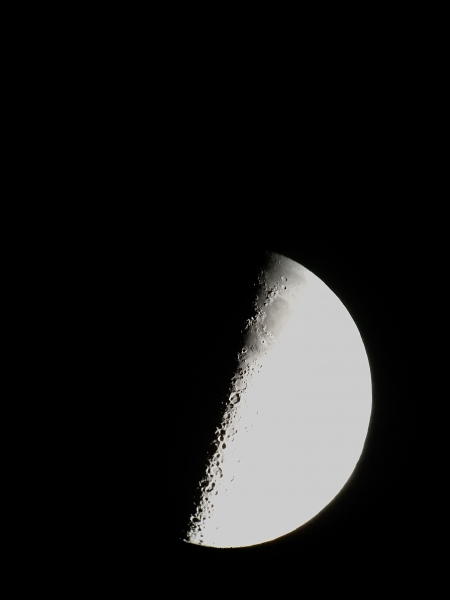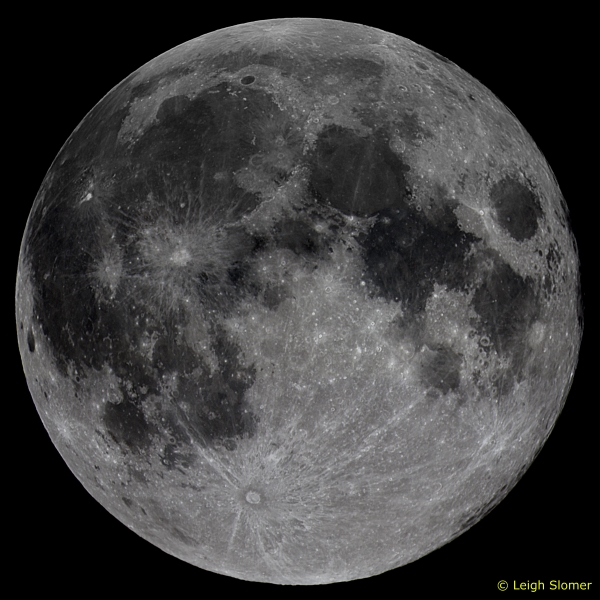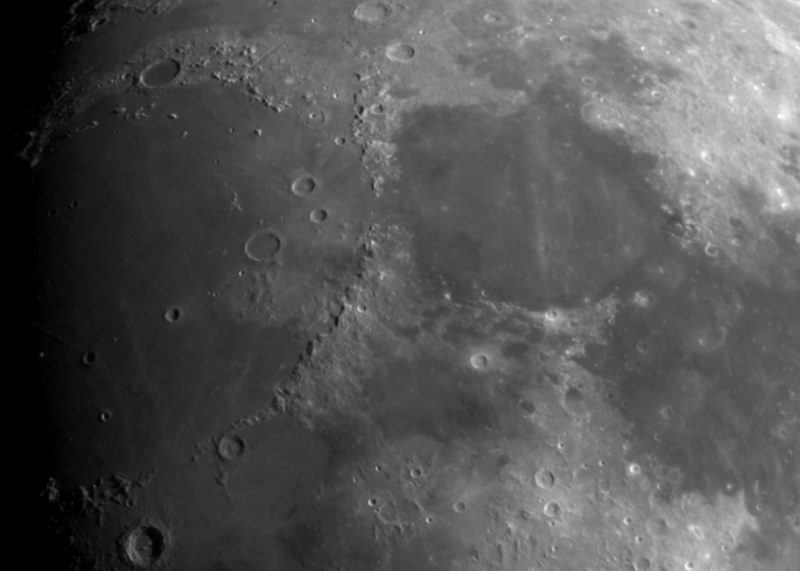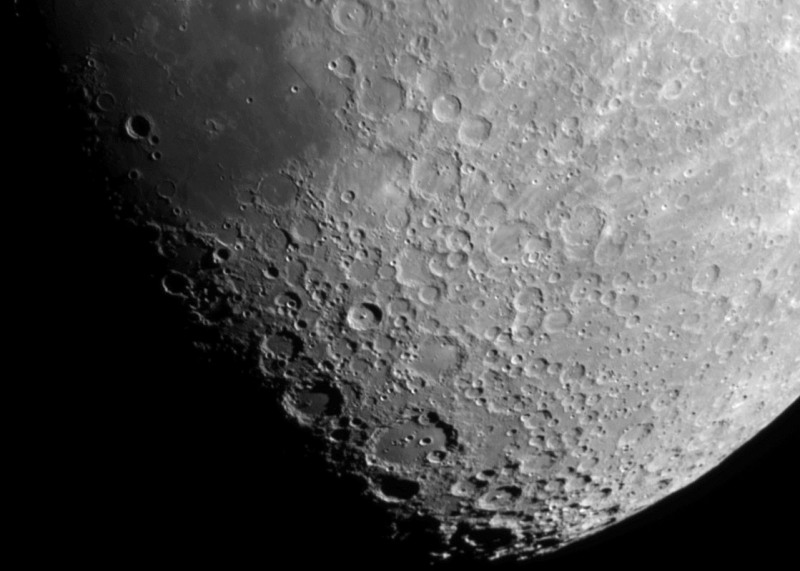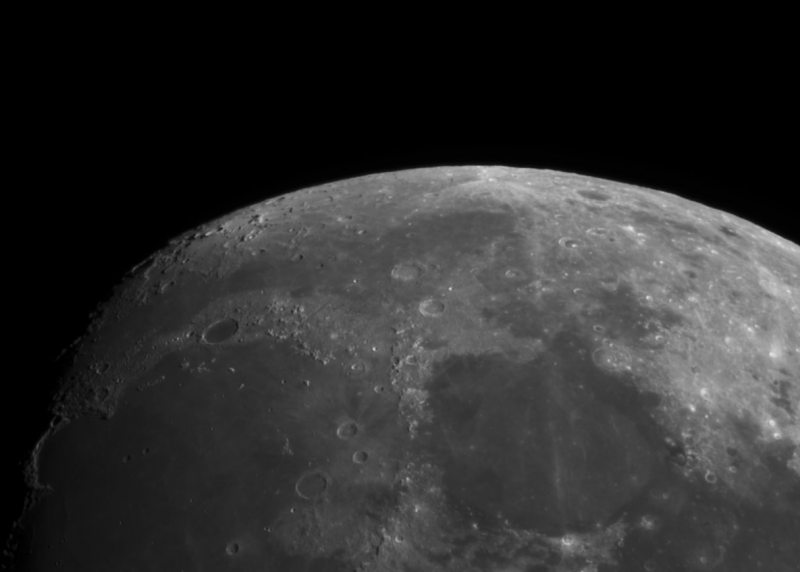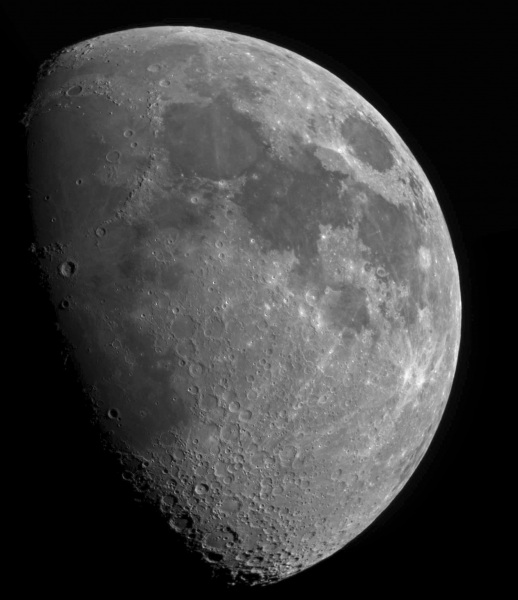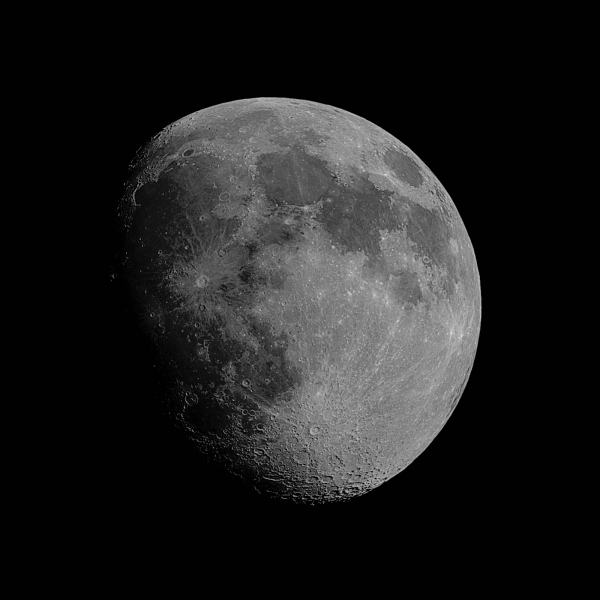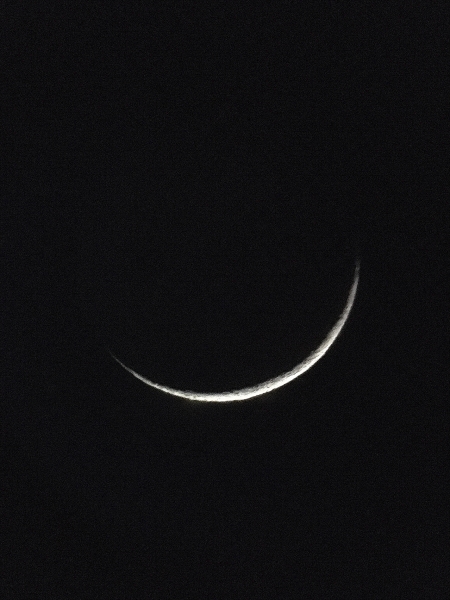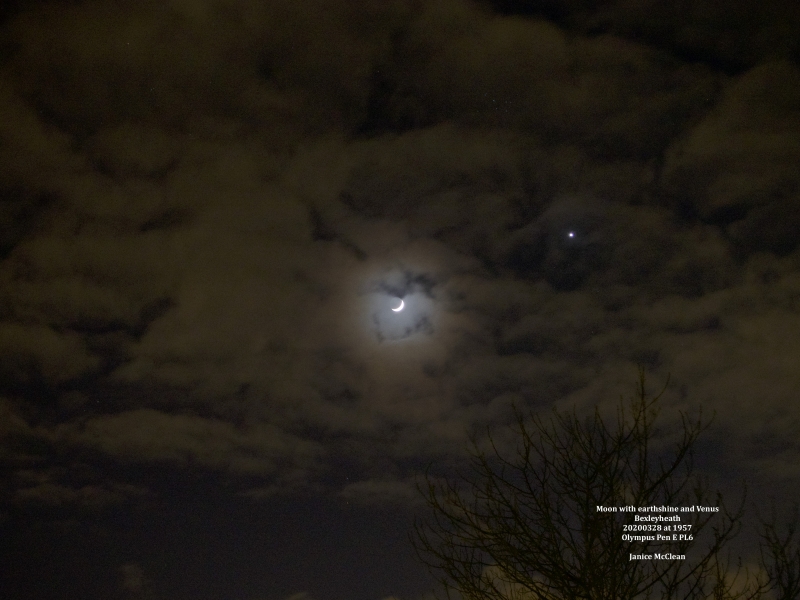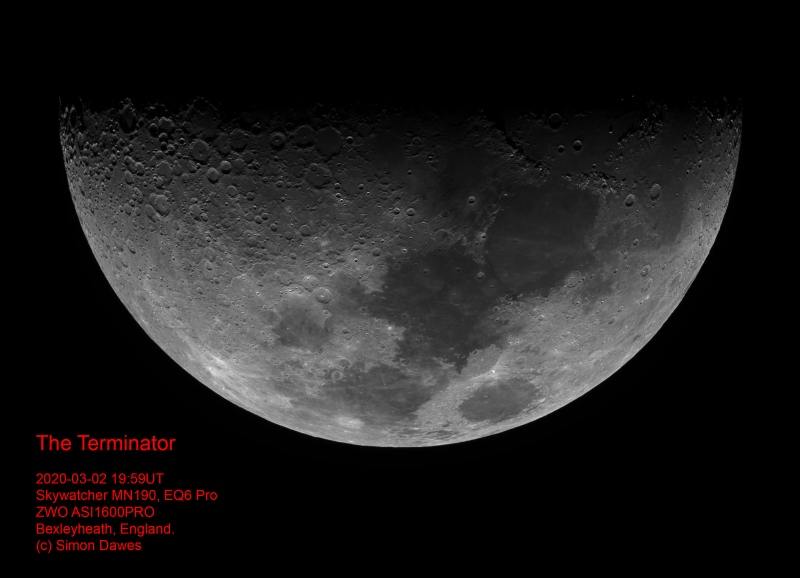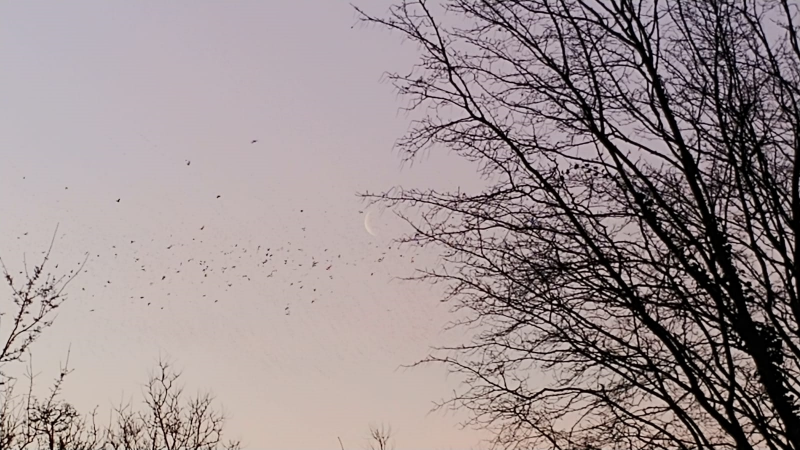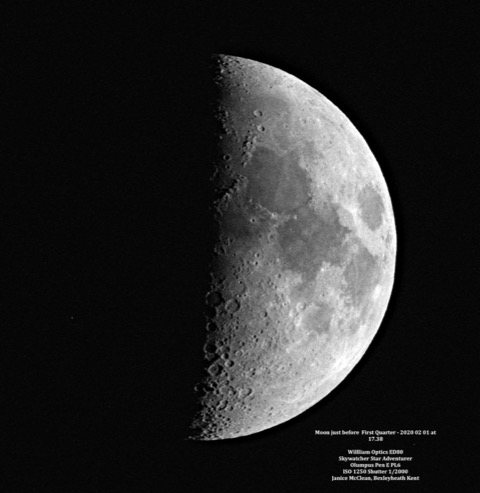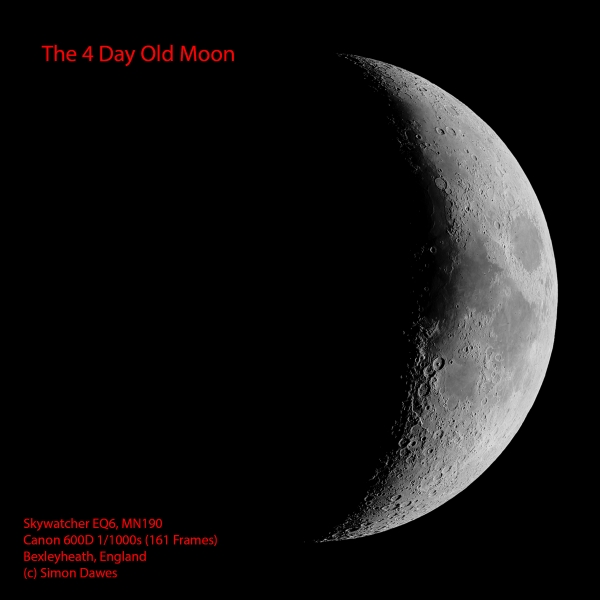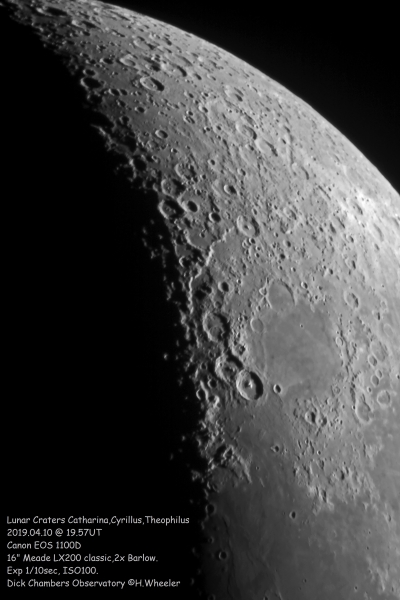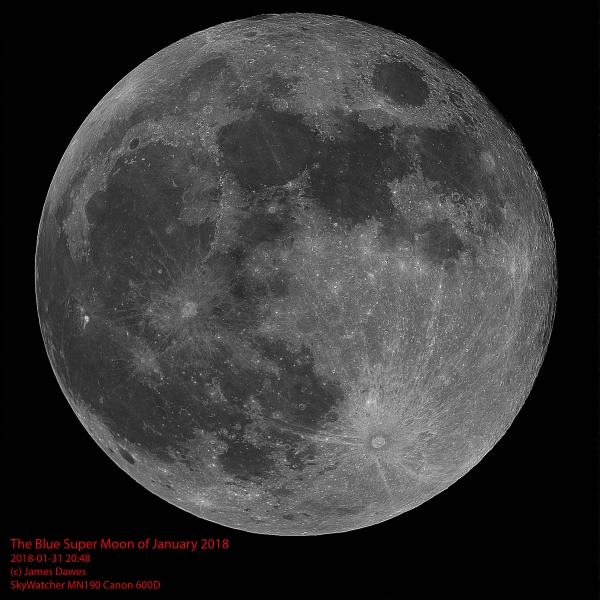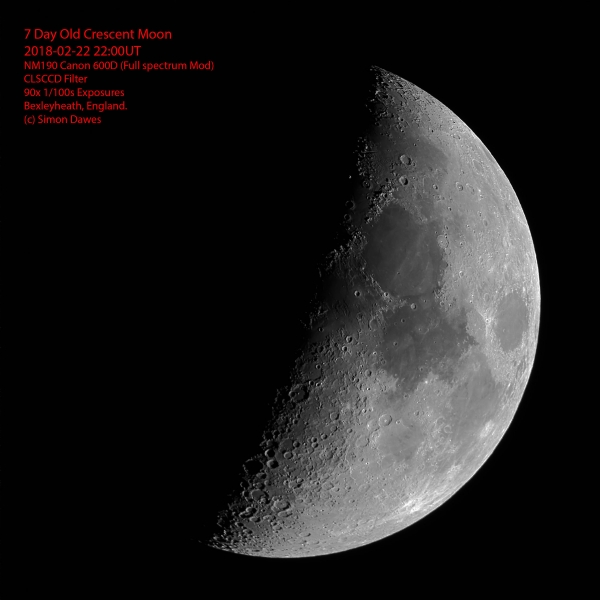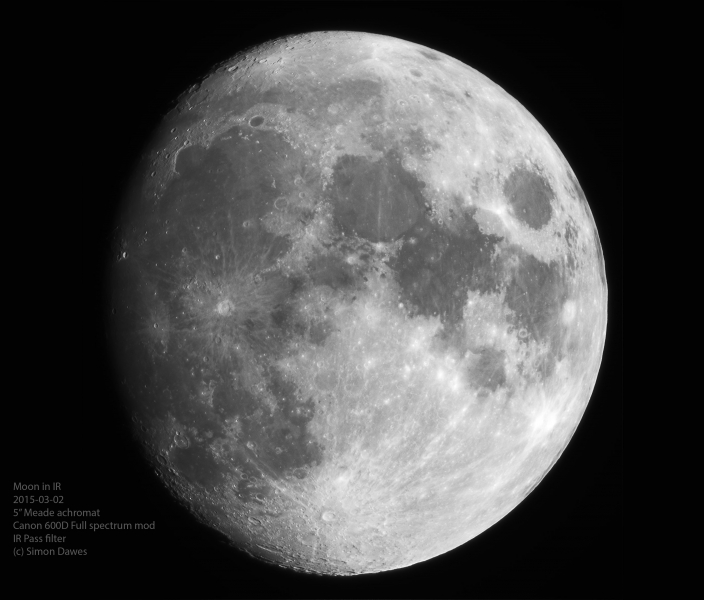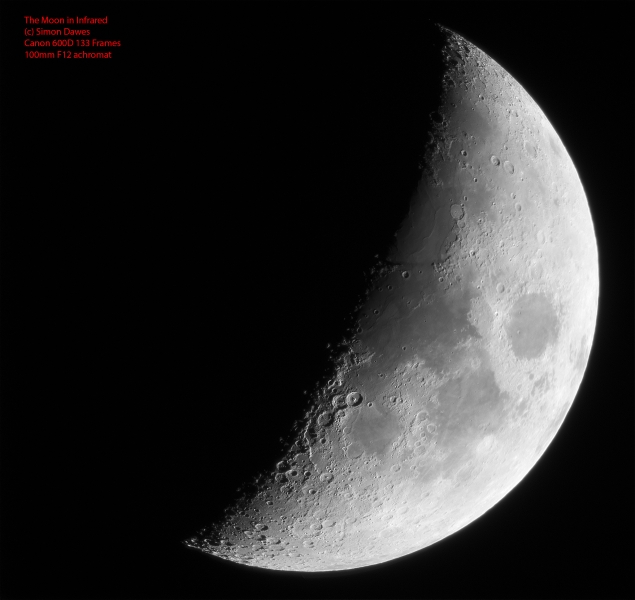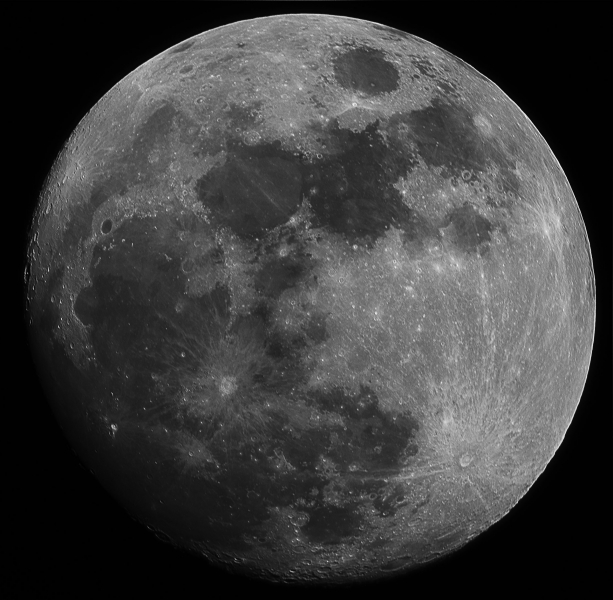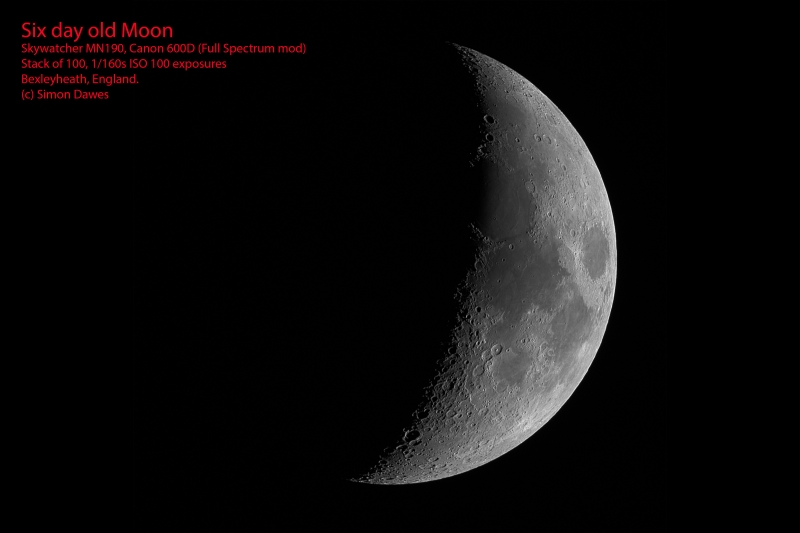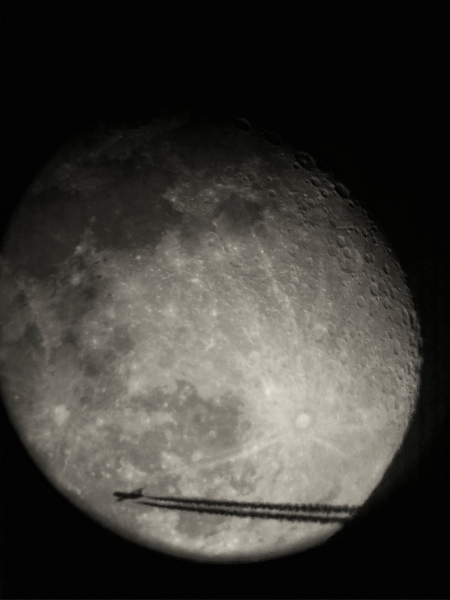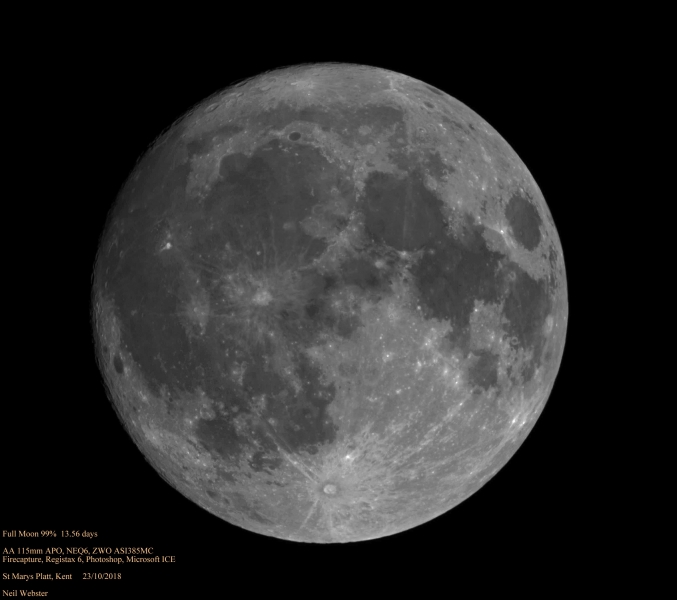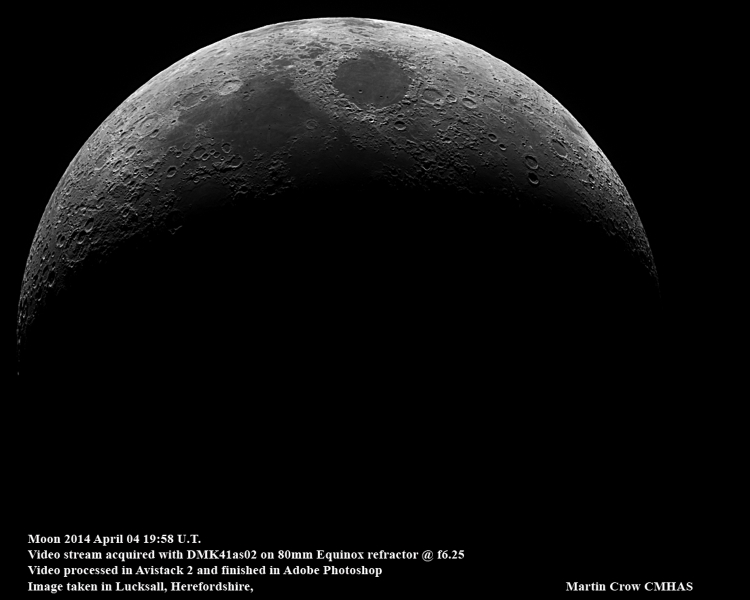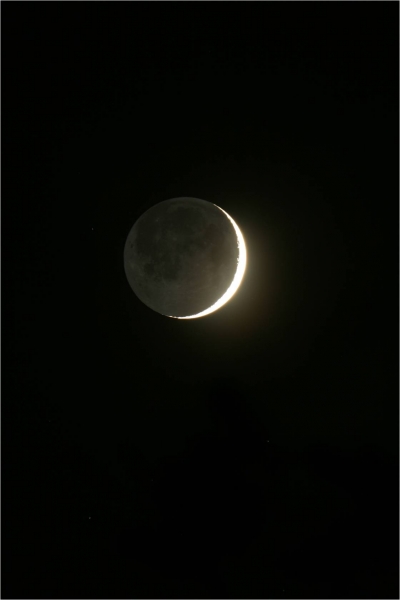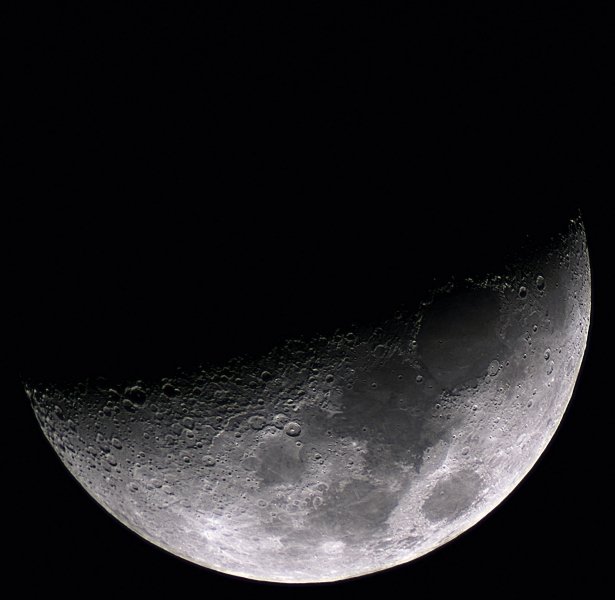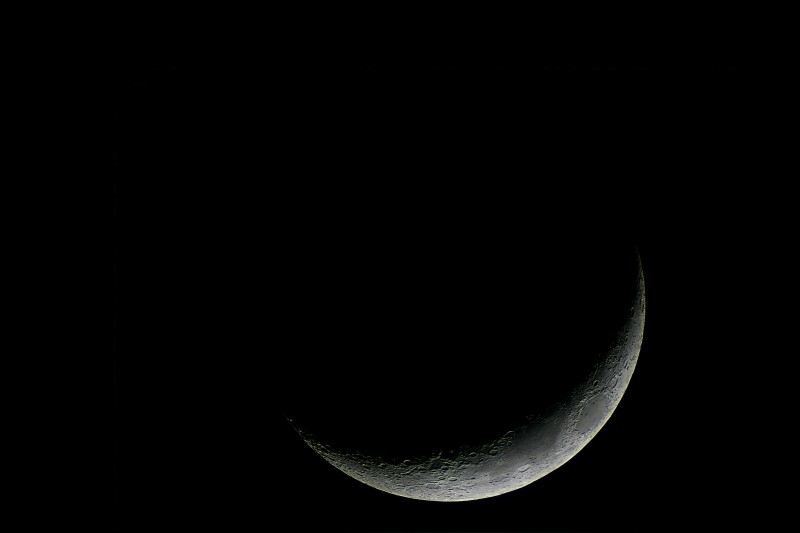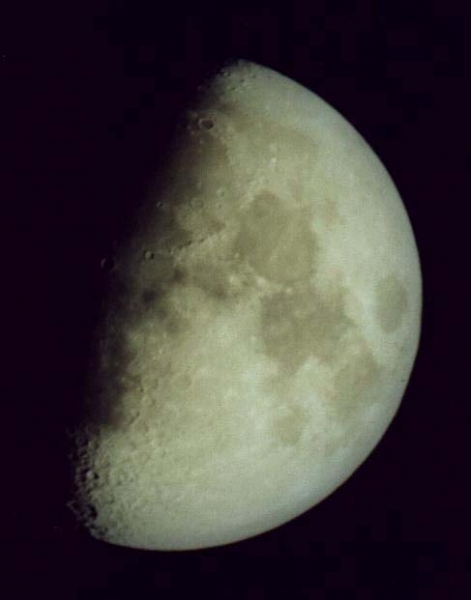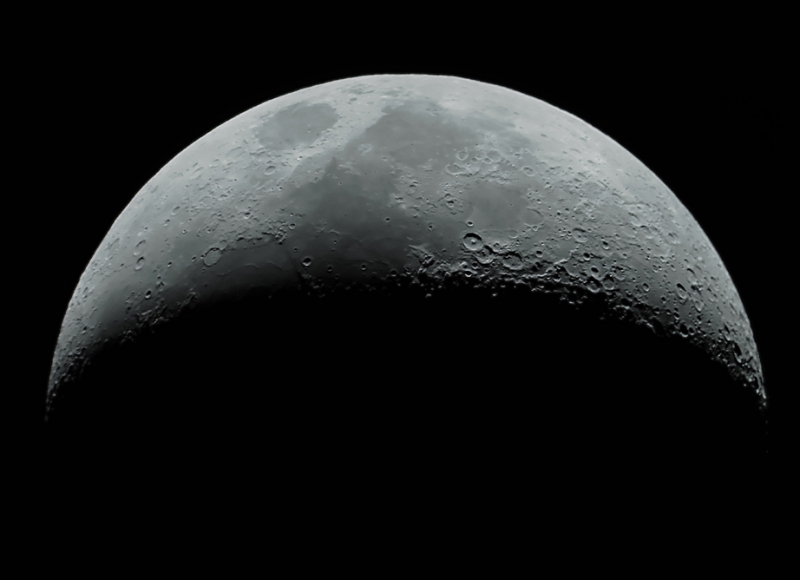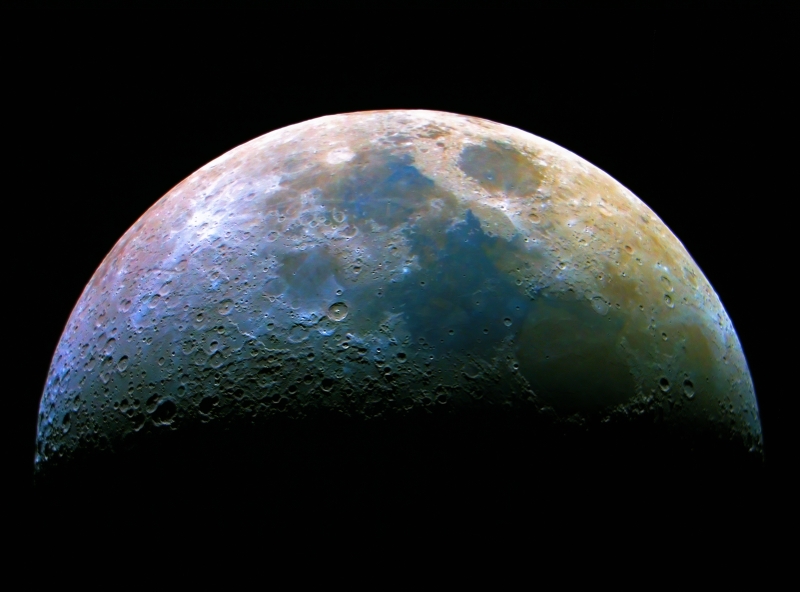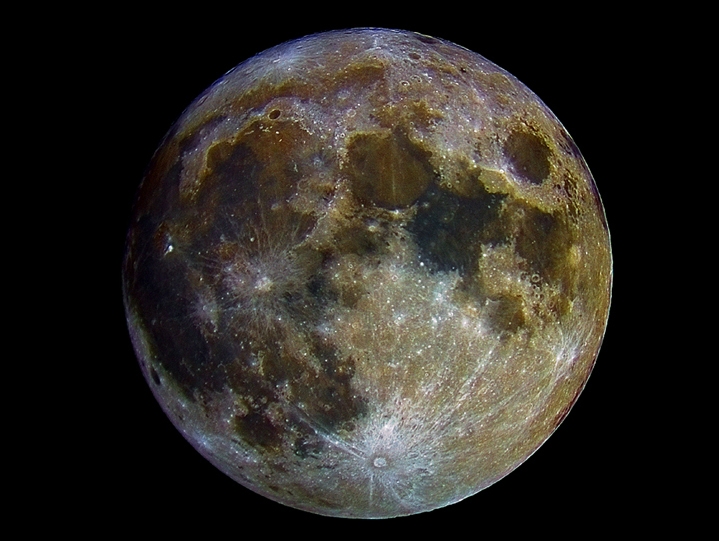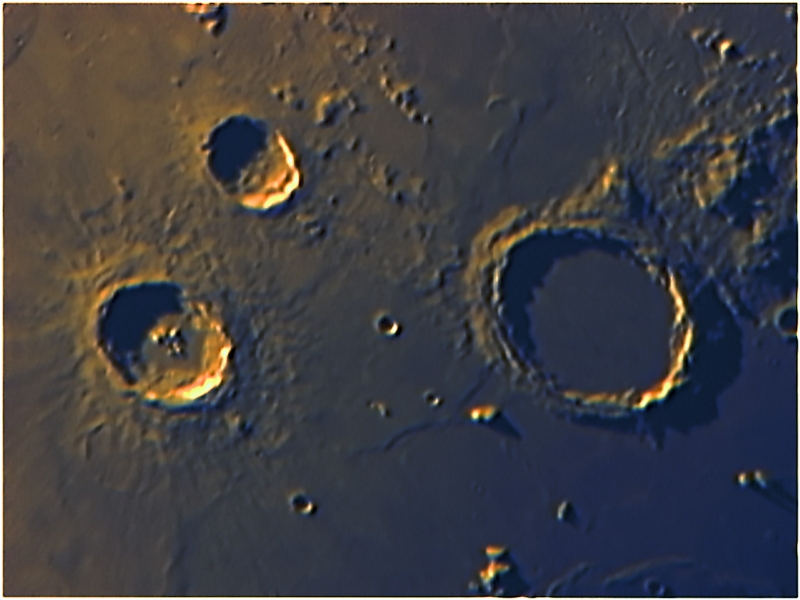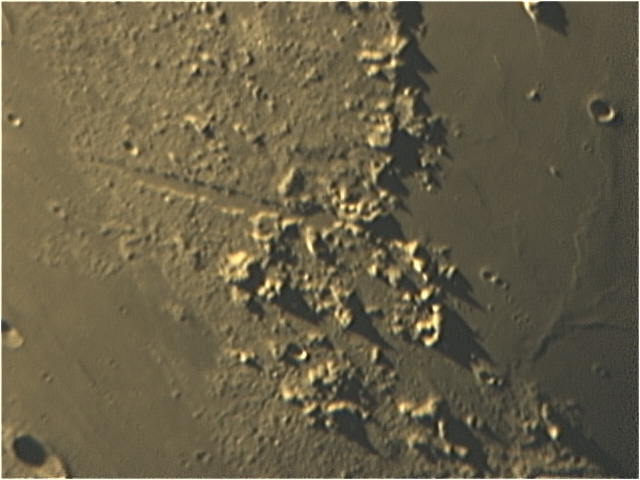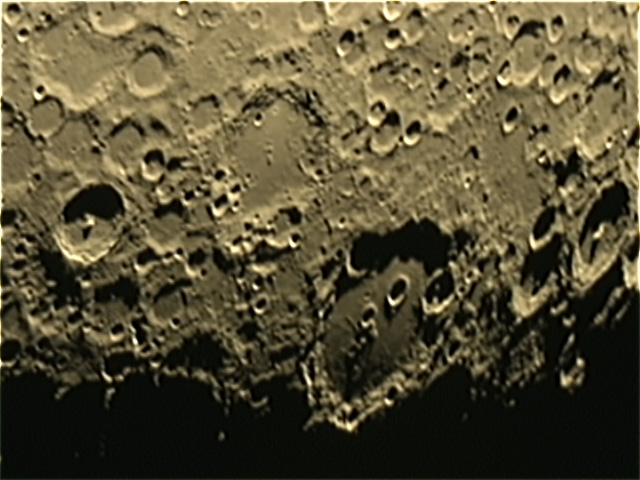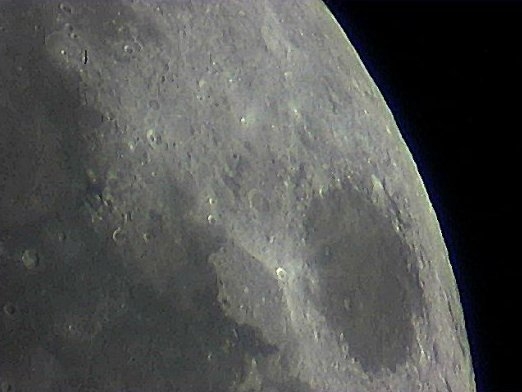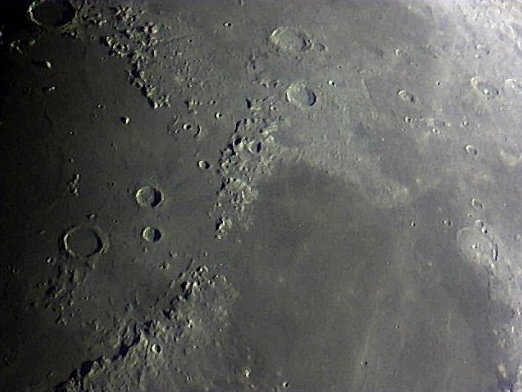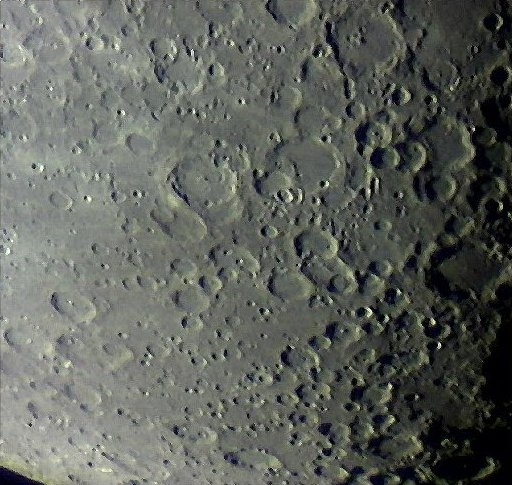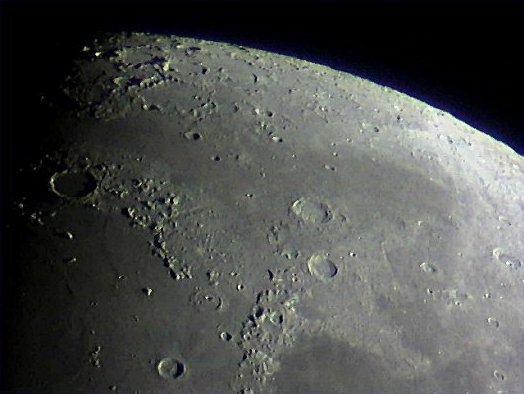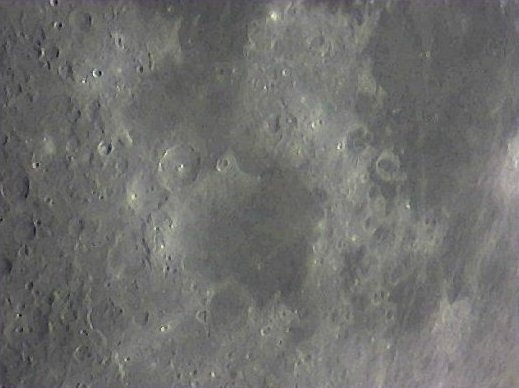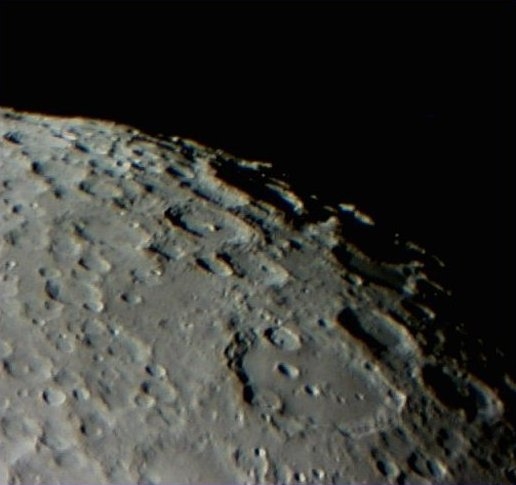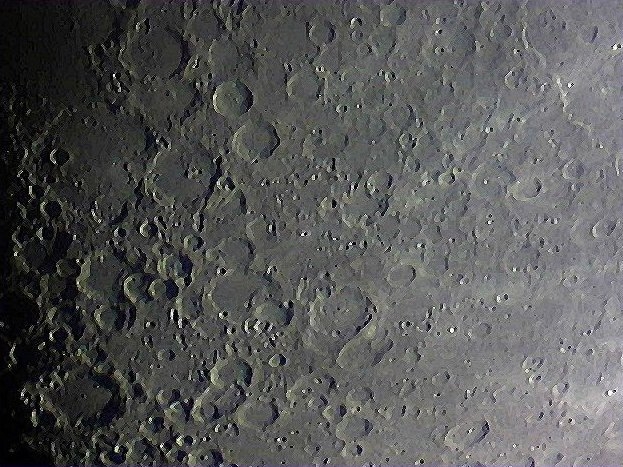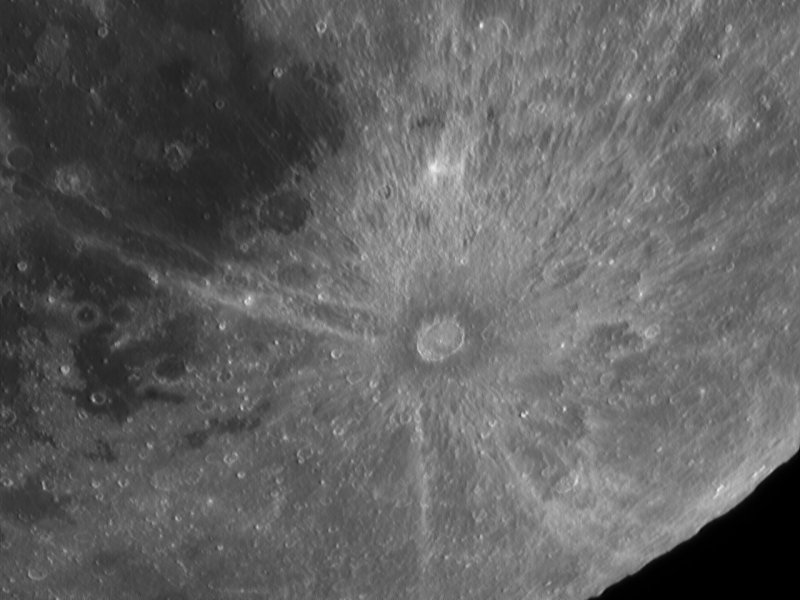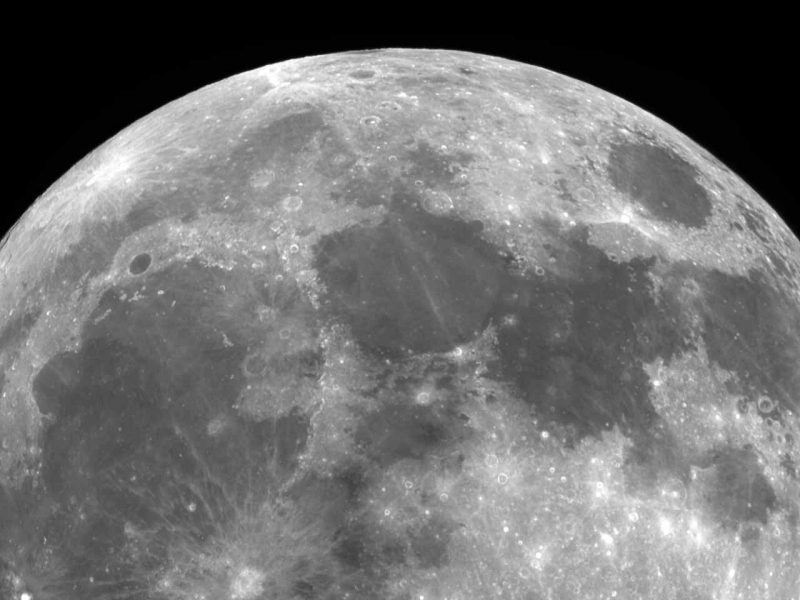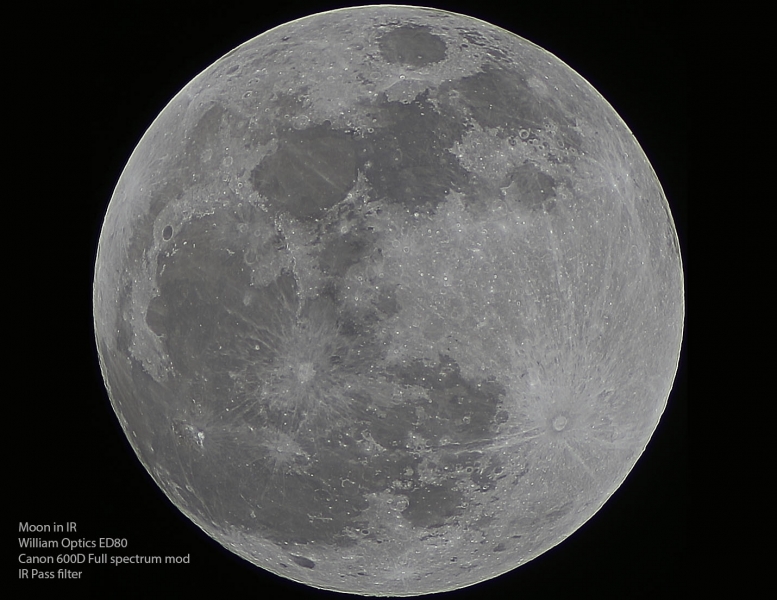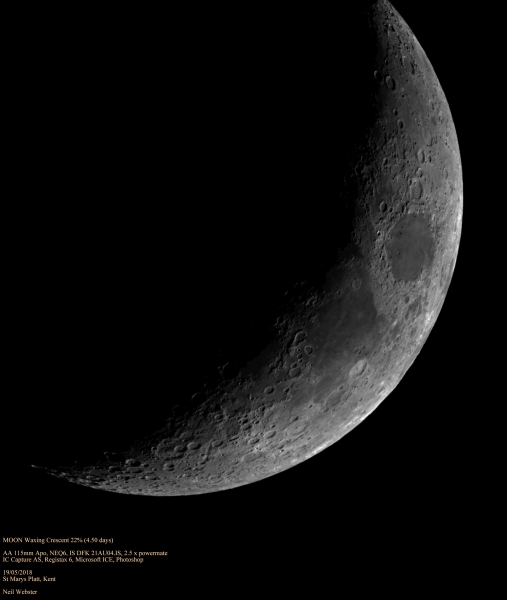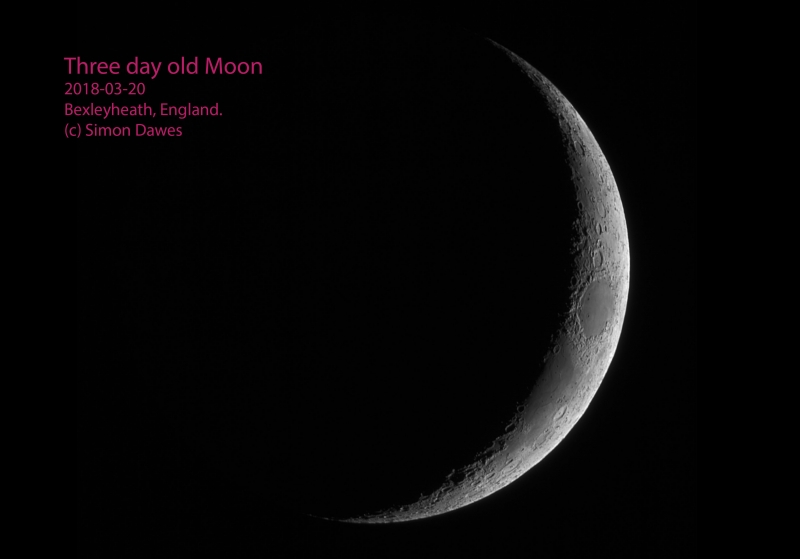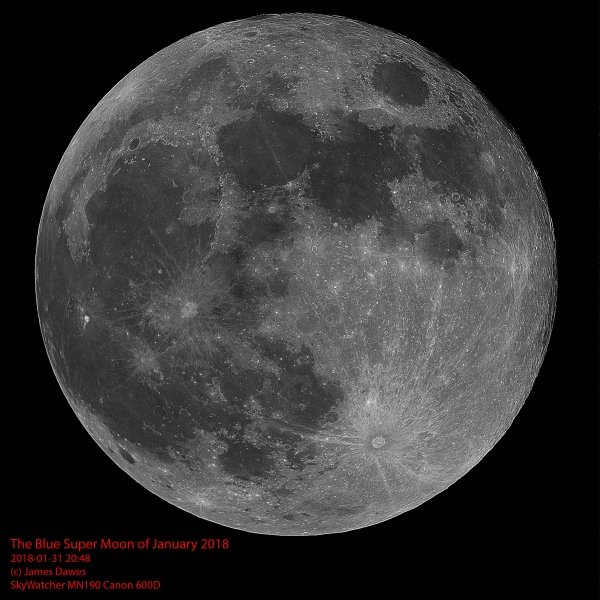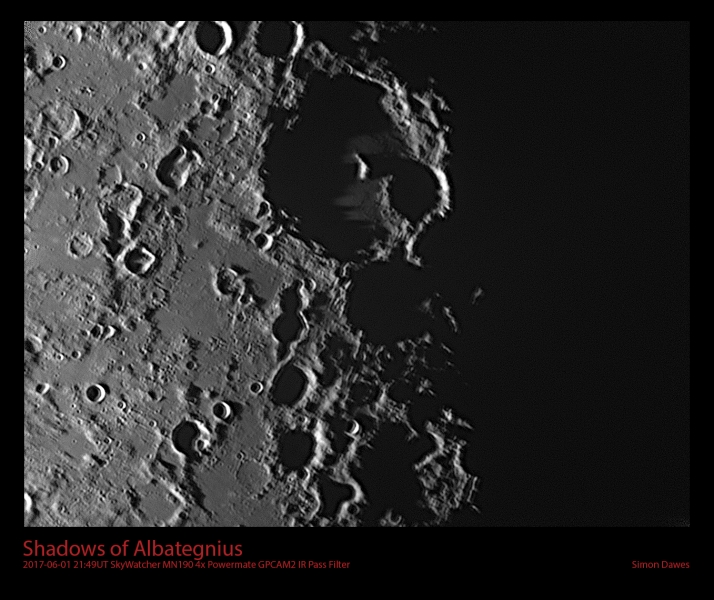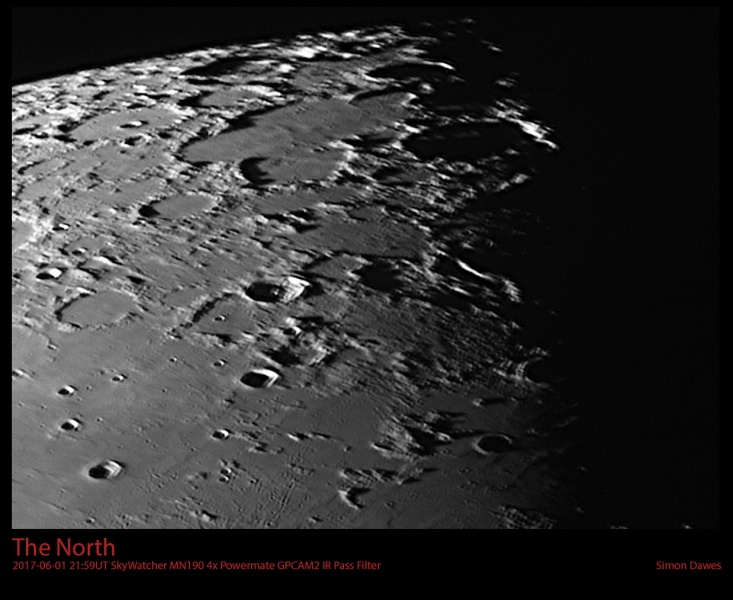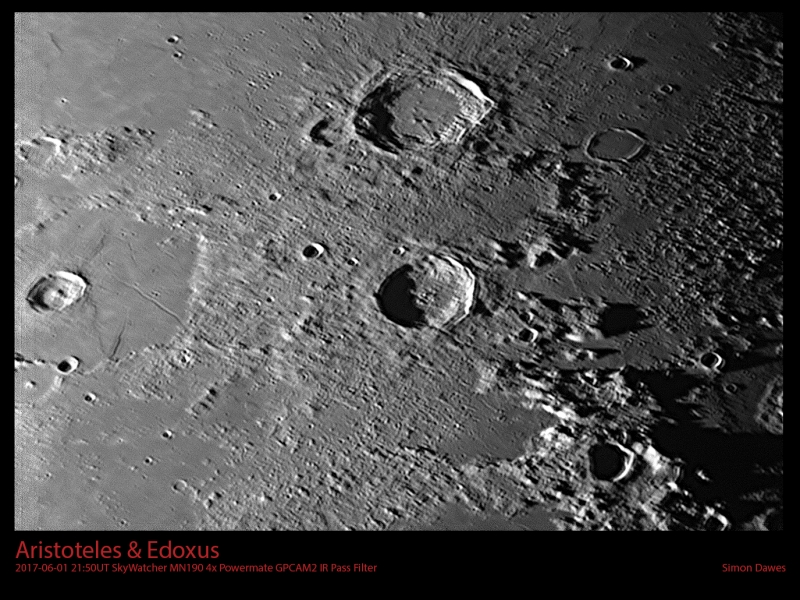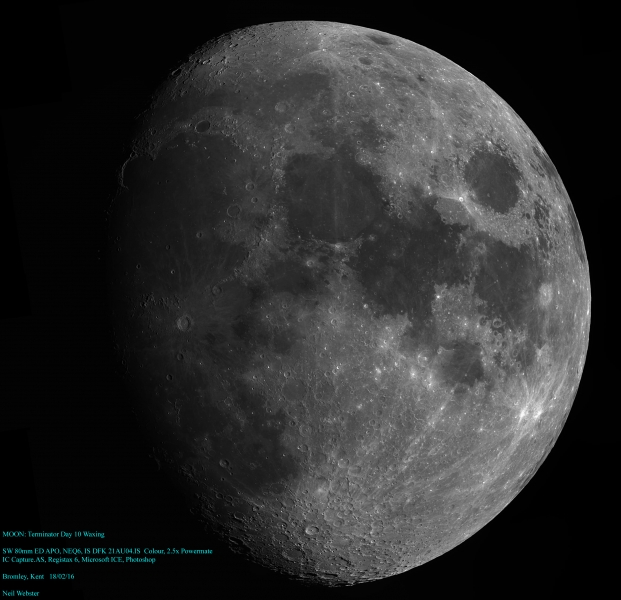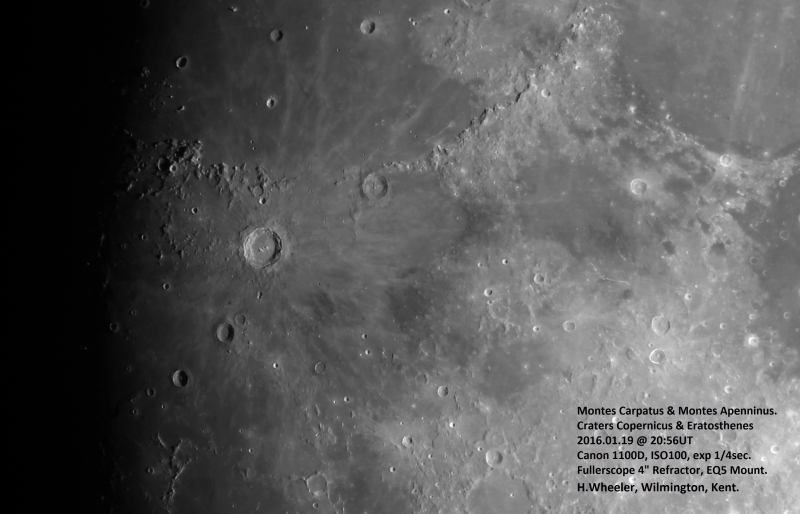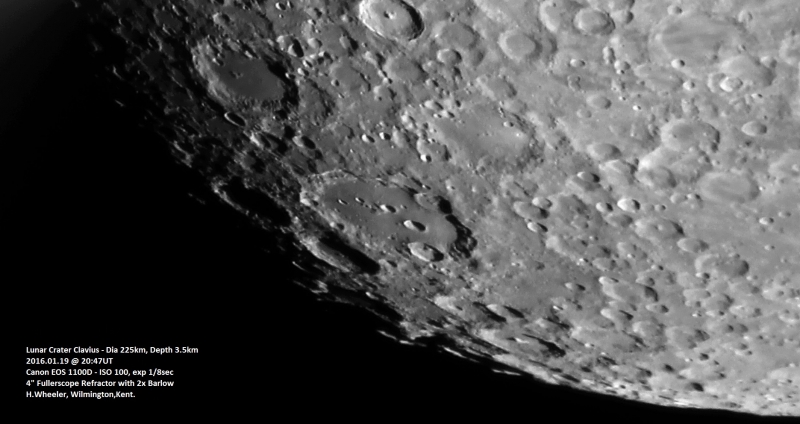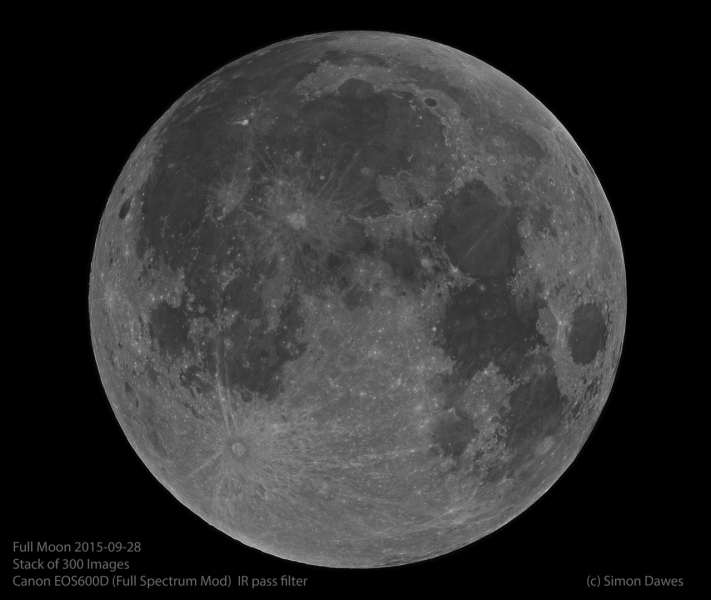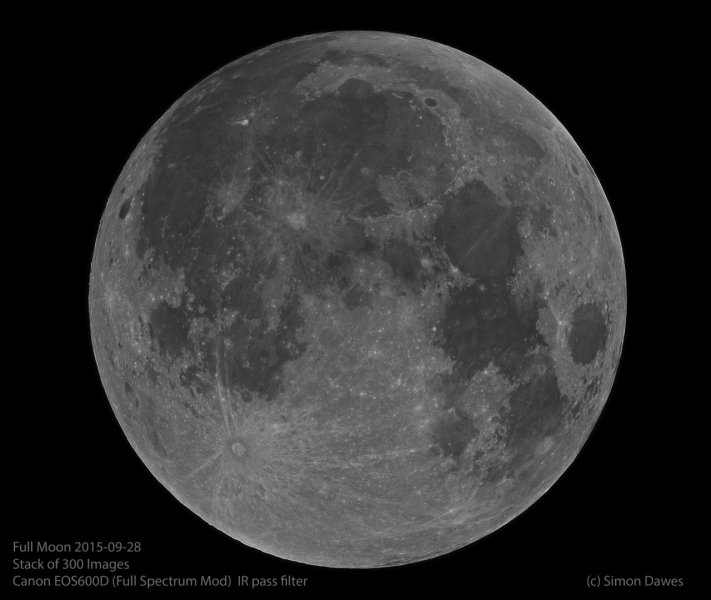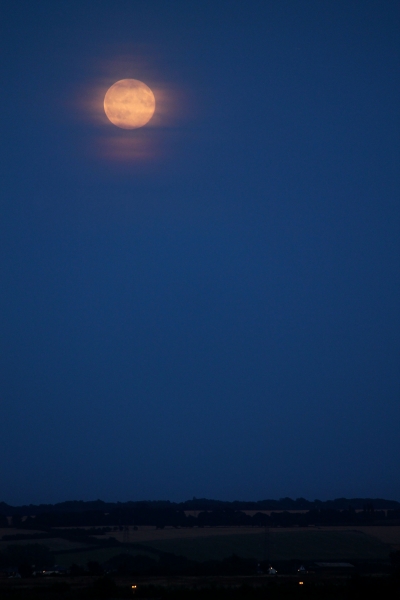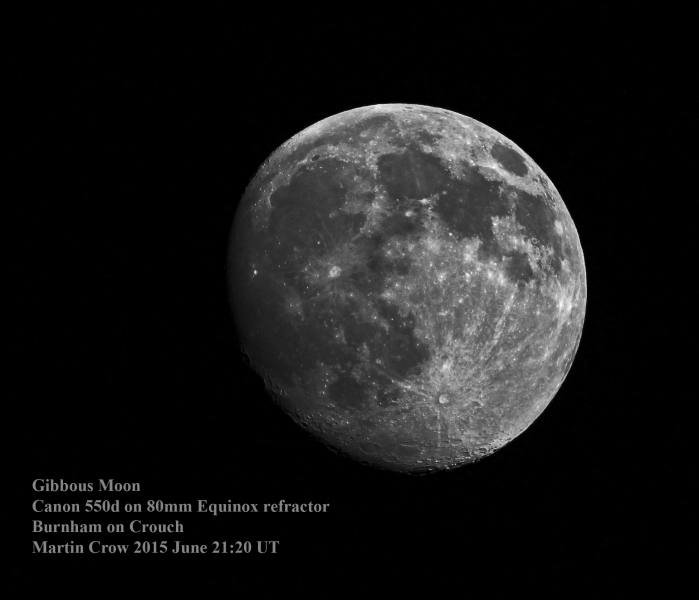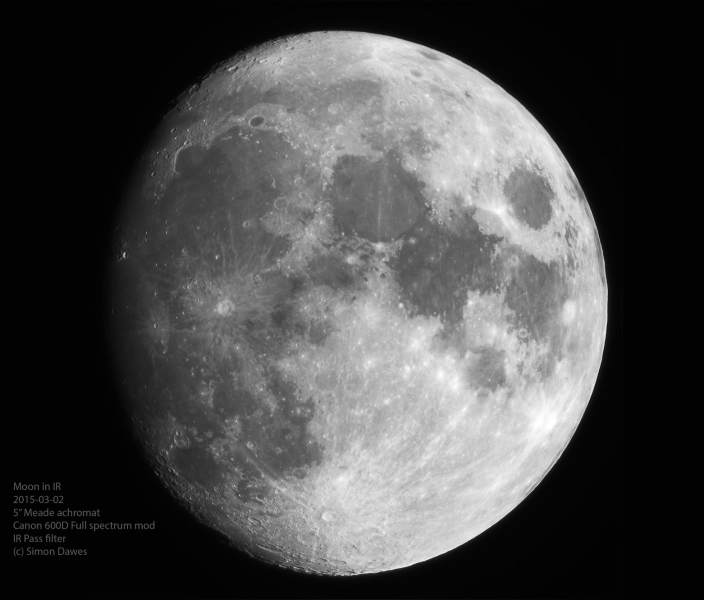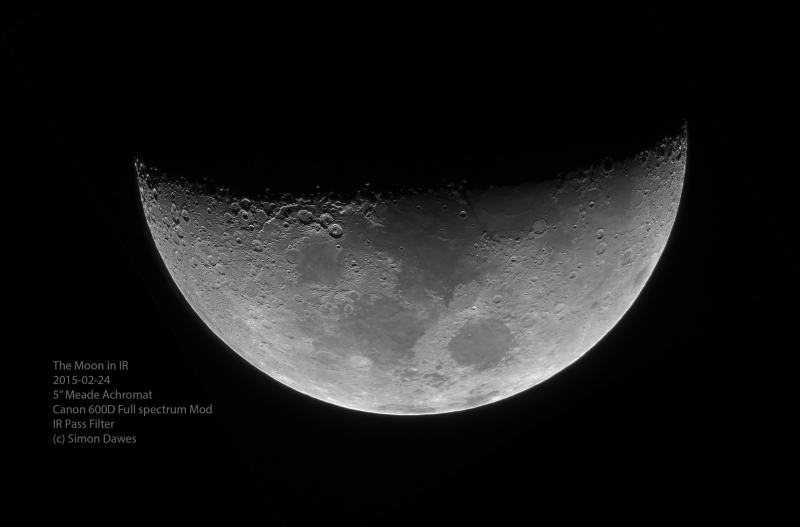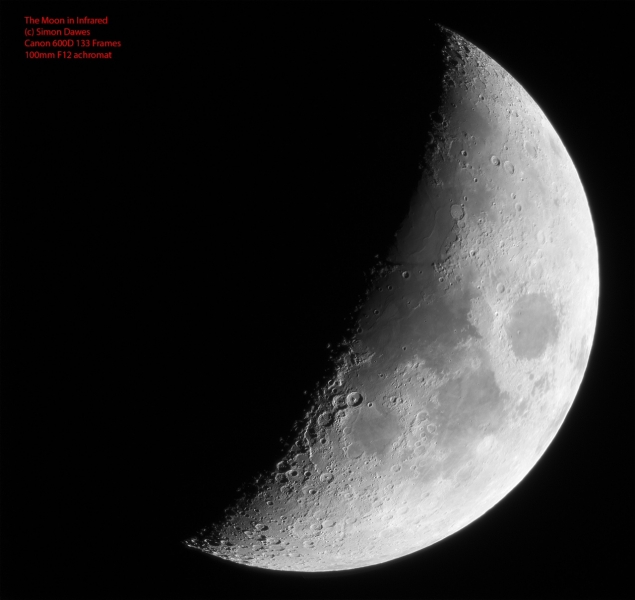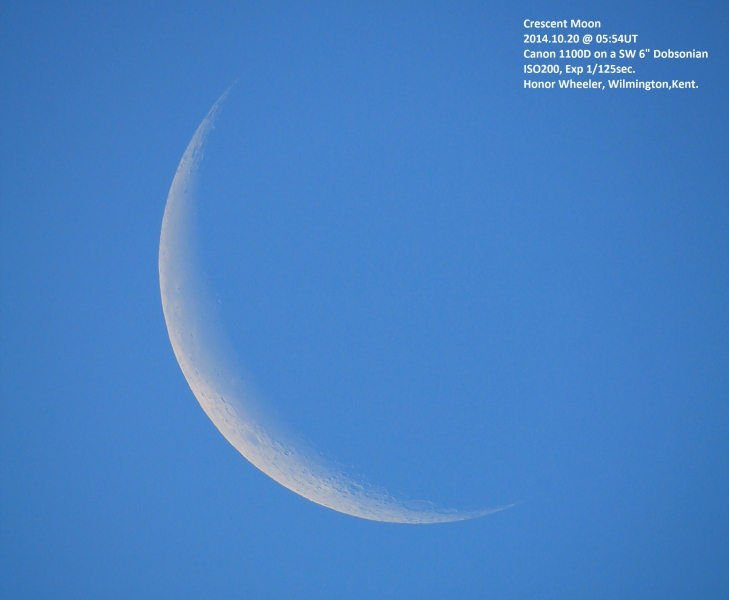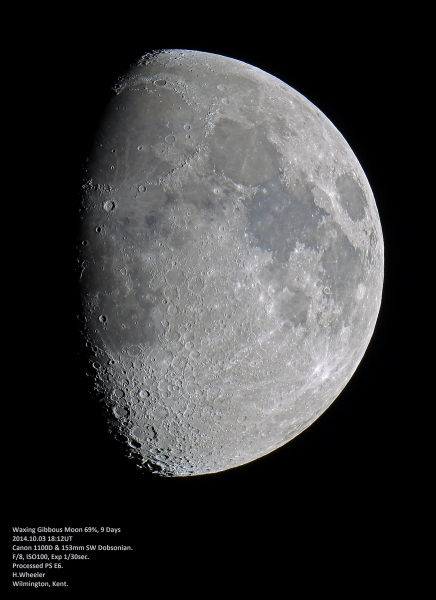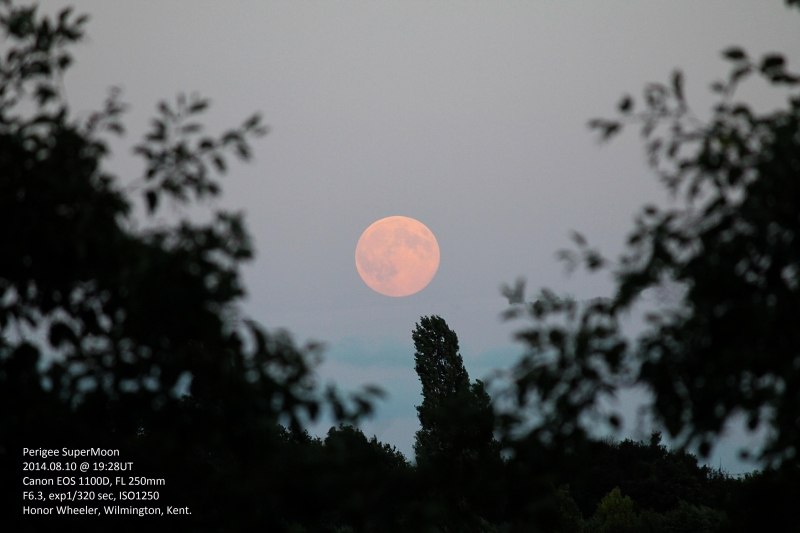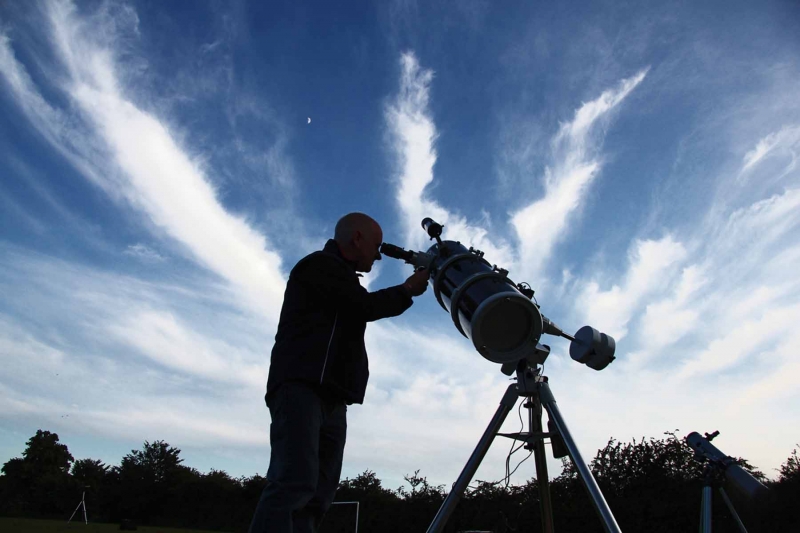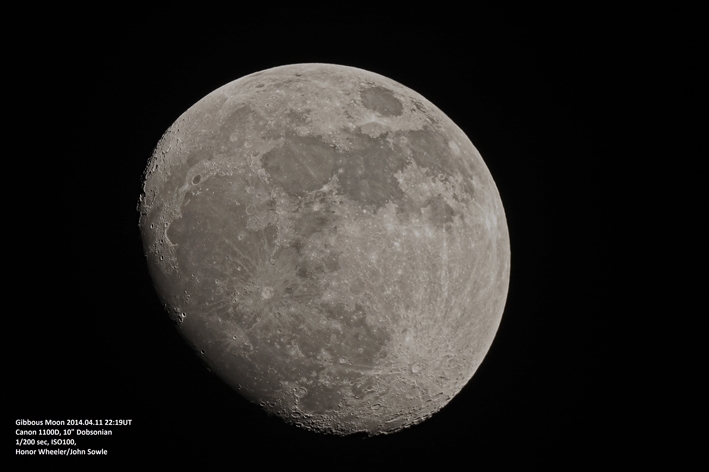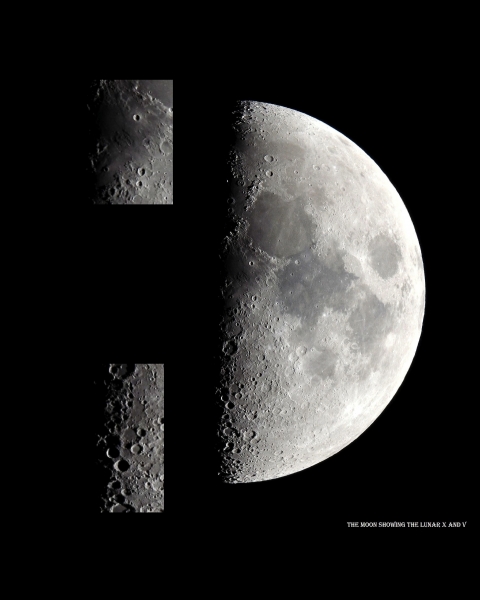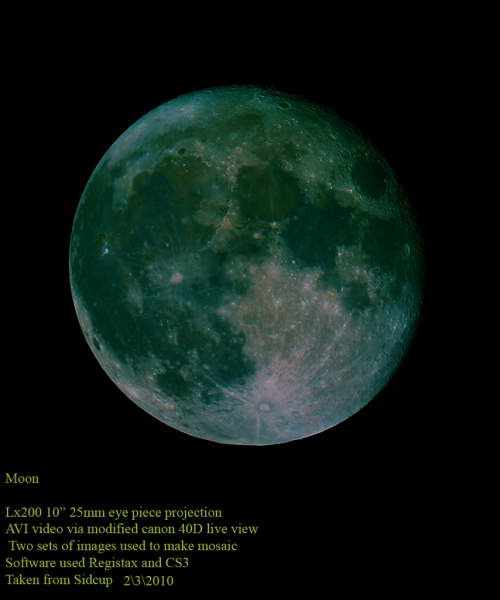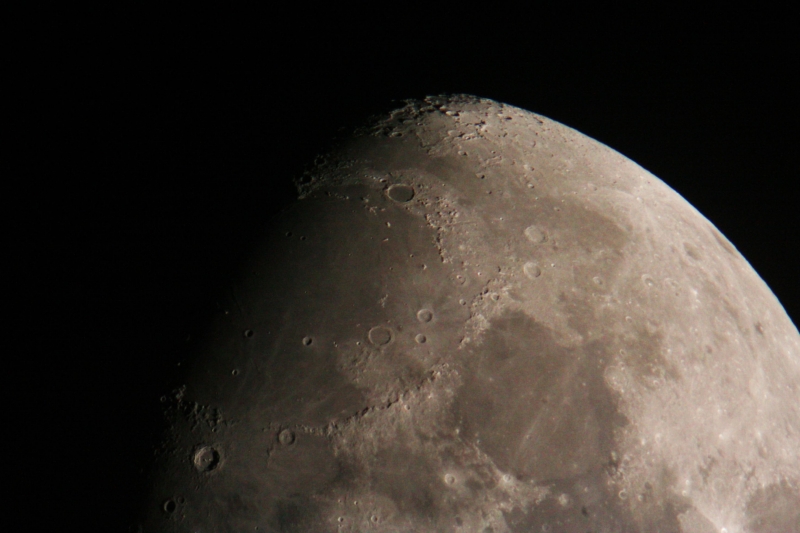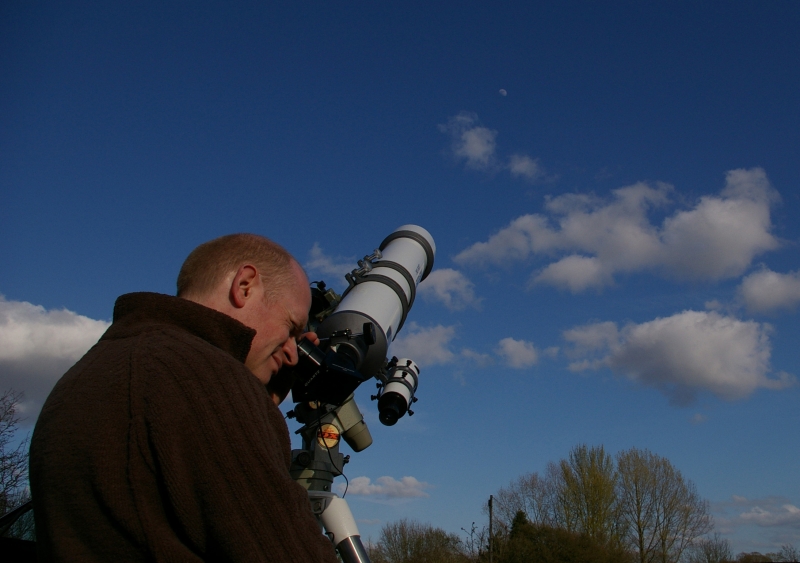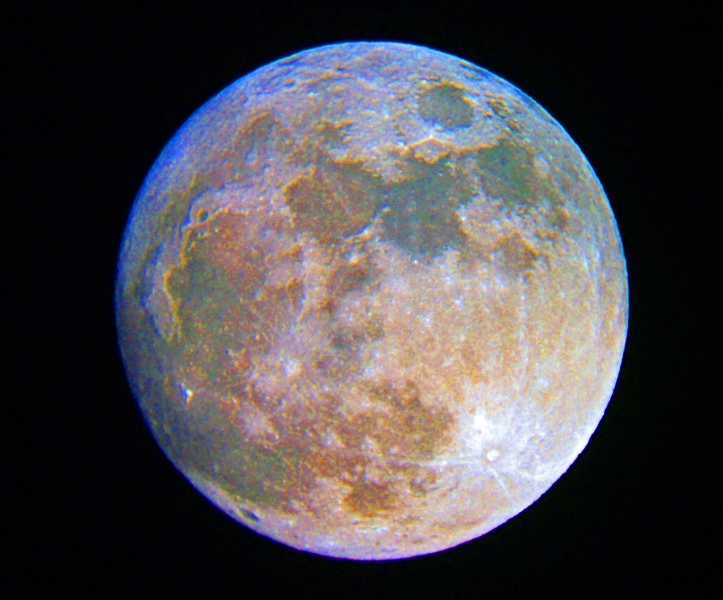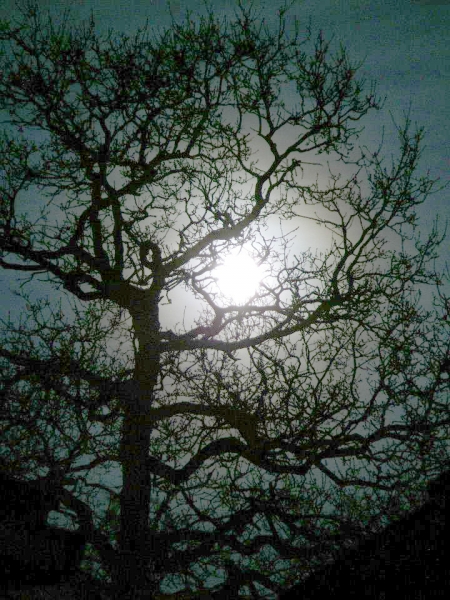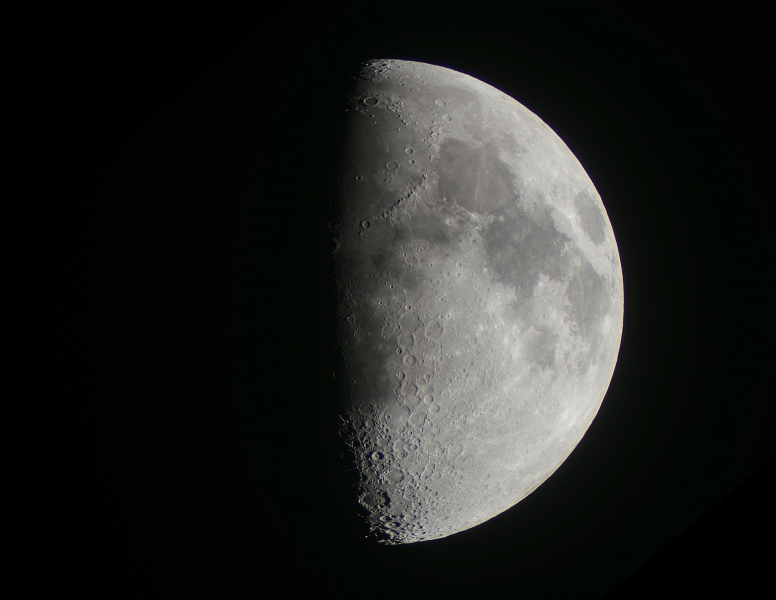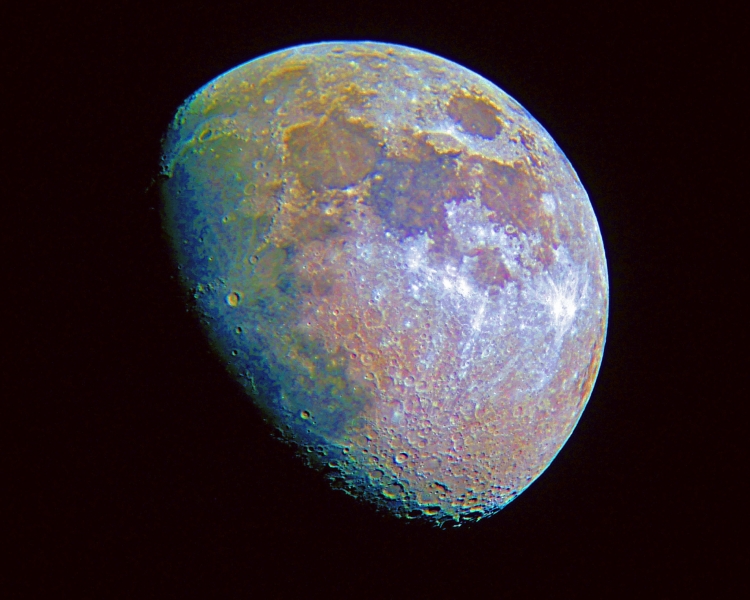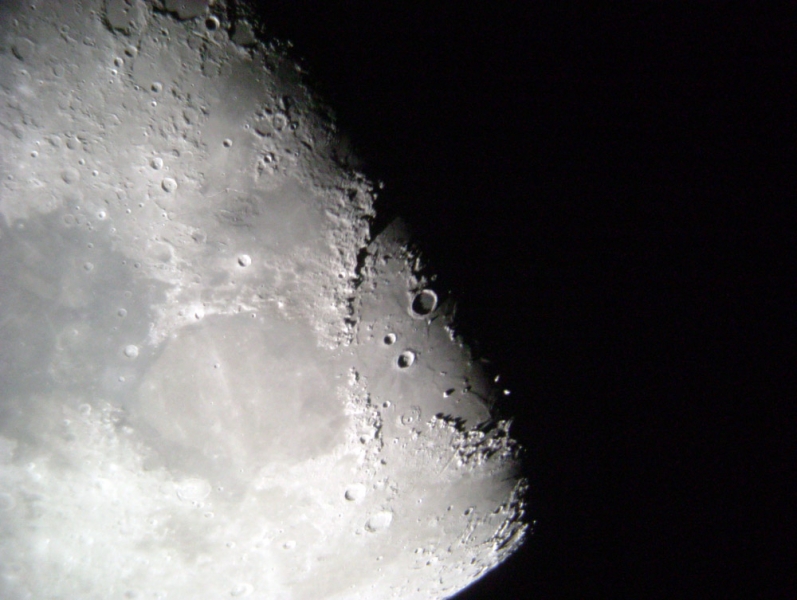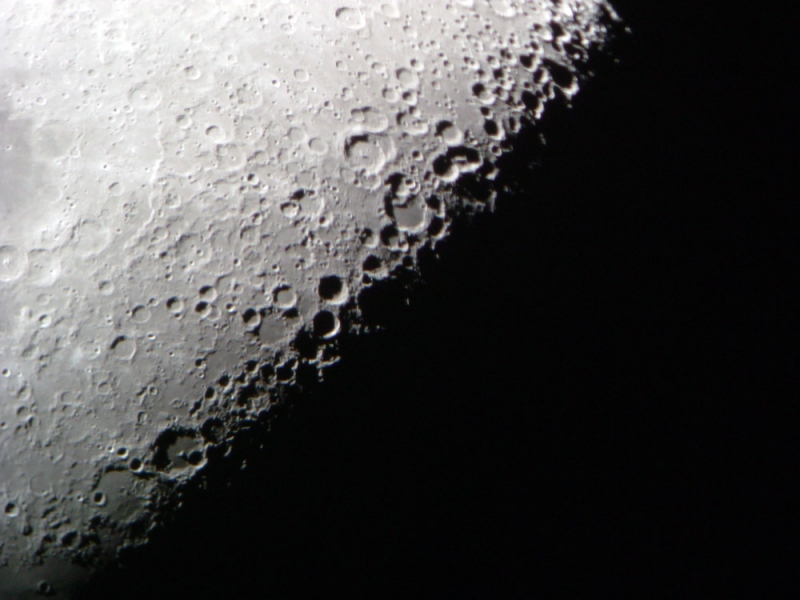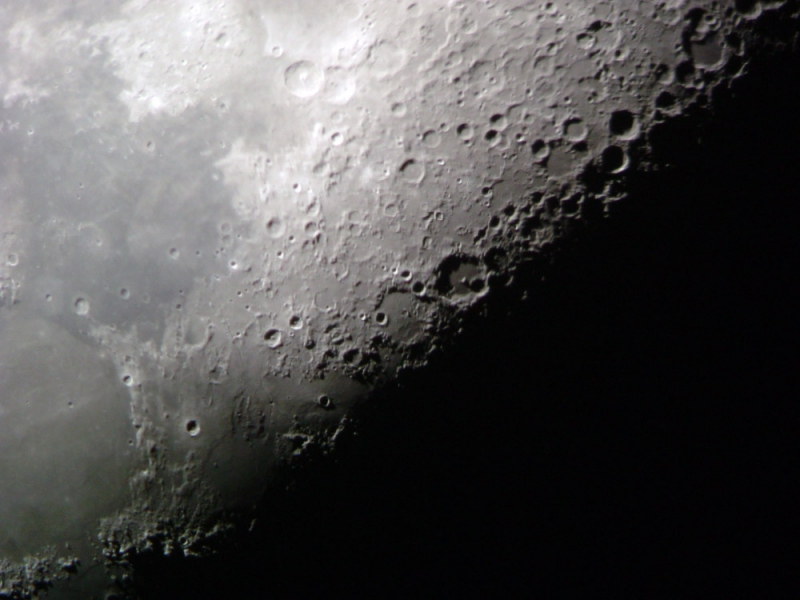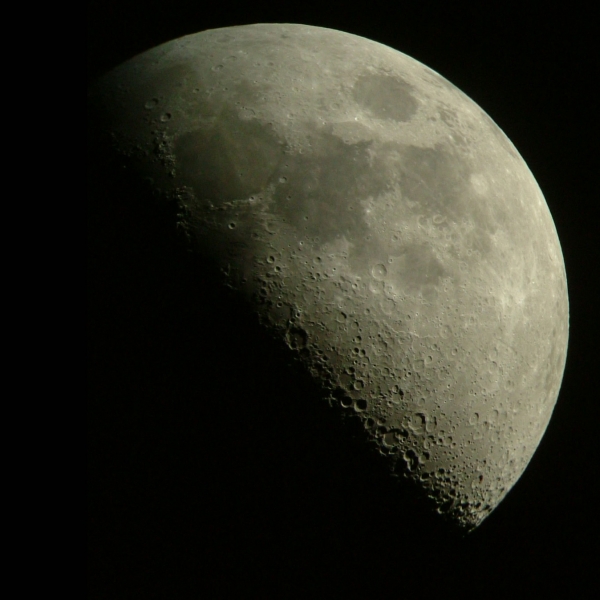Observing the Moon
The Moons seems such an obvious object but there is much to be observed, with just your mark 1 eyeball try observing the different phases, the order they occur and the time of day best to observe them. Look for the highlands and seas and see if you can spot the wobble of the moon (libration).
However if you have a telescope try observing the Lunar 100, or imaging the Moon’s features.
BAA Lunar Section | Wikipedia Entry
Recommended Filters
Neutral Density (ND) filters to remove the glare
Fringe Killer to remove any colour cast from refractor telescopes.
Imaging Filters:
IR Pass filter to improve the seeing.
Slideshow
Full Moon rising – 3rd July 2023 by Jim Burchell
A fantastic collection of images showing the Full Moon also known as the Buck Moon rising on the 3rd July 2023 by member Jim Burchell in the constellation of Sagittarius. All images were taken with a Pentax KP. It was also the 1st Supermoon of 2023.
The full Moon in July is called a Buck Moon after the new antlers that begin to grow from the forehead of a buck (male) deer at this time of year. They shed their antlers in the early spring or late winter, growing full again in July.
This Buck Moon is the first of four Supermoons that will rise this summer 2023 culminating with September’s Full Corn Moon on September 28th.
The Moon orbits the Earth in an elliptical shape rather than in a circle, so its distance to us (Earth) varies over time; so there are times in the Moon’s orbit when it is closer to the Earth and other times when it is further away. A Supermoon is a phenomenon that occurs when a full Moon takes place at the same time as the perigee; when the Moon is closest to the Earth.
A Supermoon is actually classified when a full Moon is closer than 360,000km to the Earth. This distance is around 21,000km closer than the Moon’s average distance from us of around 384,400km.
The Old Farmer’s Almanac which has published astronomical data for many centuries, says the Buck Moon would orbit closer to the Earth than any of the full Moons we have already had this year.
The end of August’s full Moon will be the only supermoon closer to the Earth this year, the publication said.
Below are Jim’s photos…..
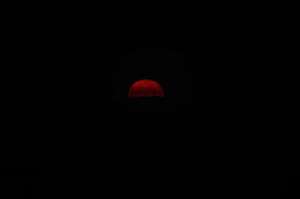
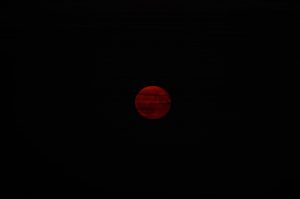
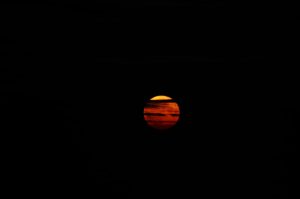
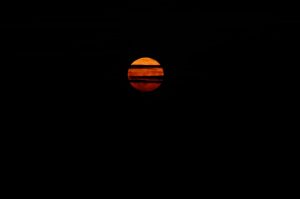
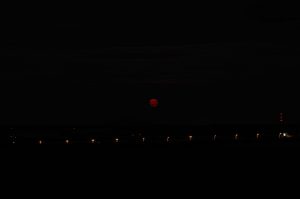
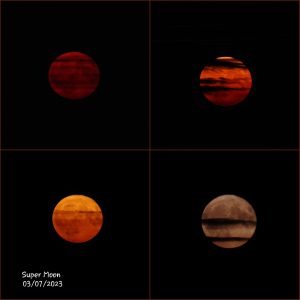
Note that 2024 will have four full Supermoons in a row too. They will occur on August 19, September 18, October 17 and November 15.
Venus and a Crescent Moon by members Jim Burchell & Gary Hunt
Look towards the West after sunset for a splendid view of Venus and the crescent Moon over the next few evenings.
Members Jim Burchell and Gary Hunt did yesterday evening the 21st May 2023 and captured these great images of a young crescent Moon with Venus.
Moon & Venus by Jim Burchell
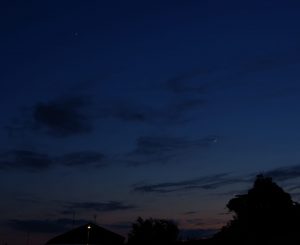
Moon & Venus by Gary Hunt
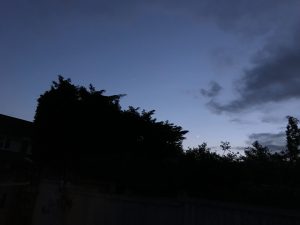
29 hour old Moon by John Howarth – 20th May 2023
A lovely photo of a young Moon in the constellation Taurus taken by CMHASD trustee John Howarth on the 20th May 2023.
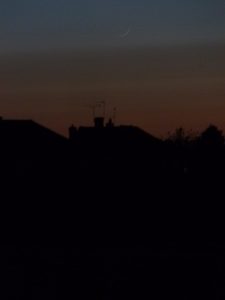
Sunset & Full Moon Rising by Jim & Honor – 5th May 2023
A collection of beautiful images of our Sun setting and a full Moon rising on the 5th May 2023 taken by members Jim Burchell & Honor Wheeler.
Sun with Sunspot setting by Honor
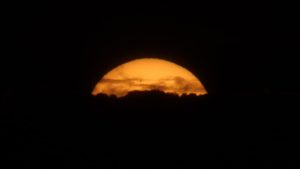
Sunset by Jim
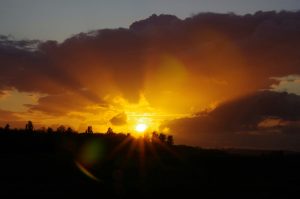
”The Full Moon of May is known as Flower Moon to signify the flowers that bloom during this month. Native Americans called it Budding Moon, Egg Laying Moon, and Planting Moon.
The Anglo-Saxon name for May’s brightest Moon phase is Milk Moon from the Old English Rimilcemona. It means three-milkings-month in modern English because cows were milked three times a day during this time of year. The Celtic and Old English names are Mothers’ Moon, Bright Moon, Hare Moon, and Grass Moon.” ref:https://www.timeanddate.com/astronomy/moon/flower.html
Flower Moon on 5th May by Honor
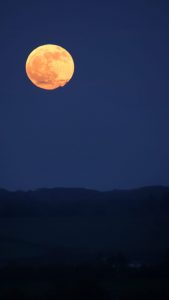
FLower Moon rising by Jim
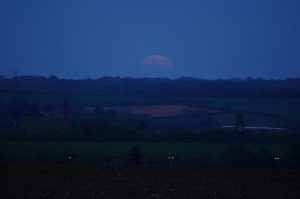
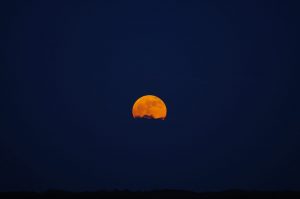
Waxing Gibbous Moon by Neil Webster
A lovely image of a waxing gibbous Moon taken on the 29th April 2023 by member Neil Webster.
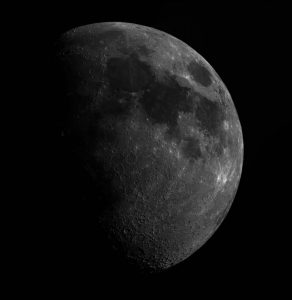
To see a higher resolution photo of Neil’s image – check out his flickr page at https://www.flickr.com/photos/137388222@N05/52861969736/.
Crescent Moon and Venus – 24th March 2023
Two lovely images of a crescent Moon, with Earthshine and Venus taken by member Jim Burchell on the 24th March 2023. The first image has the ISS in it too!
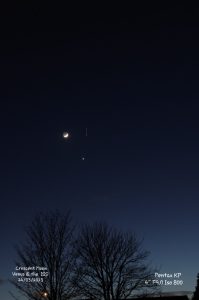
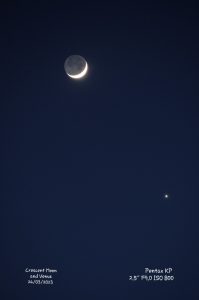
Full Worm Moon – 7th March 2023 by Jim Burchell & Honor Wheeler
A selection of super images of the Full Moon taken on the 7th March 2023.
”In March, the Full Moon is the Worm Moon. It is also called Lenten Moon, Crow Moon, Crust Moon, Chaste Moon, Sugar Moon, and Sap Moon. The Worm Moon gets its name from the earthworms that come out when the soil warms up. The worms provide food for birds and other animals. It happens around the changing of the seasons, from astronomical winter to spring in the Northern Hemisphere.” ref https://www.timeanddate.com/astronomy/moon/worm.html
This stunning very atmospheric image of the Full Worm Moon was taken by member Jim Burchell.
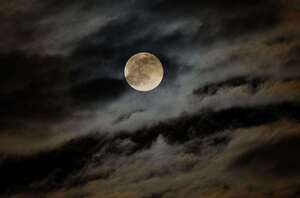
The next 3 beautiful images showing the Full Worm Moon rising were taken by member Honor Wheeler. Honor said ”Full Moonrise was not easy to capture tonight. The Moon barely escaped the cloud but got a few pics nonetheless.” and yes she did 🙂
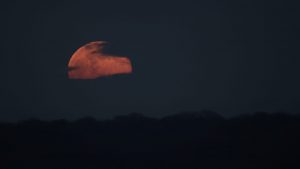
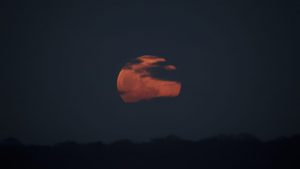
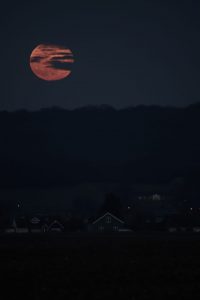
Images by Jim Burchell – 23rd to 25th Feb 2023
Member Jim Burchell was busy out and about towards the end of February photographing our stunning sky and below is a selection of his superb images.
Orion, Taurus and the Pleiades taken on the 23rd Feb from the CMHASD pavilion, Sutton-at-Hone.
Image was taken with a Pentax KP on a static tripod, F6.3, 30 sec, 18 MM and iso 800.
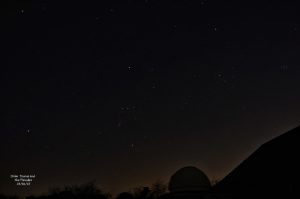
Crescent Moon on the 24th Feb.
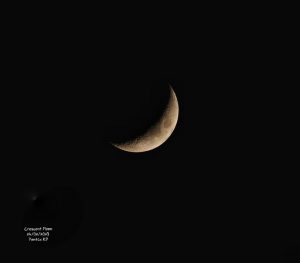
The Sun taken on the 24th Feb.
NEVER LOOK AT THE SUN DIRECTLY. Please see our Solar Observing safety page at crayfordmanorastro.com/solar-safety/
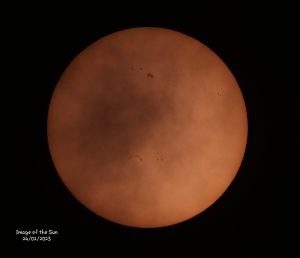
Crescent Moon with Jupiter & Venus on the 25th Feb.
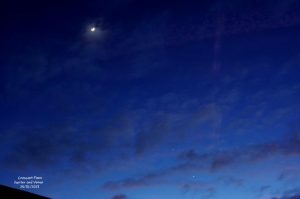
Beautiful Snow Moon by Jim Burchell
On the 5th February 2023, member Jim Burchell captured this absolutely beautiful image of the full moon also known as the Snow Moon. Jim took the photo using a Pentax KP, 300 mm, F7.1 1/25 sec and iso 400.
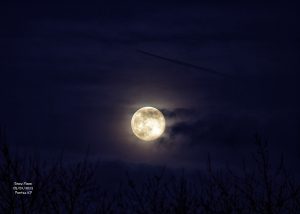
Snow Moon – 5th Feb 2023 by Neil Webster
Processed in Photoshop.
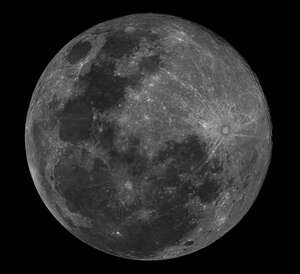
The Moon & Earthshine by Honor Wheeler – Dec 2022
Three wonderful images of our Moon acquired by CMHASD member Honor Wheeler back in December 2022. The 1st image was taken on the 29th Dec 2022 and the next two on the 26th Dec 2022, all from North Kent.
Honor acquired her super image below of what looks like a ‘Half Moon’ at 20221229_2103UT by using a Canon M6 Mark II, 102mm Refractor, EQ3 synscan mount, x2 Barlow and ISO400, exp1/320s.
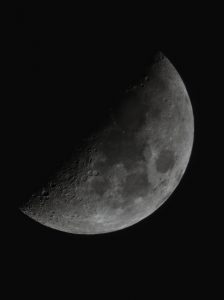
The next image below of a beautiful crescent Moon was acquired by Honor at 20221226_1654UT using a Canon M6 Mark II, 102mm Refractor, EQ3 synscan mount, x2 Barlow and ISO200, exp1/30s
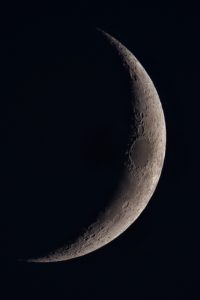
Honor’s 3rd image below showing a stunning amount of Earthshine was acquired at 20221226_1737UT using a Canon M6 Mark II, 102mm Refractor, EQ3 synscan mount, x2 Barlow and ISO400, exp4s. For more information about Earthshine click here.
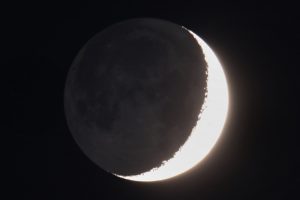
Moon & Earthshine – 2023.01.18
Being up early on dark mornings has its rewards as member Jim Burchell shows here with these super images of a crescent Moon on the morning of the 18th January 2023. The amount of ‘Earthshine’ captured in the 1st photo by Jim is stunning. Also in the photo – bottom left, is the star Alniyat in Scorpius.
”Earthshine is a dull glow which lights up the unlit part of the Moon because the Sun’s light reflects off the Earth’s surface and back onto the Moon. It is also sometimes called ashen glow, the old Moon in the new Moon’s arms, or the Da Vinci glow, after Leonardo da Vinci, who explained the phenomenon for the first time in recorded history…… Earthshine is best seen a few days before and after a New Moon, right after sunset or before sunrise. Scientists studying global warming found that earthshine is more intense in April and May” ref: https://www.timeanddate.com/astronomy/earthshine.html
Crescent Moon & Earthshine with Alniyat in Scopius by Jim Burchell
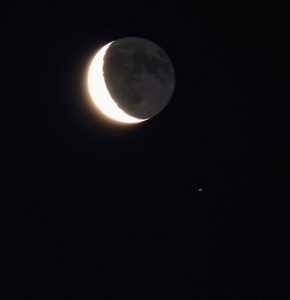
The 2nd image below shows more detail of the crescent Moon.
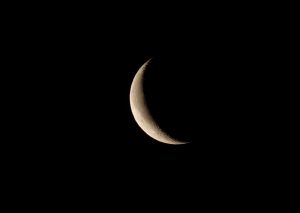
The Moon – 2023.01.02
Another stunning image of the Moon taken by member Neil Webster on the 2nd January 2023. The image is of a waxing Gibbous Moon at 85.0% and 10.39 days old. The image is a mosaic made up of 6 frames stitched in Microsoft ICE.
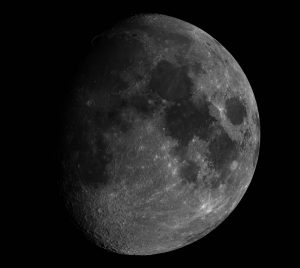
Below is one of the frames taken by Neil which he said was his favourite!
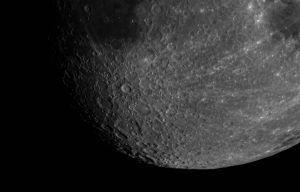
You can see a higher resolution image on Neil’s flickr page at https://www.flickr.com/photos/137388222@N05/52602589747/
Crescent Moon by Richard Bohner – 2022.12.27
Member Richard Bohner captured these superb detailed images of the crescent Moon on the 27th Dec 2022 from Arizona, USA. Amazing how much detail has been acquired using an iPhone camera held up to an eyepiece 🙂
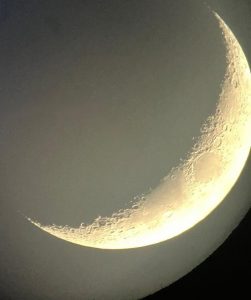
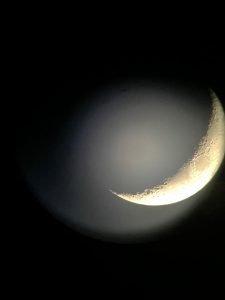
Winter Solstice Crescent Moon by Jim Burchell
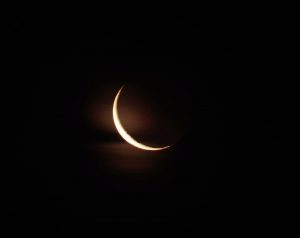
Member Jim Burchell’s ‘Winter Solstice crescent Moon‘ captured on the morning of the 21st Dec 2022 – The Winter Solstice. According to the astronomical definition, winter begins with the winter solstice in December in the Northern Hemisphere and in 2022 that was on the 21st Dec 2022.
The Hunter’s Moon – 9th October 2022
Members Jim Burchell, John Howarth and Honor Wheeler took the opportunity to photograph the glorious full moon, also known as The Hunter’s Moon on the 9th October 2022 from various locations in North Kent and below are their superb results.
”Hunter’s moon is mentioned in several sources as the Anglo-Saxon name for the Full Moon of October. This is the month when the game is fattened, and it is time to start preparing for the coming winter. Traditionally, this included hunting, slaughtering and preserving meats for use in the coming winter months. Other names are Travel Moon and Dying Grass Moon. Some also called it Blood Moon or Sanguine Moon, which also refers to the hunting season. However, this name should not be confused with the term Blood Moon to describe a Total Lunar Eclipse.” https://www.timeanddate.com/astronomy/moon/hunters.html
Moonrise by Honor Wheeler. 3 Moonrise images layered using android app Snapseed. Images acquired using a camera – Canon M6 mark II with 18-400mm lens. ISO500, exp1/10sec at F8.
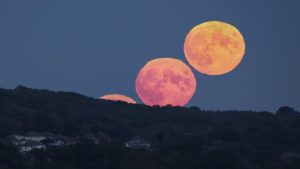
The Moon by Jim Burchell. Image acquired using a Pentax KP camera.
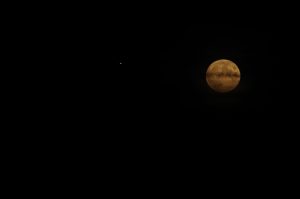
The Hunter’s Moon & Jupiter by Jim Burchell.
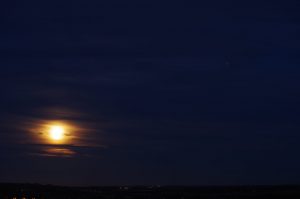
The Hunter’s Moon by John Howarth.
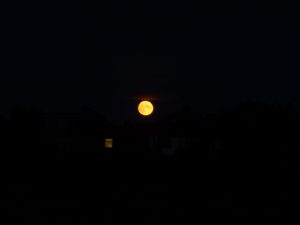
The Moon, Mercury, Mars & Orion by Jim Burchell
Member Jim Burchell was up early on Sunday the 9th October 2022 and took a super collection of photos of the early morning sky using his Pentax camera from Dartford. Jim captured Mercury at greatest elongation that morning; along with Mars, the Moon plus the constellation Orion.
Looking East – Mercury at greatest elongation
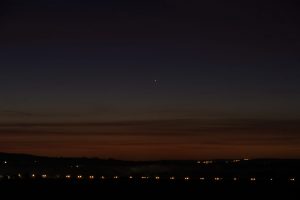
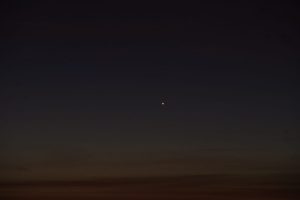
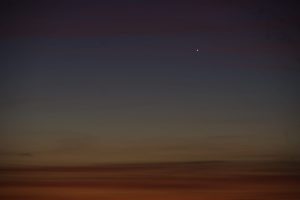
Looking South – the constellation Orion and Mars. Mars is above Orion (top, centre)
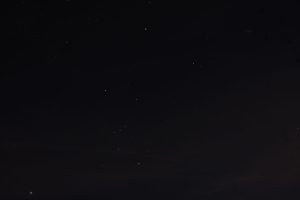
Looking South West – the Moon

The Moon as it set
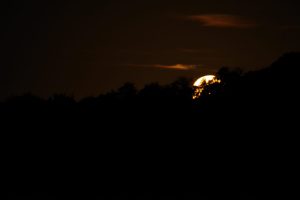
The Moon & Jupiter – 8th October 2022
The Moon & Jupiter on the 8th October 2022 taken by member Jim Burchell using a Pentax KP camera.
Jupiter is top left of the Moon in the photo.
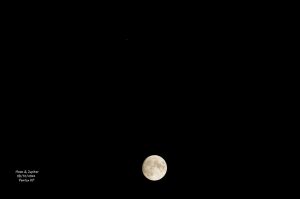
0.01 Phase Moon by Jim Burchell – 25th August 2022
Two absolutely fantastic images of the Moon at 0.01 phase taken by member Jim Burchell on the morning of the 25th August 2022 from Dartford. The second image shows the Moon with Venus on the right.
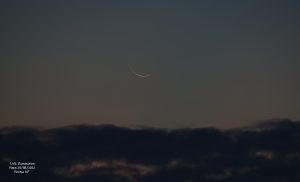
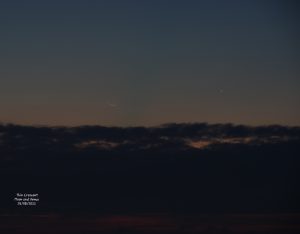
Waning Crescent Moon by Neil Webster
A superb image of the moon at 3.30am on the 20th Aug 2022. This is Neil’s first waning crescent moon image of the moon at 40.9% & 33 days old.
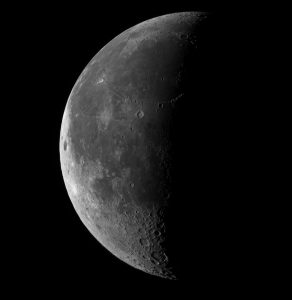
Other Images
Sun | Comets | Mercury | Venus | Atmospheric Optics | Meteors | Auroa and NLC | Moon | Minor Planets | Mars | Jupiter | Saturn | Uranus | Neptune | Messier | Caldwell | All Deep Sky | Conjunctions | Transits | Solar Eclipse | Lunar Eclipse | Wide Field |ISS & Space Junk | Exo-Planets
All images are copyright. Permission must be sought to from the image owner to the use of any of these images.






